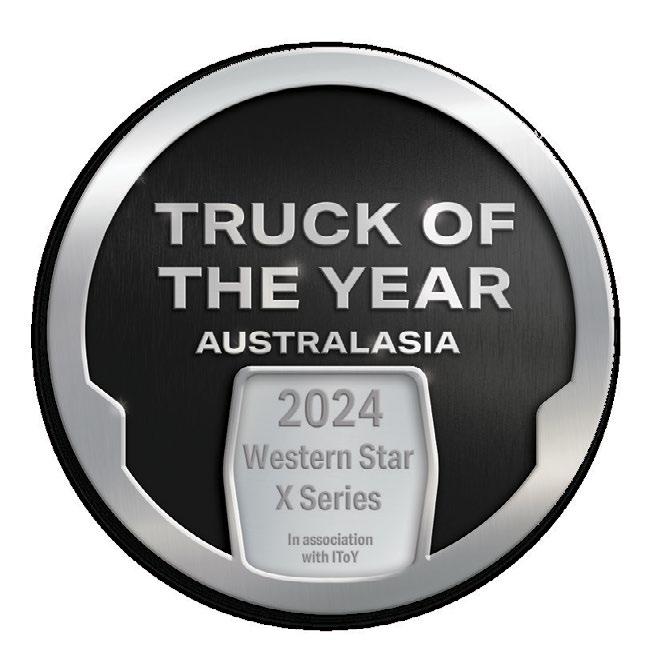




















For the second year running the results are in and we couldn’t be happier. Scania has once again been voted the number one* truck brand in the country by the people whose opinion we value the most - New Zealand truckies.
We’re chuffed to have rated highest on all measures, including most preferred, comfort, safety, sustainability, performance, efficiency, service and parts. Thanks again New Zealand. It means a lot.


EDITORIAL DIRECTOR
Dave McCoid
Ph: 027 492 5601
Email: dave@nztrucking.com
EDITOR
Gavin Myers
Ph: 027 660 6608
Email: gavin@nztrucking.com
For all advertising enquiries:
ADVERTISING MANAGER
Pav Warren
Ph: 027 201 4001
Email: pav@nztrucking.co.nz
Mike Devon
Ph: 027 332 4127
Email: mike.devon@nztrucking.co.nz
Maddy McCoid
Ph: 027 336 6811
Email: maddy@nztrucking.co.nz
SUB
Tracey Strange, Faye Lougher
EDITORIAL



Zealand Trucking magazine is published by Long Haul Publications Ltd. The contents are copyright and may not be reproduced without the consent of the editor. Unsolicited editorial material may be submitted, but should include a stamped, self-addressed envelope. While every care is taken, no responsibility is accepted for material submitted. Opinions expressed by contributors are not necessarily those of New Zealand Trucking or Long Haul Publishing Ltd. All rights reserved. This magazine is subject to the New Zealand Press Council. Complaints are to be first directed to: editor@nztrucking.co.nz with “Press Council Complaint” in the subject line. If unsatisfied, the complaint may be referred to the Press Council, PO Box 10 879, The Terrace, Wellington 6143 or by email at info@presscouncil.org.nz
Further details and online complaints at www.presscouncil.org.nz
6 months (6 issues)
One
1

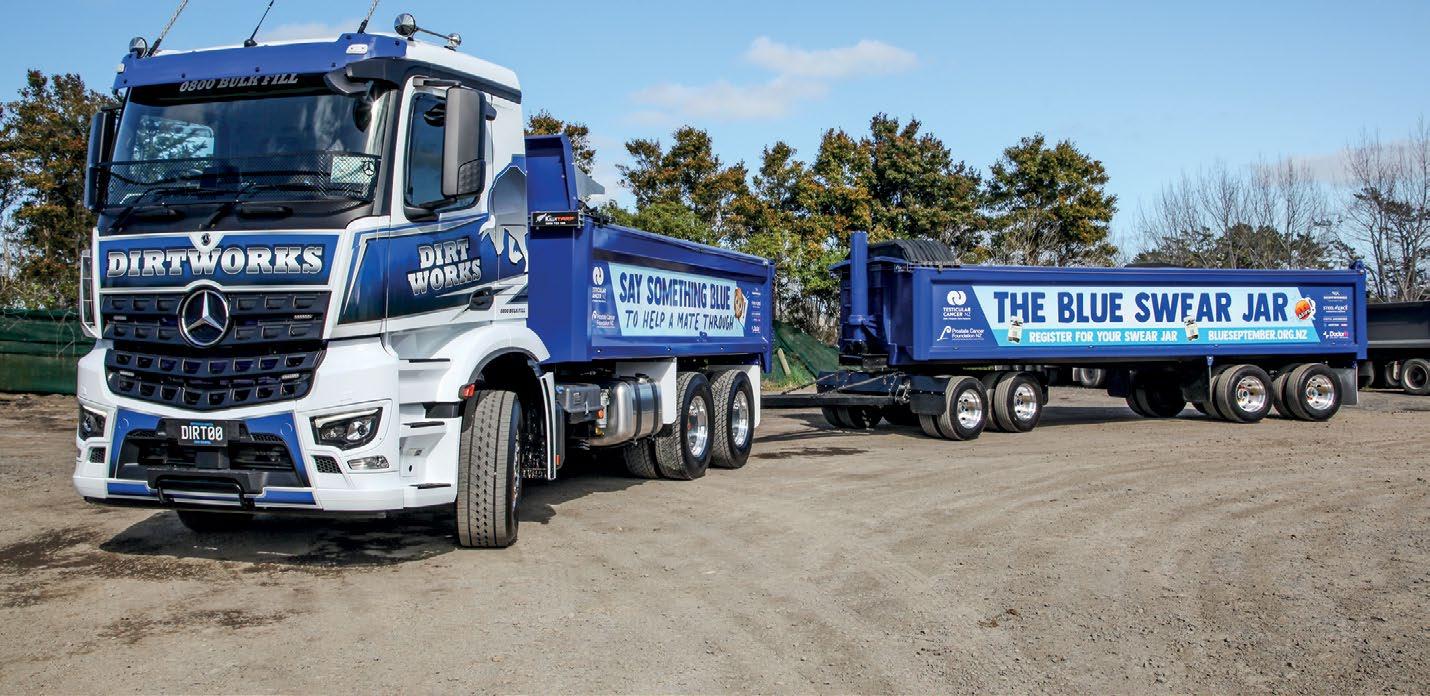


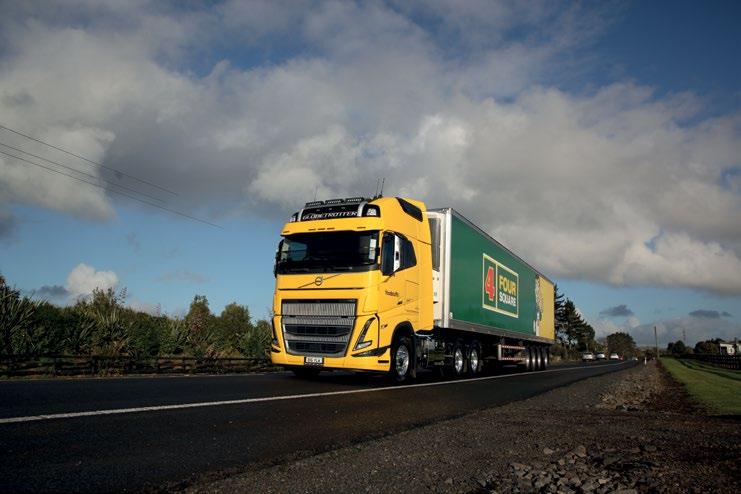






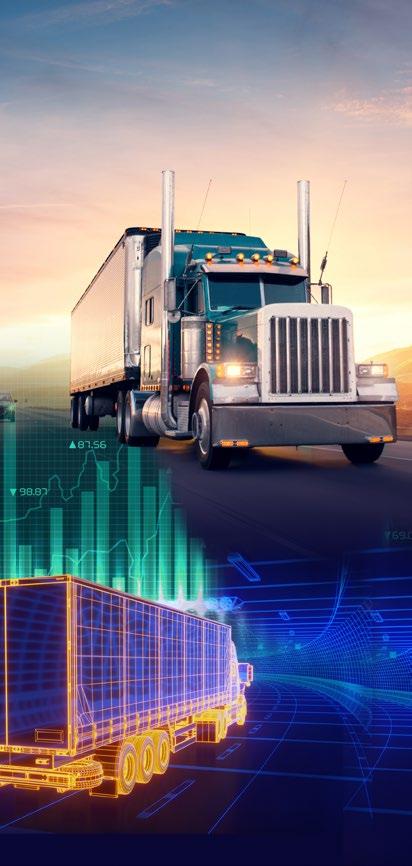




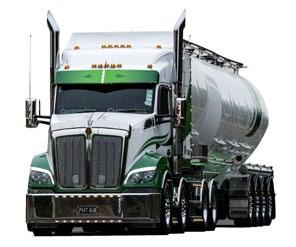

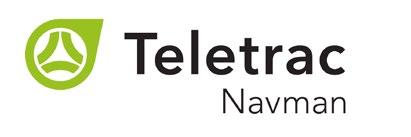
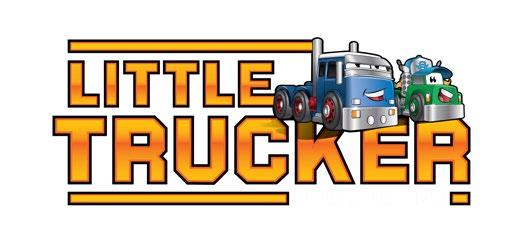
One of the keys to life and business is an understanding of the nuanced differences between adaptation, progress, and advancement. Whether personal, commercial, or societal, chasing every new shiny trinket and labelling it advancement and progress cannot be assured until due assessment is undertaken on whether that progress is genuine or naive. Such critique is at the core of the world’s most enduring companies, according to noted scholars on the subject.
And then there are the environmental, circumstantial, or induced shifts that trigger adaption within the advancement and progress narrative. At times the need to adapt may well redefine both advancement and progress in the medium term at least.
respect we as owners show to those people giving their all to bring this enterprise to life every day, as well as those who support us commercially.
Framed within our own agenda, we could also see an impending slowdown in the economy, and so needed to shore up as best we could for that also.

contributors. It will remain our core children’s masthead, now with a monthly print presence, also retaining its own website and social media activity. On top of all this there will be a standalone digital issue produced quarterly.
With every fully electric S.KOe COOL semitrailer box TrailerConnect® telematics is on board.
One of the gifts we received in respect to our current global economic malaise was time. Its impending arrival was well documented, and much of the price we’re paying has its roots in defining naive versus genuine progress in the half decade leading up.
It’s been a wonderful journey. As the old chestnut goes, you never learn a thing about yourself in a boom, and today there’s not a shred of doubt in my mind that I have the greatest business partners anyone could ever hope to have; likewise my respect for the character, integrity, and energy of everyone who breathes the life into Long Haul Publications is without boundary.
We have given subscribers the option of a refund on their outstanding subscription balance, or donation of the same amount to Starship Hospital. Our good mates at Truckin’ Life in Australia have picked up the Australian arm of Little Trucker Down Under, and we’ll continue to share cross-Tasman content, ensuring the masthead retains the down under flavour. A huge thank you to everyone –businesses, transport operators, and readers, for their support of Little Trucker Down Under both past and ongoing.
All S.KO semitrailers are equipped with TrailerConnect® telematics as standard. You have immediate access to the Schmitz Cargobull telematics portal and apps beSmart as well as beUpToDate.
Your advantages are:
- Intelligent dispatching that optimizes tours and on-time delivery while avoiding empty runs.
But it has been a tough year and will continue to be so for some time yet. Every business continues to run the magnifying glass over its costs in what is a small marketplace. As a result, like thousands of other businesses, we’ve had to make some courageous decisions.
- Reduction of process costs for trailer availability, capacity utilization and personnel deployment.
Here at Long Haul Publications, we’ve had a truly interesting and characterdefining year. It started with an internal restructure based on redefining the business, how it was measured, the stress it imposed on staff and a finite marketplace, and most importantly its core values –namely the consideration and
- Efficient fleet management with real-time information on the actual state of the fleet.
For the time being at least, we’ve discontinued printing the Little Trucker Down Under product as a standalone quarterly, bringing the print component within the covers of New Zealand Trucking magazine. As we do with The Business of Trucking section, Little Trucker Down Under will retain its own cover, also retaining Shannon Williams as editor and her band of merry young folk as
- Higher trailer availability - proactive maintenance minimizes downtime and breakdown.
works

It’s a fantastic way to produce informative, entertaining, and shareable industry content. There’s the Keep On Moving Vocational series interviewing industry characters and icons; The Business of Trucking and NRC On Schedule keeping you abreast of business and industry representation; and Blokes Yarning and Chics Chat burgeoning with intellectual might on important topics and issues like, ‘are slash-back stacks superior to straight cuts or curved?’
With every fully electric S.KOe COOL TrailerConnect® telematics is on board.
With every fully electric S.KOe COOL TrailerConnect® telematics is on board.
Your advantages are:
Your advantages are:
We also made the difficult decision to switch off Trucking Radio 24/7 on 31 July this year. After two years – almost to the day – continued rising input costs, and significantly reduced commercial support as a result of the economic downturn, rendered the station non-viable. It’s worth noting the listening audience was continuing to climb steadily.
All S.KO semitrailers are equipped with TrailerConnect® telematics as standard. You have immediate access to Schmitz Cargobull telematics portal and apps beSmart as beUpToDate.
All S.KO semitrailers are equipped with TrailerConnect® telematics as standard. You have immediate access to the Schmitz Cargobull telematics portal and apps beSmart as beUpToDate.

- Intelligent dispatching that optimizes tours and on-time delivery while avoiding empty runs.
- Intelligent dispatching that optimizes tours and on-time delivery while avoiding empty runs.
A huge thank you must go to our commercial broadcast partners who have stayed on supporting the podcasts, making a far more affordable business model sustainable. Contact Pav Warren and her team if you’re keen to be part of this amazing journey.
- Reduction of process costs for trailer availability, capacity utilization and personnel deployment.
- Reduction of process costs for trailer availability, capacity utilization and personnel deployment.
- Efficient fleet management with real-time information actual state of the fleet.
- Efficient fleet management with real-time information actual state of the fleet.
- Higher trailer availability - proactive maintenance downtime and breakdown.
- Higher trailer availability - proactive maintenance minimizes downtime and breakdown.
However, our broadcast division is alive and well. Looking forward and taking so many learnings from radio, our varied, streamed, podcast series continues to ramp up in audience and interest from the industry, and there’s now a list of people looking to talk to us.
Long Haul Publications is now a leaner, more sustainably resourced, and happier business, and New Zealand Trucking magazine continues to be the beast it’s always been.
Telling New Zealand’s road transport story is more important today than it’s ever been, and doing exactly that, across multiple media platforms, better than anyone else, will always be the mission we strive for.
Dave McCoid Editorial Director


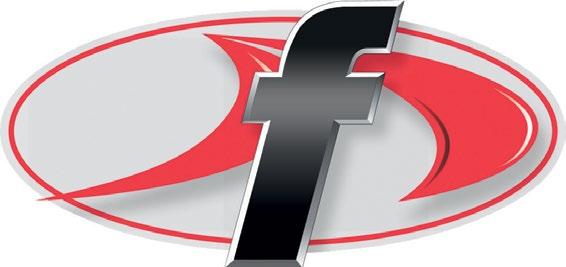



-Sustainable: The S.KOe semitrailer is purely electric and has free access to Zero Emission Zones
-Quiet: The electric operation of the cooling unit in combination with the Silence Kit makes day and night deliveries possible

-Time-saving: recharging the battery through the e-axis increases the range and prevents unscheduled stops

-High heating and cooling capacity: The refrigeration circuit in the S.CUe electric cooling unit is identical to the conventional units and has the same excellent performance values
-24 months service and proactive monitoring: the full service contract for cooling units takes into account the special requirements of an electrical cooling unit

-Complete solution: All system components are perfectly matched to each other
- Reduced maintenance effort: The effort for the maintenance of diesel engines is eliminated




-100% SMART: All vehicles are equipped with TrailerConnect® telematics as standard, for controlling and monitoring the vehicles.
• 100% SMART: All vehicles are equipped with TrailerConnect® telematics as standard, for controlling and monitoring the vehicles. COOL semitrailer box board.


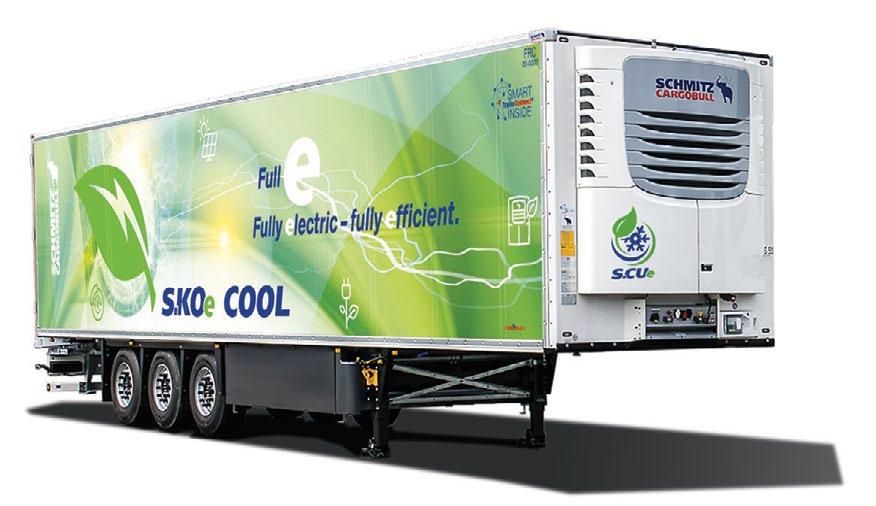

• Intelligent dispatching that optimizes tours and on-time delivery while avoiding empty runs.
QR code for legend to
• Reduction of process costs for trailer availability, capacity utilization and personnel deployment.
• Efficient fleet management with real-time information on the actual state of the fleet.
• Higher trailer availabilityproactive maintenance minimizes downtime and breakdown.
Benefits at a glance:
• Sustainable: The S.KOe semitrailer is purely electric and has free access to Zero Emission Zones
• Quiet: The electric operation of the cooling unit in combination with the Silence Kit makes day and night deliveries possible
• Time-saving: recharging the battery through the e-axis increases the range and prevents unscheduled stops
• Complete solution: All system components are perfectly matched to each other
• Reduced maintenance effort: The effort for the maintenance of diesel engines is eliminated

• High heating and cooling capacity: The refrigeration circuit in the S.CUe electric cooling unit is identical to the conventional units and has the same excellent performance values
• 24 months service and proactive monitoring: the full service contract for cooling units takes into account the special requirements of an electrical cooling unit

FAW Trucks (First Auto Works) is set to arrive in New Zealand, with Intertruck Distributors NZ named as the brand’s importer, distributor and master dealer.
“With the popular cabover 9870 model ending and no update from International on the horizon, a replacement cabover was narrowed to three marques. On analysis, it was an easy decision. Our in-depth tour of FAW’s assembly plant in Qingdao, China, provided us with clear insight into their intense focus on quality and to be a leader in global vehicle production,” said Intertruck Distributors NZ company director Comer Board.
“Just on four years ago, FAW approached me to be their distributor, offering 6x4 only. I suggested that when 8x4 RHD variants were engineered for New Zealand, we would be interested. As promised, 18 months later, FAW reconnected with me, offering a rollout of right-hand-drive models. This confirmed they were serious and willing to invest into New Zealand’s small market,” he said.
“We witnessed FAW’s highly automated production facilities and impressive build quality, backed by an extremely motivated workforce using bestpractice methods.”
FAW maintains strict assembly controls to produce 500,000 units annually – 12% of the world’s heavy-duty trucks. The Qingdao assembly plant is one of four in China, and produces 330,000 units per year and continues to expand operations.
“The introduction of FAW is a real game-changer for Intertruck
and more so for our current and emerging new customers,” Board said.
“These are high-quality, greatspec trucks at a very attractive price ticket. They are truly excellent value for money.”
The first model JH6 tractors arrive in September followed by 8x4 rigid trucks. Among their features are a suite of collision warning and mitigation systems, disc brakes, AMT with Intarder, four-point cab air suspension, ECAS rear suspension, highroof flat-floor with under-bunk fridge, a low-roof space cab option, in-dash display with camera and ISRI seats completed in a high-quality cab trim.

Global brands such as Cummins, ZF and FAST transmissions, TRW steering, Wabco and Knorr Bremse brake systems will feature in the trucks.
“After extensive research on FAW’s 13L engine, it made absolute sense to introduce this as our main power plant in heavy-duty,” Board said.
“The JH6, using the same engine, operates in South Africa towing B-doubles in excess of 62 tonnes. Given the already proven JH6 reliability in South Africa and with diesel over 50% of operating costs in that country, the FAW engine delivers the best fuel economy and is fast becoming the preferred choice in many fleets. We will release the FAW CA6DM3 engine at 410kW (550hp)/2600Nm (1917ft/lb), further increasing these specs in 2026.”
Intertruck will be joining the small number of local distributors offering light-, medium- and heavy-duty
choice of model configurations, including a medium-duty urban and job-ready 6x4 steel bathtub tipper. A Cummins-powered 4x2 chassis cab with wheelbase options will suit various body configurations and the container Stinger market,” Board said.
“The FAW light- and mediumduty trucks will replace Foton, a marque Intertruck recently surrendered, as the vehicles compete in that same space.
“Being a New Zealand distributor for 27 years, Intertruck will continue to provide a high level of parts and service support. Our extensive experience, along with the combined appointment of 21 dealers and service providers throughout New Zealand, has been a critical milestone in our success,” he added.
In Manukau, Prestige International will remain as the International dealer in sales, parts and service. All Truck Fix and Diesel Services located in Ōtāhuhu is now the authorised FAW and international parts and service dealer.
“Their location gives our International customers a wider choice for West Auckland and central-city servicing and maintenance requirements,”
now doubled their workshop floor space in readiness for increased business, adding a COF lane in the near future.”
Intertruck has appointed TRT (Tidd Ross Todd) in Hamilton as parts and service dealer for both FAW and International trucks.
CVC (Commercial Vehicle Centre) locations in the South Island are International parts and service dealers.
“Initially, all FAW sales will be channelled through Intertruck’s long-standing and experienced sales team,” Board said.
“They all have an immense knowledge and a complete understanding of the transport industry. Having confidence in making the right choice when setting up new equipment is important; these teams will help guide our customers in this decision process,” he said.
“FAW exports vehicles to over 80 different markets. Launching into New Zealand and Australia with high-quality, fuel-efficient and very affordable trucks, there is no doubt FAW products will be a market disruptor. We are immensely privileged to be on this journey with FAW and look forward to servicing our current and emerging new customers with these premium products.”

New Zealand’s first Xcient hydrogenpowered fuel-cell electric truck in commercial operation has clocked 100,000km since entering service in July 2022 with NZ Post.
“NZ Post was the first company in New Zealand to trial the hydrogen truck, which aligns with our approach of testing and adopting new technologies,” said NZ Post CEO David Walsh. “It is another step towards our goal of transitioning to net-zero emissions operations by 2050.”
Walsh hoped NZ Post’s early adoption to trial and introduce zero-emission technology to its fleet had encouraged others to also do the same.
“NZ Post’s transport fleet accounts for around 45% of our

emissions so, therefore, NZ Post is focused on opportunities to decarbonise our transport fleet,” said NZ Post group sustainability manager Dawn Baggaley.
Baggaley said the acquisition of the hydrogen truck was made possible with the support of Hyundai New Zealand.
Grant Doull, national manager of hydrogen and eco commercial vehicles at Hyundai New Zealand, said: “The 100,000km milestone

demonstrates that hydrogen can be a reliable and efficient replacement to traditional diesel trucks with a longer range, shorter refuelling time, and a greater payload.”
Andrew Clennet, CEO of Hiringa Energy, said: “Hiringa is delighted to see NZ Post reach 100,000km in their Hyundai Xcient fuel-cell truck. Hydrogen offers enormous advantages in terms of operational efficiency and productivity by allowing
quick refuelling times and high productivity, a perfect match for the needs of NZ Post and their customers.
“By being the first to run a FCEV truck in New Zealand, NZ Post has provided a real-world use case for fleet owners who might be looking to apply for grant funding under the scheme, allowing them to purchase their hydrogen fuelcell truck with confidence in its capability,” Clennet said.



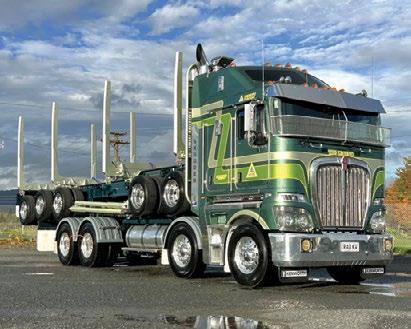



Freight Haulage, an HW Richardson company, recently completed a significant return journey from the deep south to Auckland using a dual fuel truck – which runs on both hydrogen and diesel.
The trip was part of an effort to collect equipment for a hydrogen refuelling site currently being built by HWR in Clifton, Invercargill. Once in Auckland, the truck refuelled with hydrogen at the Hiringa hydrogen refuelling site at Wiri.
The refuelling process at the Hiringa Wiri site was fast, taking around 15 minutes to refuel the truck with 25kg of hydrogen. Once refuelled, the truck drove approximately 450km of its journey back to Invercargill on dual fuel mode – reducing its
diesel consumption by 33%. From there it continued its journey on diesel.
Hydrogen allows for these heavy vehicles to perform their usual work with no, or limited, impact to payload and refuel times, and dual fuel means that there is no range anxiety as the truck continues on diesel when hydrogen is not available.
“Developing both a network and a demand is key to successful implementation of hydrogen as an option for the transport industry, and in the heavy transport space hydrogen offers many advantages,” said Gareth Wishart, general manager technology and innovation at HW Richardson Group.
“Dual fuel is a transitory technology that allows a cost effective retrofit, and the

development of the hydrogen infrastructure, on the path to the 100% hydrogen-fuelled vehicles of the future.”
“Our trials of the dual fuel trucks to test their performance and efficiency are promising, showing the expected 30 to 40% reduction in carbon emissions, a significant reduction in NOx emissions and no loss in power. And we are now progressing to a commercial offering for the dual fuel systems.”
Hiringa is building a green hydrogen refuelling network across New Zealand, with three sites up and running at Palmerston North, Auckland and Hamilton, with a fourth site being built at Tauranga.
Ryan McDonald, head of new business at Hiringa Energy, said the sites are all critical network nodes and once the Tauranga site is completed, the network will have the Golden Triangle freight route covered, while the Palmerston North site is located close to the new Te Utanganui central freight hub being built. The Tauranga site is expected to be up and running in December and is in the Tauriko Industrial Business Park.
“This means we can get freight to Auckland and to Hamilton using these 15-minute fills. Drivers will be able to get in and out really quickly,” he said. “The beauty of hydrogen is that it is a very quick and simple way of getting energy into a vehicle, the refuelling speeds at our stations are akin to a 3000kW EV charger,
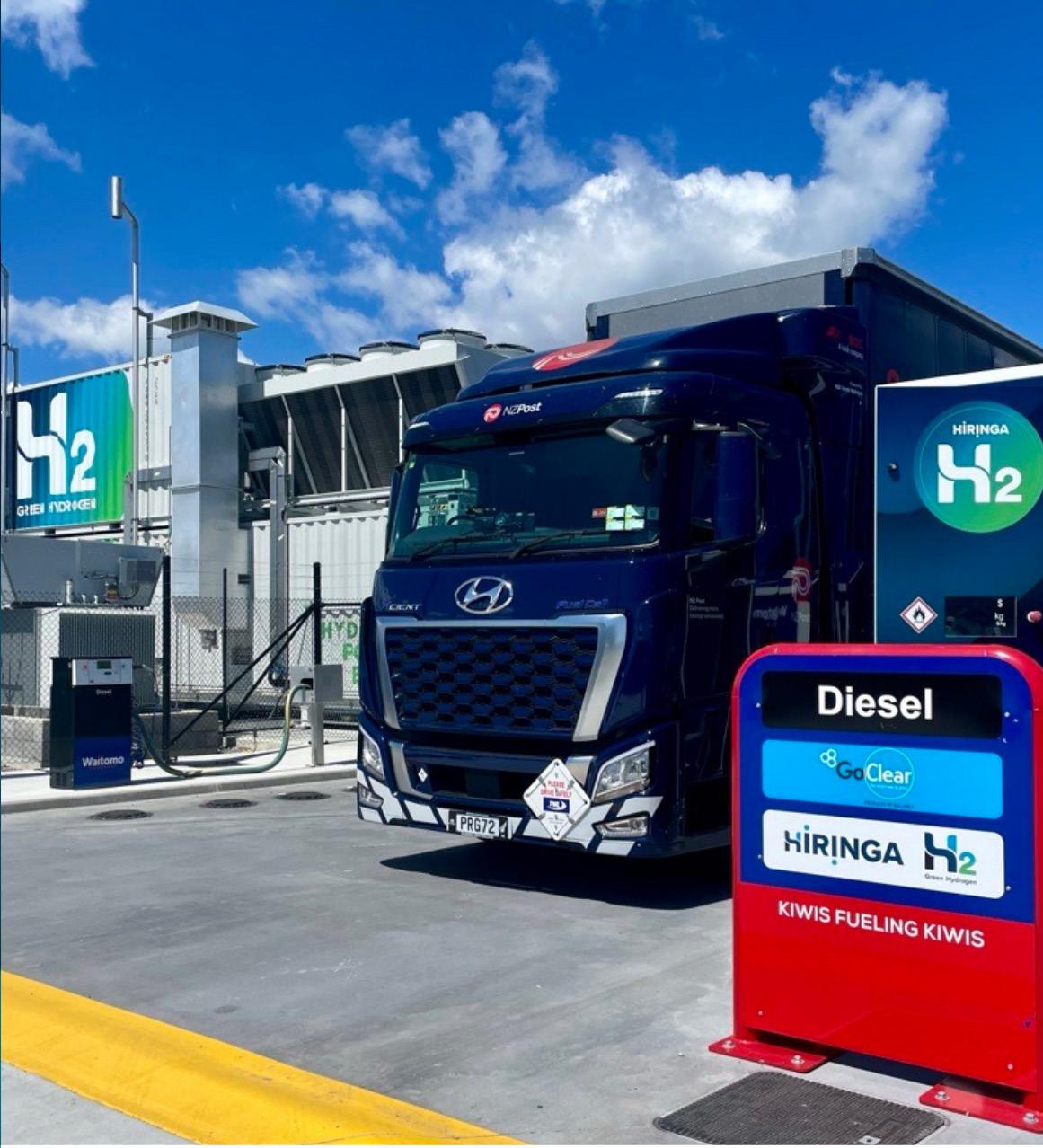
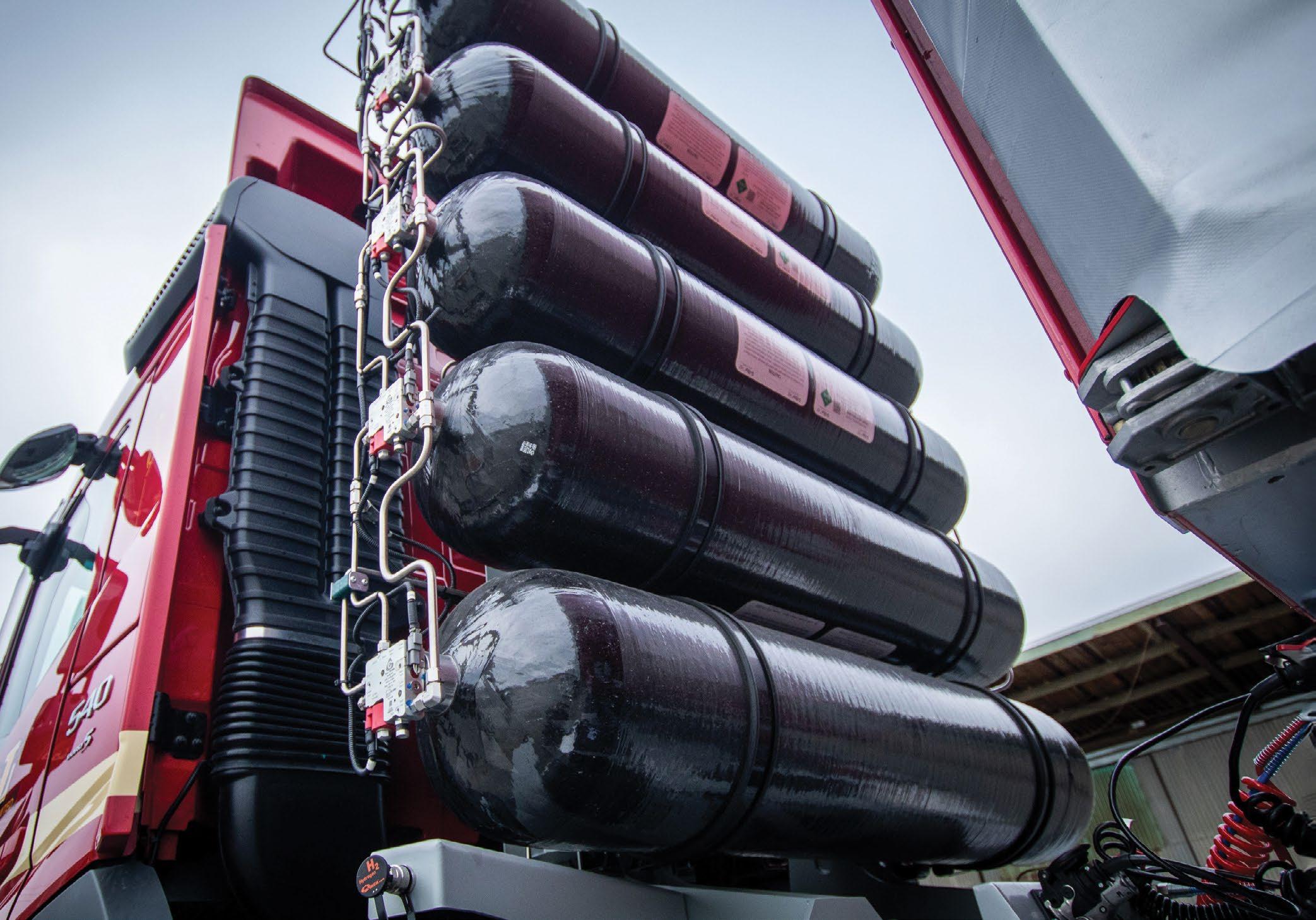
without the need to upgrade the local substation”.
Around 15 trucks a day can fill at one of these sites at the moment, with upgrades planned to get that up to 60-80 truck fills per day.
McDonald said the Hiringa hydrogen refuelling network is the perfect scenario for dual fuel trucks as diesel and hydrogen are available at the same location.
“The fill up at Wiri went really smoothly. They literally pulled up, connected the nozzle, pressed the button, filled up and away they went,” he said. (New Zealand Trucking June 2024.)
The dual fuel system involves retrofitting a hydrogen system to an existing diesel engine. The hydrogen system includes a frame and tanks, to store the hydrogen and an injection system, hydrogen computer, and in-cab information. Hydrogen is injected to the air intake and during the engine’s intake stroke, mixing with diesel to create a more


efficient and cleaner combustion process and, most importantly, reducing the diesel volumes required.
“The dual fuel approach is seen as a transitional step towards fully hydrogen-powered vehicles,” said Wishart.
“It allows the heavy transport industry to gradually shift to hydrogen without the need for immediate, large-scale asset changes.” (New Zealand Trucking magazine May 2023.)








In partnership with Foodstuffs North Island, Fairfax has announced New Zealand’s first fully autonomous, allelectric, engineless refrigerated trailer. Fairfax said the innovative solution was set to transform how goods are transported across the country while significantly reducing environmental impact.
The Fairfax ZE (Zero Emissions) combines cuttingedge technology from Transcold, Carrier and SAFHolland to create a future in which trucks deliver fresh produce without producing harmful emissions.
“We are incredibly excited
to introduce this revolutionary technology to New Zealand,” said Chris Devoy, CEO of Action. “This is a major step forward in our journey towards a zero-emissions future and demonstrates our dedication to sustainable logistics.”
The heart of the Fairfax ZE is its all-electric eCool refrigeration system by Carrier, powered by a SAF-Holland electric axle. Supplied by Transcold, the design eliminates the need for a traditional diesel engine, resulting in zero tailpipe emissions and reduced energy consumption in standby mode.
Action Group engineer Edd Collins is credited with the idea
behind this environmentally friendly, efficient system. “I was captivated by the potential of combining an electric generation axle with an electric refrigeration unit,” said Collins.
“It’s incredibly rewarding to see our vision become a reality, and I believe this project will set a new standard for efficient and sustainable heavy transport.”
Brad Jackson, Transpecs product sales manager for SAF Holland, said: “Our advanced axle technology, combined with Fairfax’s expertise, has created a solution that sets a new standard for sustainable transport.”
Foodstuffs North Island is
at the forefront of adopting this new technology. “This partnership aligns perfectly with our commitment to reducing our environmental footprint,” said Blair Inglis –fleet safety manager from Foodstuffs NI. “We believe that the Fairfax ZE will play a vital role in ensuring the sustainable delivery of fresh food to New Zealanders.”
Fairfax is looking further ahead to the next phase of its sustainability journey. Plans are in place to integrate hydrogenpowered trucks into its fleet, further reducing emissions and creating a cleaner future for future generations.

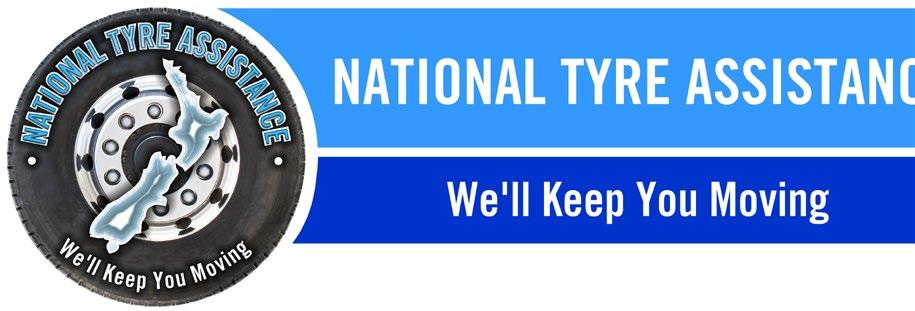

Hammar is the world leading manufacturer of Sideloaders, self-loading vehicles for containers and more. A competetive quality solution for container logistics, special transports and terminal handling.
+ Made in Sweden since 1974, delivered to more than 123 countries world-wide
+ Lift, transport and transfer up to 50 tonnes

+ Increase safety and efficiency with grounded containers
+ One vehicle, one driver, anywhere, anytime

New Zealand Trucking magazine has an awesome new digital subscription portal, making it easier than ever to access the magazine wherever you are.
Best yet, existing magazine subscribers have automatic free access!
Not a print subscriber? Or want a digital-only subscription? One-year access will cost just $39.95.
Download issues to read on the go and access your account from any device anytime.
You can also access a back catalogue and, from the July 2024 issue, the Top Truck poster will be included to download and use as a screensaver.
Simply head to the New Zealand Trucking website and register for access or purchase your digital subscription.

Booth’s Logistics has opened new depots in Auckland and New Plymouth to provide greater support across Taranaki and increase its footprint and transport services through Auckland.
“Both of these branches play a key part in our commitment to delivering the best logistics solutions we can and to provide a unique Kiwi-owned nationwide network that connects the regions to all key metro locations and beyond,” said Angus Petrie, general manager – freight.
Booth’s will move its existing Auckland freight hub operation, on Browns Road in Manurewa, to a fit-forpurpose facility at 32 Bell Ave, Mount Wellington.
“Auckland plays a vital role in supporting all aspects of our northand south-bound freight networks, and we are excited to be moving to a facility that allows for greater

Roadlink Tyres in Hawkes Bay is proud to be a member of National Tyre Assistance (NTA) - a network of independently operated stores working together to keep you and your vehicles moving anytime of the day or night anywhere in New Zealand.
capacity and capability but also offers improvements in ease of operation for the benefit of our customers and our team,” said Petrie.
The depot will be led by Maree Smith, who previously managed the Rotorua branch.
The company will move into a crossdock facility in New Plymouth located at 1/220 De Havilland Drive, Bell Block, New Plymouth.
“This facility is part of our ongoing effort to support the regions and improve our service coverage in and out of Taranaki,” said Petrie.
This facility is now fully operational and being serviced daily via Palmerston North and Auckland. New Plymouth customers can access an overnight service across the North Island and a two- to three-day service into Booth’s South Island networks.
Wayne Mehrtens will oversee the New Plymouth branch.

Ia Ara Aotearoa Transporting New Zealand has formally adopted a new constitution and governance structure focused on sector advocacy and delivering member priorities. The new constitution introduces a single national membership structure supported by regional branches and sector groups. This replaces the current system, built around four separately governed
regional associations.
Transporting New Zealand’s national membership will now directly elect board members and sector group representatives at national elections – the first of which will occur in Napier on 4 October. The existing board will remain in place until then.
Transporting New Zealand chair Warwick Wilshier said that the new constitution and
governance structure enabled the organisation to deliver the services members wanted now and in the future and ensured compliance with the new Incorporated Societies Act 2022.
“I’m proud of the comprehensive programme of consultation and engagement that our board, staff, lawyers, regional executives and reference groups have done over the past year to support
this organisational update. We needed to bring our membership with us throughout the process, and we’ve done so,” Wilshier said.
“The last few years have brought significant change for our organisation, with the merger of Road Transport Forum and Road Transport Association New Zealand into Transporting New Zealand in 2021. We remain committed to building sector unity and delivering for our industry,” he said.
“Transporting New Zealand’s new constitution and governance changes will help ensure our organisation remains effective, relevant and fit for purpose. Our members will see an increased focus on advocacy, member discounts and events, and sector priorities.”
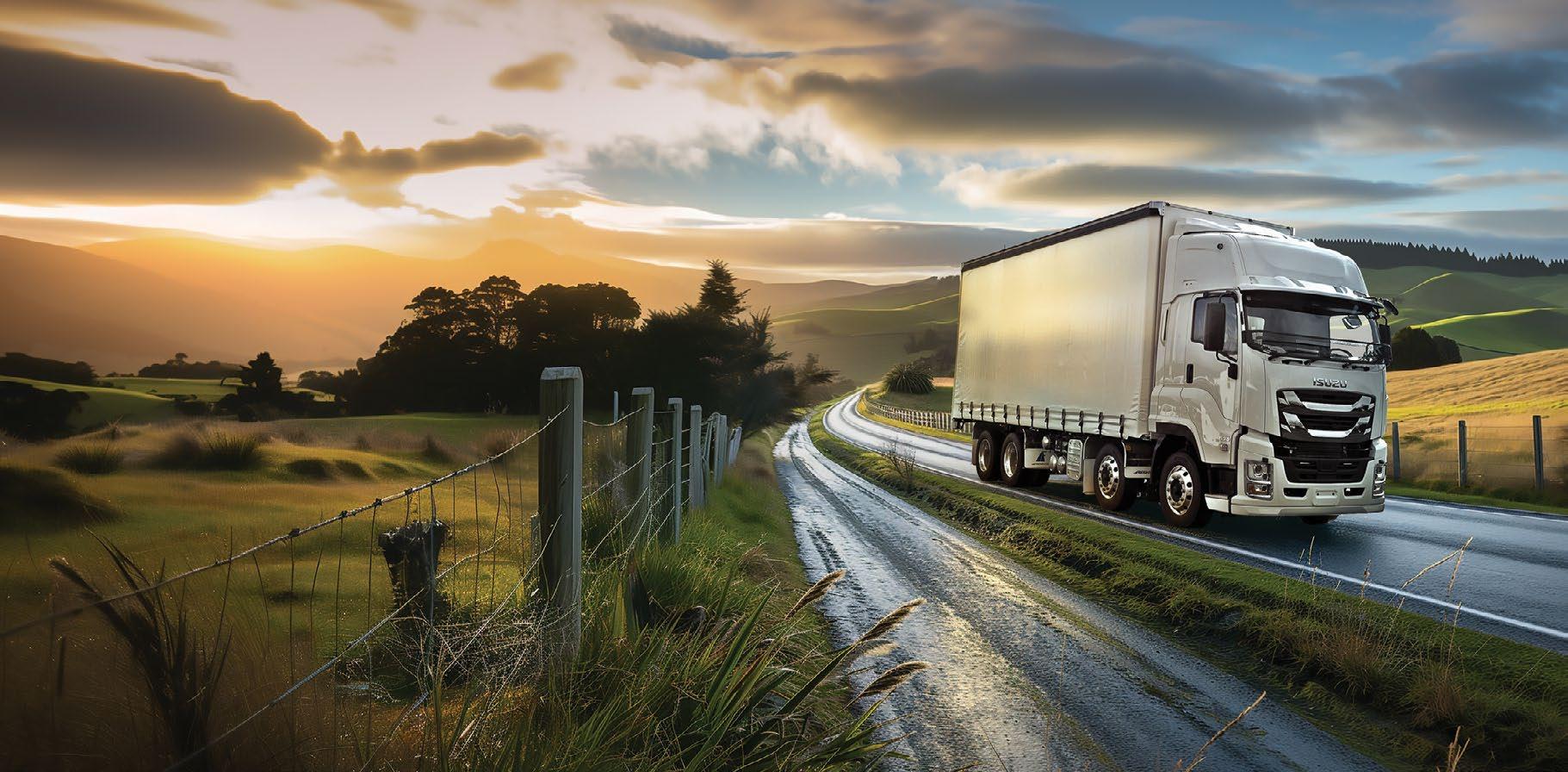
The government has introduced legislation that will enable roadside drug testing. The new legislation will permit oral-fluid testing at the roadside for screening purposes so the
hours to reduce the risk of tragic drugged-driving outcomes.
“Oral-fluid testing is common overseas and is an easy way to screen for drugs at the roadside. Our approach will bring New Zealand in line with Australian
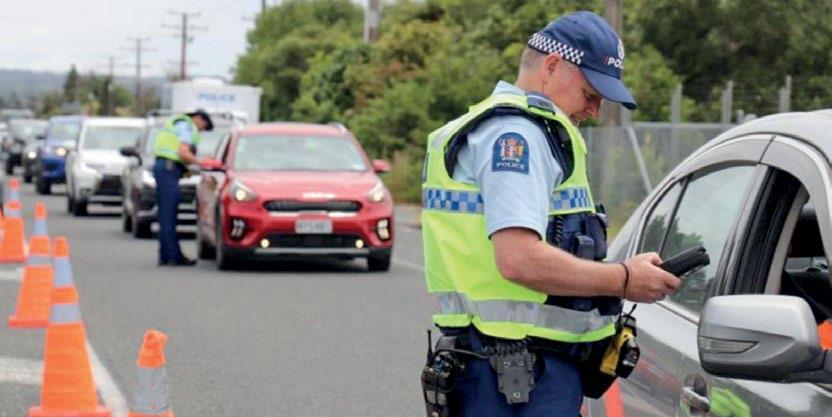

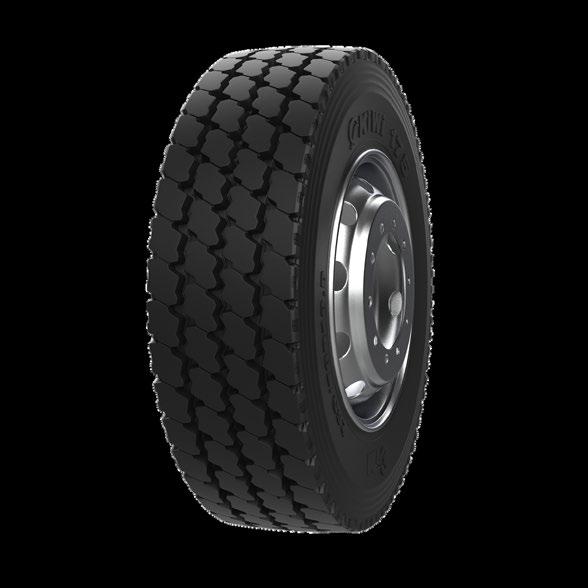
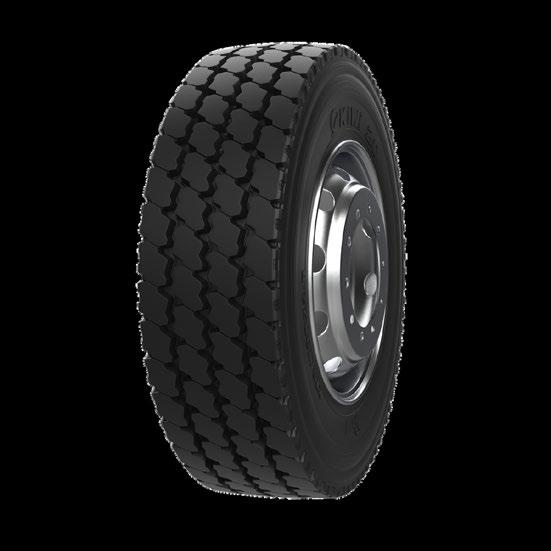


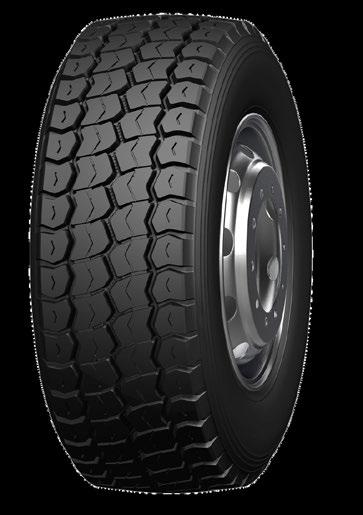


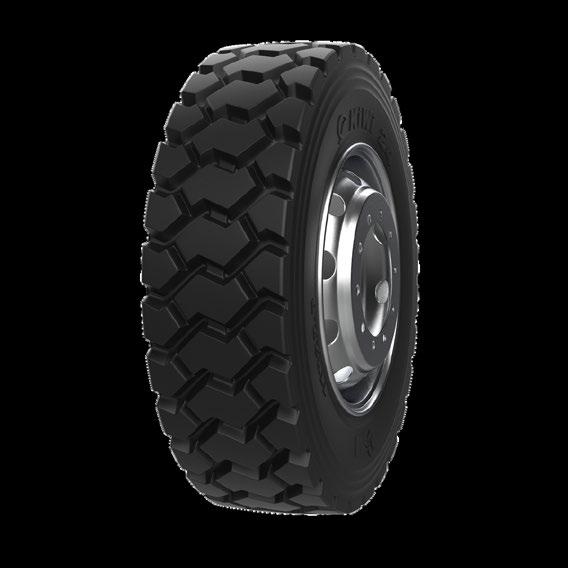



Transport Minister
Simeon Brown has announced the government will begin work on a new four-lane expressway between Auckland and Whangārei as part of its Roads of National Significance programme.
The government has agreed in principle to an accelerated delivery strategy that will enable NZ Transport Agency Waka Kotahi to move at pace and deliver the Northland Roads of National Significance as a single expressway between
Auckland and Whangārei.
“An accelerated delivery strategy developed by NZTA includes a progressive publicprivate partnership model that will achieve efficiencies and innovation in planning, procurement, design and construction across the entire roading corridor between Auckland and Whangārei,” Brown said.
It will do this by treating the three Roads of National Significance as three stages of the same project and incentivising the development
partner to deliver excellence in design, construction, financing, maintenance and operation for each phase of the expressway.
“Taking a corridor approach means NZTA will avoid multiple procurement processes. It will also deliver integrated design, construction, maintenance and operations across the entire Northland Expressway and allow greater efficiencies through scale to deliver the project up to 10 years faster than traditional approaches,” Brown said.
The government will also
consider legislation changes that could accelerate delivery and provide increased certainty for delivery partners. Options being considered include changes to the Public Works Act to speed up delivery.
“The Northland Expressway is one of the largest infrastructure projects in New Zealand’s history. We are considering a wide range of funding, financing, and delivery tools to get this project completed as soon as possible.”

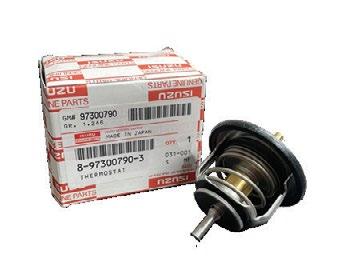




We continue with the story of JT Fossey Trucks’ Outlaw series of custom Mack Super-Liners, with Outlaw 7 taking to the road in August. Crimson was handed over to Adam Spicer of Spicer Constructions.
Like the six Outlaw trucks that have come before (see New Zealand Trucking magazine, June 2024), Outlaw 7 is based on a Mack Super-Liner with 58in sleeper, with the Euro-5 MP10 rated at 510kW (685hp) and paired with a 14-speed AMT.
The Tamworth, Australiabased dealer again partnered with key suppliers of choice, with Outlaw 7 boasting a King Bars bull bar, painting by Bel Air Truck Spraypainting, paint and scroll work by Showman Signs, and custom stainless by Bling Man HQ outside of Brisbane.
With Outlaw 7 now on the road, the final three in the series are now in production, with Outlaw 8 (Bronze) due to hit the road in September, Outlaw 9 (Silver) by February 2025, and Outlaw 10 (Gold) in about May. Stay tuned for the grand finale!



ENTER NOW TO BE IN TO WIN A PAIR OF PETERSON’S SUN GLASSES



Our winning photo this month comes to us from Zac Munro who drives this sharp T409 Kenworth for the team at McLellan Freight of Balclutha. This shot was grabbed sitting at a loading dock in Kennington, near Invercargill. Well done Mate, your prize is on its way to you. Now get your entries in for the October competition.
Send your best night bling photo as well as contact details into nightmoves@nztrucking.co.nz to enter






Story by Gavin Myers

by Gavin Myers and Dave McCoid
When presented with the opportunity to feature Northchill’s new Volvo FH16 750 Globetrotter XXL, we felt a sense of déjà vu. After all, in the fast-paced world of keeping the nation’s supermarket shelves stocked with life’s essentials, ensuring those runs are as effortless and comfortable as possible for the men and women behind the wheel makes sense.
There we were, standing at the Goodman Fielder Longburn dairy plant loading docks in Palmerston North, with real a sense of familiarity. We’ve been here before; a shiny big-cab Euro in Foodstuffs yellow, its quad-axle MaxiCube reefer in tow butted up to receive its payload for the night, and the name Northchill Ltd Pukekohe sitting discreetly on the side wall of the cab.
In fact, it was exactly four years ago that we featured Northchill’s two then-new DAF XF 530 Super Space Cab Euro-6 models – the first two to enter service locally. The new Volvo is a replacement for one of those big DAFs and while the run, the truck and the driver might all have changed since 2020, the main objective is still to ensure those runs are as effortless and comfortable as possible for the
men and women behind the wheel five nights per week.
But before we depart for our run, let’s back up a little and explore the big-Euro-on-chilled-linehaul task in the world of Graham and Michelle Redington’s Northchill Group. A DAF replacement the Volvo may be, but both brands have a long association with the operation.
“The fleet currently stands at 37 trucks and 45 trailers. We only run Kenworth, DAF and Volvo,” says managing director Graham Redington. “Personally, I’d have a fleet of Kenworths – but you couldn’t get 37 guys here to drive them all … We have drivers here who love Volvos and this helps with driver retention.”
Of the current 37-strong fleet, 13 are Volvos, the oldest still on the job being a 2014 FH12. “We have one that’s done 1,700,000km. It’s
our spare truck. We sold another at 1.7 million and never touched the engine.
“To be fair, they’re probably the pick of the Europeans. They’re good gear, not overly complicated,” Graham reiterates.
The timing and opportunity couldn’t have been better. Blair Stapleton, national fleet sales manager at Volvo Trucks New Zealand, happened to be sitting with a cancelled order on his hands.
“Blair’s good, he’s been awesome,” says Graham. “We grabbed the truck. We still had the opportunity to change the colour at the factory; the timing was perfect.”
Truckies’ truckie, truckies’ company
Driver of Osiris, as the XXL was christened, is Marshall Howl, who’s

Back in the day, the trucks we looked up to were all clean; truckies had pride in the job. Washing the truck is the hardest part of my job. But that’s what I enjoy.

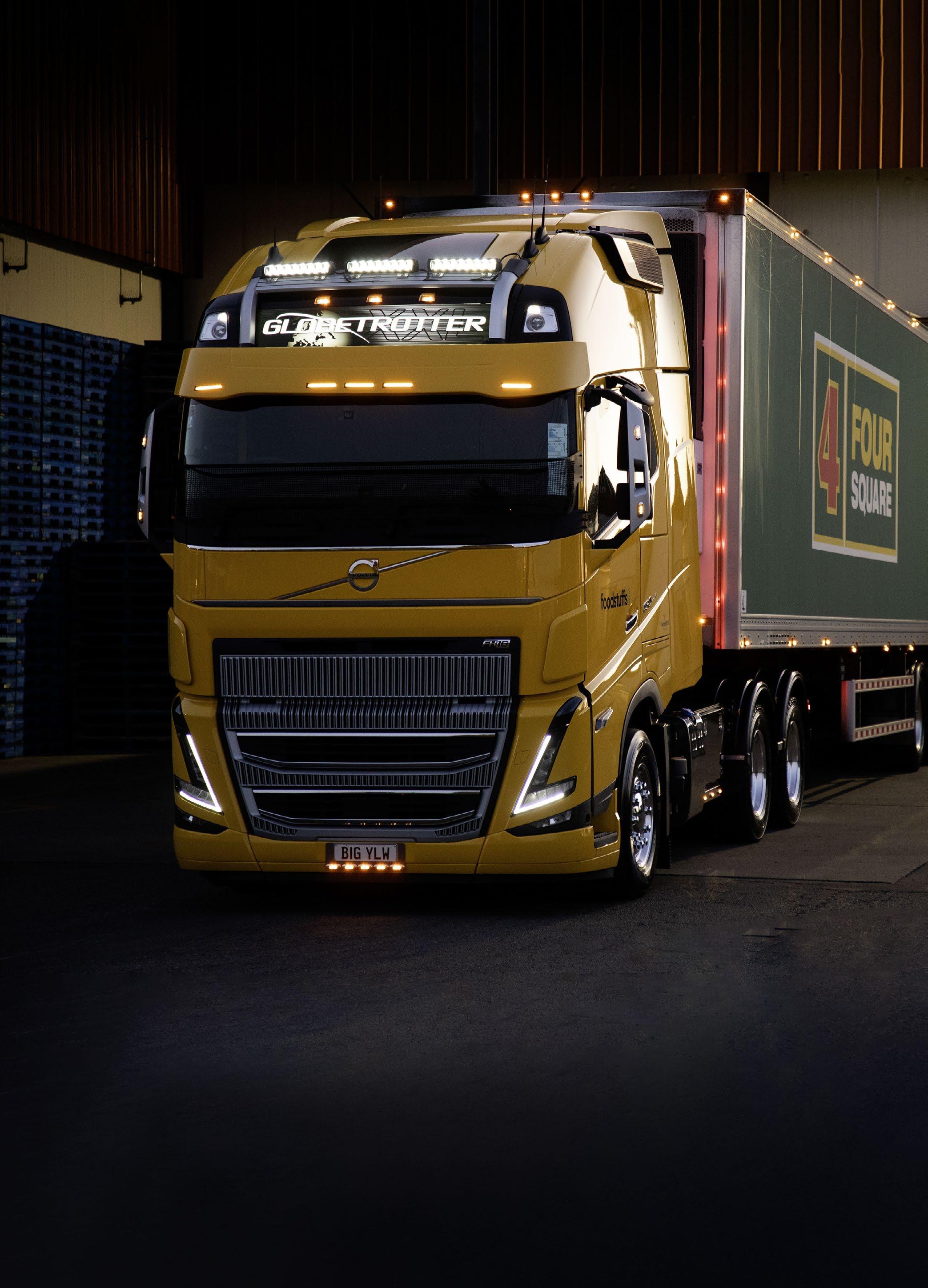
spent two years in the 6x4 DAF on the Foodstuffs run but almost two decades on refrigeration (see page 29, Can’t keep a good man down).
“The DAF was coming up for replacement and they asked me what I want – I’ve never been asked, always just driven what I was given. I suggested the new DAF, but that wasn’t an option, and I didn’t want a Kenworth because I hate swinging off monkey bars to get into a cab … They’ve kept that American tradition and that’s all great, but the Volvos are so easy to get into with all your stuff. And I wanted another automatic because of my arm … From time to time, I’d drive old Western Stars, with a Roadranger direct into the gearbox, and it was hard on my injury,” says Marshall. (More of that injury in the sidebar!)
“As it turned out, this wasn’t an option, it just came up. Actually, this is the third XXL Volvo I’ve had. I had two of them at Cam Arnott, 520s, which was powerful back in the late 2000s,” Marshall says.
“If I work to 65, I might have a couple more chances to get into a different brand!” he jokes.
As we stand with Marshall taking in the big Volvo’s unique details, it quickly becomes clear he and Northchill share the same approach to trucking.
“It’s a real truckies’ company with real trucking-minded people. Nobody there just drives a truck for a job,” comments Marshall.
“I come to work, but this is my life. My passion is my truck, living on the road and achieving something – I can do my day’s work, wash my truck and know that I’ve moved a load from A to B, cleaned the truck and
achieved something. Those are my two responsibilities – get my freight from A to B in a timely, professional manner and keep my truck clean and tidy – that’s all that’s asked of me.
“Back in the day, the trucks we looked up to were all clean; truckies had pride in the job. Washing the truck is the hardest part of my job. But that’s what I enjoy.”
The proof of that stands right in front of us. The truck is poised and spotless, ready for its daily grind. Atop the cab is the same set of LED spotlights that illuminated us to the power of modern lighting technology when we featured the DAFs. Below them is a painted sun visor, and below the windscreen, the normally black plastic section of trim that houses the Volvo badge has also been painted in matching yellow – a neat trick on






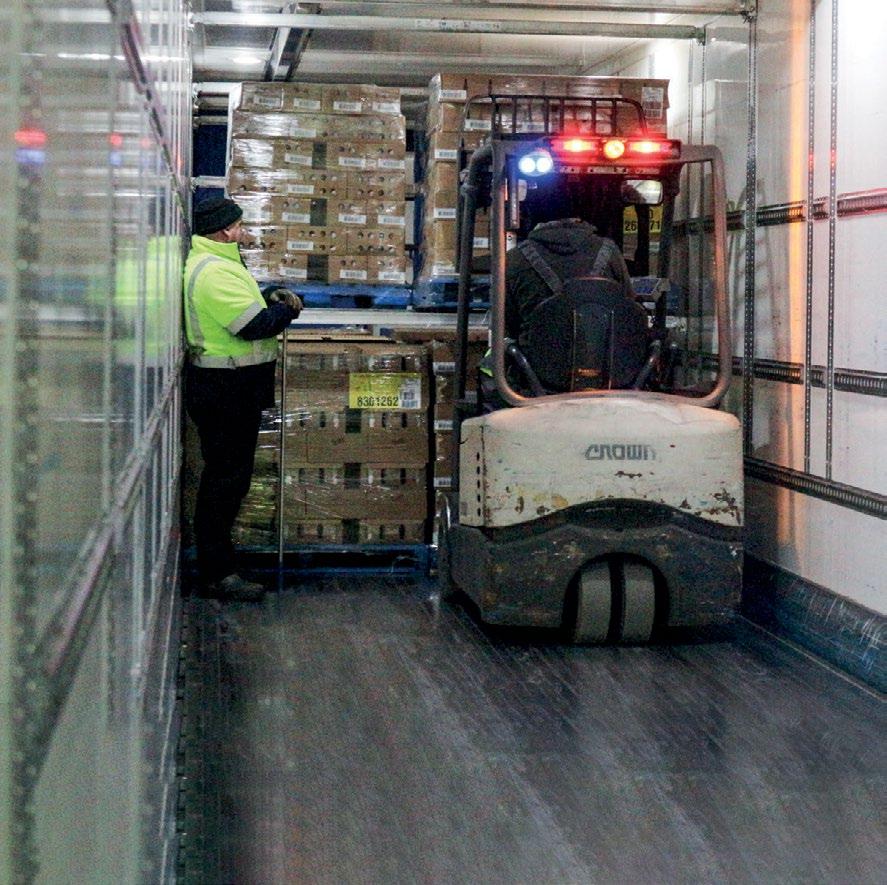
the eye that gives the already big cab even more visual height. And it is a big cab …
Riding on a medium-height chassis and standing 3870mm tall, it actually doesn’t reach the greatest height of all FHs. However, the XXL has a visual bulk the others don’t, something extra that adds to its presence. It looks sleek, though, due in no doubt to the wide, neatly integrated cab side skirts and roof aerofoil.
On the chassis’ right sits the exhaust system and a stainless tank. At the left, there’s the AdBlue tank with a factory-optional stainless cover and Roadrunner toolbox behind. Adding an extra sense of ‘tidy’ to the whole look is custom black decking from the rear edge of the chassis rails all the way forward to the connector board.
The additional painting, lighting and fitting were all done in-house –as is maintenance across the whole fleet, by a full-time team of five led by workshop manager Derek McKenzie. “We try to be self-sufficient and pretty much do everything in-house. If a truck gets back in at 4am and something needs doing, we’ll get it done so that the driver is back in his truck for their next shift,” Graham later explains. “We run the Volvo Vcad diagnostic system in our workshop, which is a game-changer when problems do arise.”
At the risk of preaching to the choir, our runs with Marshall are another reminder of how trucking exists to serve the needs of the people – for while they sleep, the overnight freight operations that move their daily essentials are only just kicking into high gear. Anyone who thinks there are a lot of trucks running the length of SH1 in the day would be surprised at what they’d see on an average evening camped somewhere along the route.
Marshall is one of four Northchill drivers permanently on the Foodstuffs north-south run. Monday nights are a shorter run north for Marshall, with a trailer swap at Turangi, while Tuesday to Friday sees two northbound and two southbound trucks passing in the night.
The Longburn dairy plant is the starting point of Goodman Fielder dairy products’ journey to a
supermarket shelf near you. From the outside, the big Volvo sits patiently, but there’s a hive of activity inside the 15.5m MaxiCube reefer. The forklift whizzes in the first few pallet loads, Marshall sets the racking bars for the upper loads, and the process repeats over about 45 minutes until 20 tonne of chilled dairy product is ready for its overnight trip to Wiri.
With a combination tare of 21 tonne, it’s fair to say that the Volvo’s D16G powerplant with its 551kW (750hp) and 3550Nm is overqualified to shift 41 tonne gross. “Coming down from Auckland, we’re carrying only five to 10 tonnes. Definitely 10 on a Friday for the weekend,” Marshall says. Seven-hundred-and-fifty horsepower for 41 tonnes, maximum … we burst out laughing. That’s 13.4kW (18.3hp) per tonne. For context, cast your mind back to the TSL FH16 700 stock unit we featured in June 2022, running at 50MAX and 10.4kW (14hp) per tonne. Even the Kiwitrans Series 4 FH16 600 from our February 2021 issue was running 8.9kW (12hp) per tonne at 50MAX. Again, though, the truck’s arrival was one of pure chance, and Graham’s quick to rationalise the situation: “High horsepower isn’t a thing for us on these runs; we don’t need 750hp. Especially not for what Marshall’s moving. But, it just does it effortlessly and it won’t be using bugger all fuel…” (Early in the truck’s life, that figure is 2.17km/L.)
Besides which, it gives us one last opportunity to have a go in the big daddy of Volvo’s 16L range before it’s replaced by the incoming 17.3L D17 range. There’s no doubt the D16 engine range has done dutifully for the brand, and it’s definitely won a few fans along its 31-year lifespan. Yep, we bet you didn’t realise the D16A debuted back in 1993.
In 750hp guise, it really is a lovely device for forward propulsion. Power peaks between 1600 and 1800rpm, while max torque is on offer from 1050 to 1400rpm with a very gradual tapering off as max power takes over. In the realm of big-six Euros, it doesn’t quite have the same pleasingly deep ‘grumble’ as MAN’s 15.2L D38, but it’s barrel-chested in what one could describe as a typically Scandinavian way – refined purposefulness. At 70db, when under load, it offers up

its own large capacity rumble accompanied by an enthusiastic turbo whistle.
Climbing the Taihape deviation, the 12-speed iShift progressively drops four ratios, allowing the revs to drop right down to around the 1000rpm mark each time. Speed drops to 46km/h in eighth gear, and with the motor in its stride, eighth holds our ascent with the EROAD speed readout ticking up again. By the time we reach 50km/h and 1800rpm, we’re just about at the summit, with no hint that hard work has really taken place. The iShift smoothly

grabs another cog and we’re away again, back up to 90km/h before we know it, with the Desert Road in our sights.
Later, climbing the Hātepe Hill to Taupō, the Volvo drops to 56km/h at 1500rpm in ninth and again gets back into its stride as though it’s pulling off from a traffic light. And, with only 20,000km-odd under its tyres, there’s undoubtedly more in it yet.
“I leave the iShift in auto. They’ve come so far since the ones in the late 2000s that I was used to, where you’d have to hold it in manual. This truck
pulls so well on the hills, and it holds the gears long enough for it to change up, and you carry on pulling,” Marshall says.
“These big-power trucks are great for New Zealand. Our expressways are the closest we have to the motorways of Europe or the States. Otherwise, it’s all hills. Even Transmission Gully, it’s not an enjoyable drive, but it does save going around the coast,” Marshall comments. Our trip over ‘The Gully’ would come a couple of weeks later, when we’d join Marshall for one
of his featherweight AucklandWellington-Palmerston North runs. Approaching Transmission Gully’s biggest grade, Marshall flicks the FH16 into power mode and gives the D16 a boot full. The iShift selects 10th for the climb and our speed briefly drops to 58km/h at 1300rpm, but for the most part, the climb is tackled at 61km/h at 1400rpm. Earlier, the Mangawekas were tackled at a similar 58km/h at 1200rpm, again in 10th. Marshall’s truck is equipped with just the three-stage VEB+ compression exhaust brake, rated at 425kW (579hp).

Northchill’s driving force: Michelle and Graham Redington.
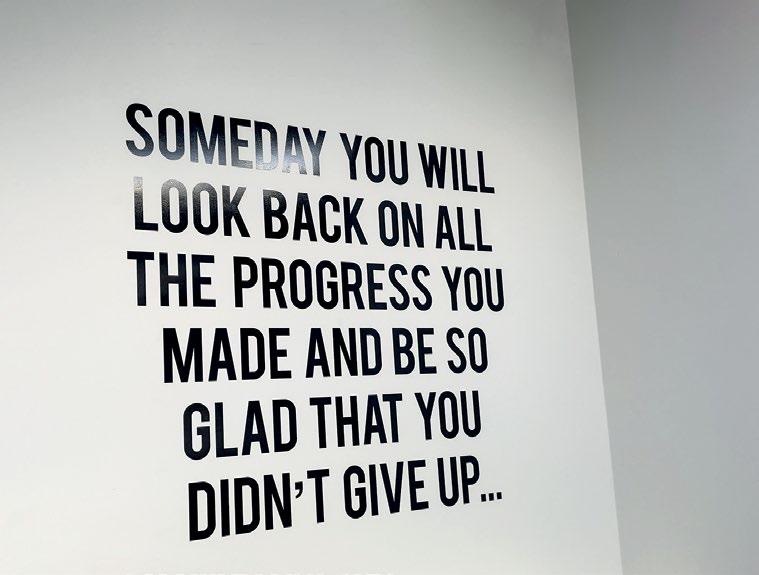
While we’ve run various features on Northchill Group trucks over the years, we’ve never really delved into Graham Redington’s story, and what Northchill is all about. As group managing director, Graham is an approachable but no-bullshit, matter-offact kind of guy. He calls it like he sees it.
And that’s pretty much how one would describe Northchill Group. Its Pukekohe head office is clean, orderly. Fleet photos greet you at the entrance. The team has a cleancut image. They greet you with a friendly handshake and a willing conversation. The sense of purpose is evident in sayings such as, ‘Rule #1 – If we don’t look after the customer... Someone else will’, and ‘Someday you will look back on all the progress you made and be so glad that you didn’t give up...’ painted in large block letters on the office walls.
At Graham’s side as director and head of finance is his wife Michelle. The two established the business in 2007, having returned from Australia after five years. “We bought a tanker business from a guy who carted chemicals. We built that up and sold it, but kept a part of the chemical work. Today, the company runs three acid tankers under Graham Redington Ltd.
“Then, I had a mate at Goodman Fielder transport, and we got into doing milk runs for Goodmans when Mainland/Anchor got split up. So that’s how that came to be, with three
trucks there, and we did that for a time.”
The relationship with Foodstuffs followed, 16 years ago, and refrigerated freight runs are the company’s main line of work today.
“I ran into one of the Foodstuffs board members at the point they were going from company trucks to owner-drivers. So we got in and started there with one truck. It grew to three, and eventually we had 10 runs. We now have seven, which we’re cool with.

Foodies are good people. If you keep a tidy operation, you’ll be there forever,” Graham says. That’s the responsibility of Northchill group operations manager Cory Knox and operations manager Steve Rowe.
In 2021, the diversity in Northchill Group’s work was expanded when Ontour Logistics was added to the fold.
“We brought four trailers off Brendan Main in Thames and then started Ontour Logistics. We tidied it up and have grown it to 15
Northchill has outgrown its current Pukekohe depot, with a move to a new site at Bombay coming up.
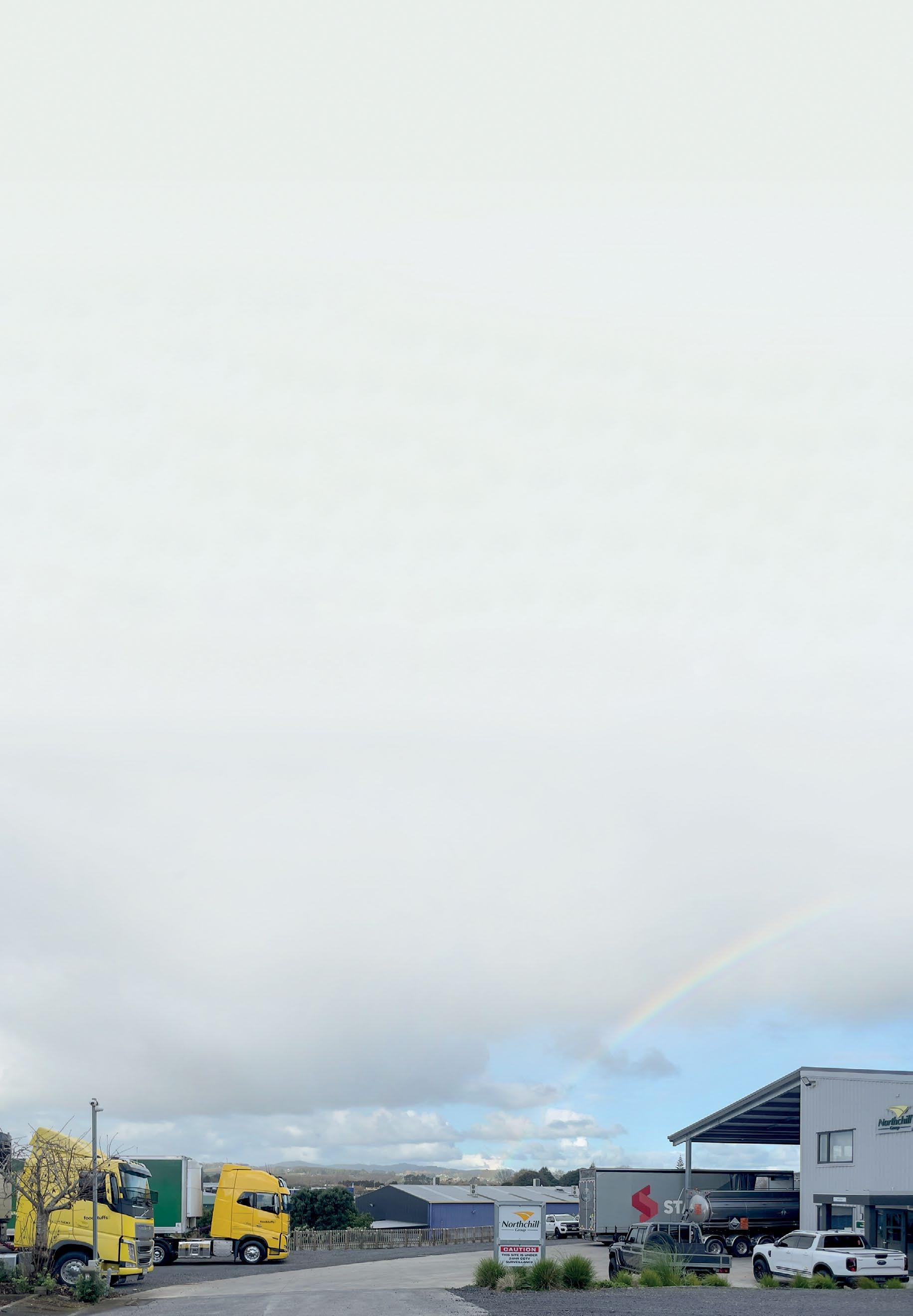
concert trailers,” says Graham.
Concert logistics may be a seasonal operation, but it’s full-on work by all accounts, and under the watch of Ontour operations manager Toby McLean. “It’s not something you can just come in and ‘give a go’. Everyone thinks it looks easy, but it’s a lot of planning and hard work. And you have to have guys on the job who know what they’re doing,” says Graham.
Finally, under Northchill Express, the company offers general interisland freight and contract logistics. Those Invercargill-built Stabicraft boats you see on the move? That’s Northchill Express on the job. Northchill Express operations manager Paul Crooks keeps things ticking.
For Graham, trucks are in the blood, no doubt influenced by dad Martyn operating trucks and diggers in Wellington during Graham’s youth. However, his story started with landscaping out of school. “I did that for years, but then moved into transport as a courier and grew from there to the likes of driving interstate in Aussie.”
Today, daughter Hollie is Northchill Group health and safety and compliance manager, and has a promising future in the business.
“She really acts as my PA – she keeps me in check!” says Graham.
In early 2025, Northchill Group will enter the next chapter in its story when it moves into its new 2ha site at Bombay.


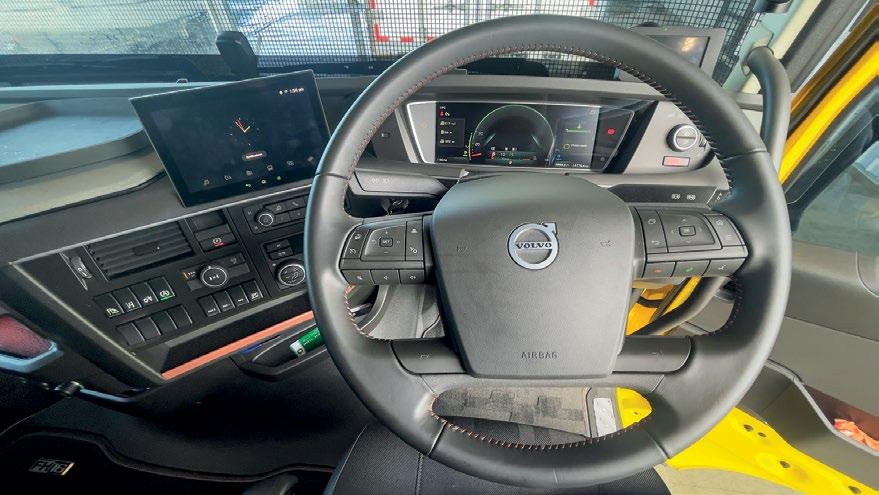
“Cruising around, I leave it in auto, and for tight, slow-speed bends like The Sisters or Bulli Point, I’ll set it on stage two. It’s strong enough to hold it in those situations. Stage three does grab,” he explains.
As we’ve experienced before, VEB+ operates quietly, barely
breaking the night-time peace.
On Transmission Gully’s steepest descent, it held a steady 90km/h in 10th at 1900rpm. Earlier, heading down the Taihape Divi, Marshall used a different approach to manage his speed, setting the downhill cruise at a comfortable 76km/h.


In addition, Marshall has at his disposal adaptive cruise control with forward collision warning and emergency braking. “The adaptive cruise is great driving through fog on the expressway. I just set it to max distance and cruise.” The FH is also fitted with lane departure warning and
lane change support, which employs radar sensors at the left-hand side of the cab to check for vehicles in the blind spot. Marshall is a fan of the left-facing camera. Concealed in the mirror housing, it displays a wideangle view down the side of the combination on the central
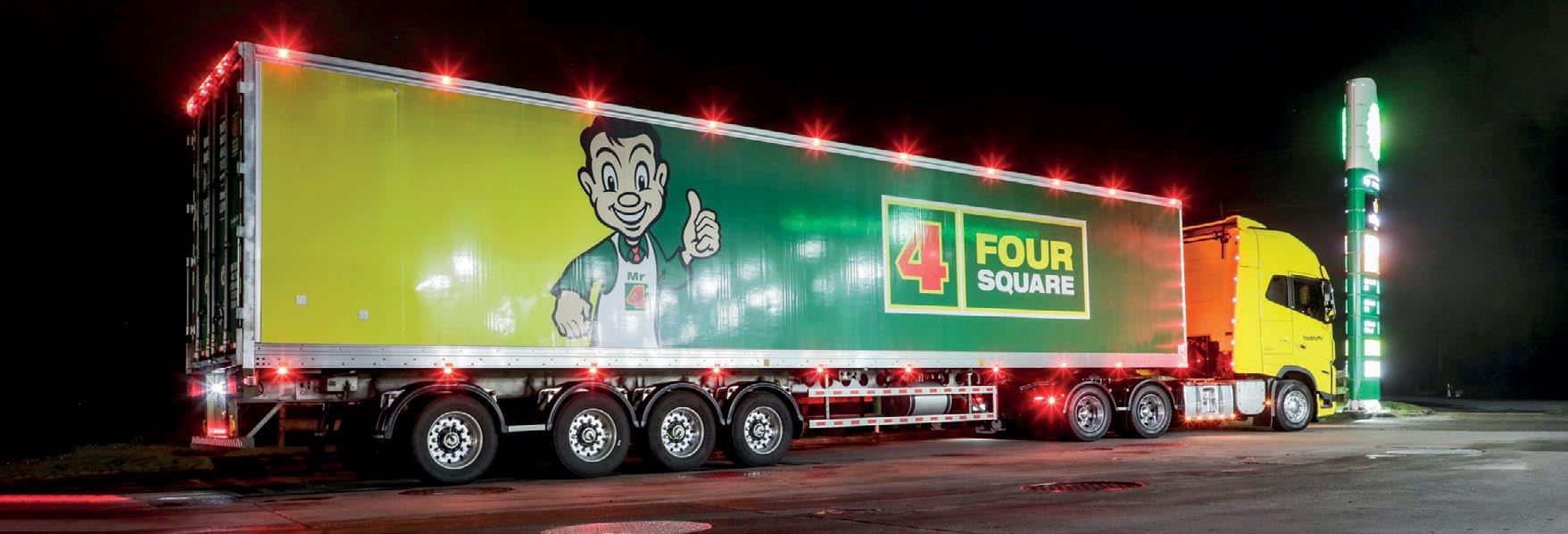
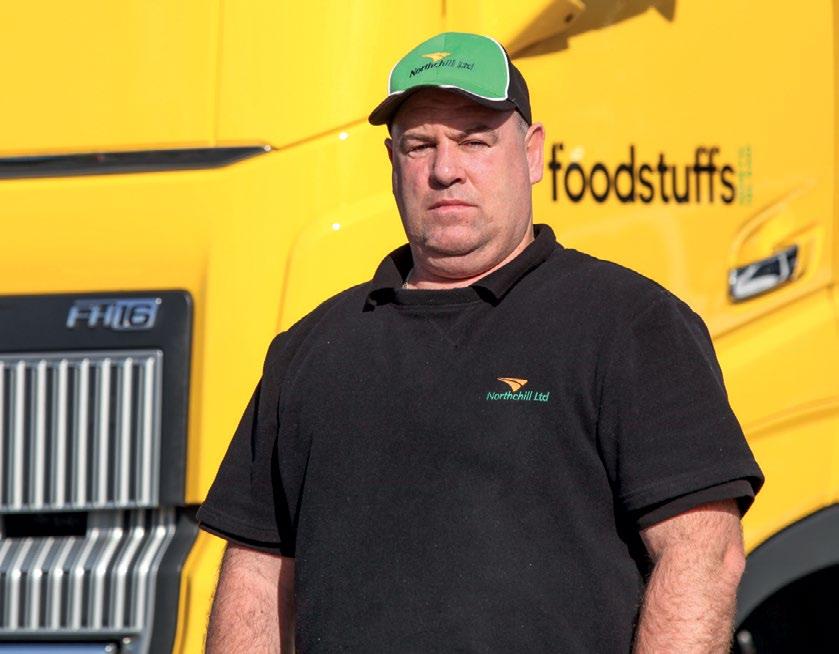
Most of us will experience a defining moment in our lives, an event that changes things forever in one way or another. Sometimes it’s a decision we make that directly sets the course going forward. Othertimes, it’s an event completely out of our control – being in the right or wrong place at the right or wrong time. For Marshall Howl, that event occurred at 5am on Wednesday, 17 December 2003.
Only 23 years old at the time and driving for Palmerston North-based Clark and Rogers Transport, Marshall was just pulling out of the Ōhakea weigh station when he got caught in a pile up when two other passing trucks connected. His Foden Alpha ended up 50m from the impact site; its cab impacted so hard it was displaced from the chassis.
“I was stuck in it for a couple of hours before they could get me out and into the helicopter to hospital,” Marshall says. “I was put into a coma and woke up on Christmas Day to my dad sitting in the hospital. I had a broken leg, a broken arm, skin grafts, a punctured lung …

and I was in the hospital bed telling the boss I’d be back at work in six weeks. He said, ‘You effing won’t be!’ But the arm didn’t heal as quickly as it should’ve, and they had to eventually reoperate. I spent 10 months off the road, and after psychiatric and driving assessments, I was declared fit to drive.
“Mentally, I have no memory of it. I have no memory of going to work or my runs to Te Kūiti and back that night,” Marshall says. “As such, I have no fear from it. If I did, I might not have gone back driving. How I’m alive is a miracle, but I survived it and got back in the seat. I can hide from it, but I haven’t. Everyone who knows me knows that history.”
Marshall would go back to that same job at Clark and Rogers full-time in 2004. A career truckie, he is a driver to the core, tracing the trucking lineage back generations.
“Dad’s dad, Ron, was a farmer, but was sent to North Africa in the war and drove trucks there. He came home and went back to farming. Mum’s father, Dudley Thompson, had a three-truck transport carriers’ business in




infotainment screen.
“It’s magic. For example, you can watch you’re not going to drag your trailer rounding a kerb,” he says.
Also contributing to good visibility are the FH’s full LED headlights, which provide very good illumination. The LED spotlights ex-DAF are still as good at turning night into day as we remember them being. The job of night driving is made so much more relaxing when you can see properly … “I say, I’m living in the dark, why not have good headlights? It’s a wall of light from the LED spots,” Marshall comments.
The combination of a high cab, with its front spring and rear air suspension, and an average 66db noise level at cruise, means the FH remains one of the industry’s great mile-munchers. “It just cruises along great. You don’t know you’re doing 90,” Marshall comments.
It’s not all perfect, though, as he points out: “I could never hear the fridge motor start up in the DAF. I can in this. And I’m surprised how much firmer it is … it might just need more time to free up.”
But, still, a Series 5 FH Globetrotter XXL cab must be among the top of its class. You have the same 2100mm floor-to-ceiling height as the Globetrotter XL (150mm higher than the standard Globetrotter) and 2170mm interior width, but with 2200mm between the windscreen and rear wall (1950mm for the XL and Globetrotter), the cab is truly voluminous. It also means bed dimensions of 1065 × 2130 × 160mm, which enhances comfort on the two nights per week Marshall sleeps in it.
At his disposal, Marshall has a microwave, fridge/ freezer, telly, and six overhead compartments (with numerous other cubbies, pockets and trays dotted around).

the 1930s and 1940s, two-axle Fords and the like. He sold his business in the late 1940s or early 1950s to what became Manawatu Transport today.
“Dad, Brian, left school and went working for an agricultural contractor, driving trucks and tractors, and he drove a milk tanker between 1965 and 1970 for the Manawatu Co-Op in Longburn. When he and Mum got married, he bought a farm and started that life.”
Marshall has memories of a couple of the farm trucks over the years. “The ’53 OLB Bedford once broke an axle and got stuck down a hill when we were doing a load of hay out of Rongotea. We got the tractor and dragged it home. In 1992, when I was 12, Dad bought a Butterbox International off another farm when we moved to Marton. I used to drive that round the farm as a teenager.”
With truck-driving uncles and cousins, the trucking influence was never far from Marshall. “My family do say I’ve got the truck driver in me. I’ve always been fascinated by it. But I only ever wanted to be a farmer because that’s what I grew up knowing; I wanted to live that lifestyle.”
The two paths would converge during Marshall’s teenage years when he worked for Bruce Gordon Contracting near Marton over three hay seasons.
“They had two little

two-axle trucks and that’s what I learnt to drive on. We’d drive down the farm, on the country roads.”
In 1998, at 18, Marshall got his first truck-driving job, taking to the wheel of Marton ITM’s Ford N1317 two-axle, 14-tonner. “The furthest I went on that job was Ohakune. I was out on my own, and for an 18-year-old, that was first-class trucking!”
At 19, Marshall went off to Deca Training in Rotorua to get his trailer license and promptly got a job at Farmers Transport Fielding. “My first day was rough. The guy I was working with fell off the truck, four wool bales high, and died in front of me. That was an eye-opener. I was in the real world with big trucks now,” he says.
The job at Farmers included carting peas into Wattie’s Fielding, which progressed to running trailer loads of veggies to Hawke’s Bay, before moving onto stock trucks. “We had 380 Nissans; they were a big truck!” Marshall recalls. “Farmers Transport was good.”

However, with work slackening off, Marshall began driving stock trucks for a local Rongotea operator Egan Gennills of Egan’s Haulage. “We’d pick up beef calves and have to lift them three decks high in the crate. I’d have 30 to 40 pick-ups, with an agent, a few here and there. Then I would deliver them on my
own, doing long days and half the night. I had a lot of fun working there, coming from a childhood on the farm.”
With three seasons behind him, the drought of summer 2003 meant the stock work dried up, and by July, Marshall was on the hunt again. He went door-knocking and Clark and Rogers had a job, running DB beer on a five-night swap. “That was the job on the Foden Alpha. It was a great truck,” Marshall says.
Having recovered from his accident and with Clark and Rogers selling out to Roadfreighters, Marshall did a short stint with Symons Tankers, running milk from Longburn to Hawera. “I only got six weeks work there … I married in the November and went to Aussie for a week on honeymoon. When I came back, I got two days’ work and they pulled the pin, volumes were down. So, I was looking for a job again.”
Palmerston North-based Cam Arnott Transport helped out with a job for three months over the Christmas period, but within two months, two drivers left, so in 2006 Marshall found himself part of the team full-time, running Yoplait to Auckland and Christchurch from Palmerston North, thus kicking off his career in refrigeration.
When his time there ended four years later, it was back to Symons for another season





before Marshall kicked off an 11-year stint with Hall’s on various runs.
“I took the Taupō swap out of Longburn for Woolworths. I did that for a year and a half but I wanted to move to the dayshift. I covered the South Island run for two months when I got a new day-cab eight-wheeler Western Star, followed shortly after by another with a DD15.
“After the Kaikōura earthquake I was moved to Blenheim, running trailer swaps there for three months. It was good fun and all, Blenheim filled up with North Islanders in the earthquake recovery, but I had two young kids at home, so I went back to Palmy and they gave me the Longburnto-Christchurch swap – via the Lewis Pass to Culverden. I did that for a year and a half; it was probably the best time at Hall’s. It was great.”
Sadly, with the arrival of the Covid-19 lockdowns, Marshall found himself at odds with Hall’s mandates and with his hours reduced to 40 per week, he made a temporary move to Envirowaste running to Bonneyglen landfill at Marton.
“That was a bugger with the mandates at the end. I wasn’t to know at the time, but I could’ve survived the two months before it went away, and avoided six months at Envirowaste. It was a filthy job; the trucks were disgusting. It was all unpleasant. It really pulled me down.”
As fate would have it, at the
point Marshall decided his time at Envirowaste had reached the limits of ‘temporary’, an old friend now driving for Northchill posted to his Facebook about starting a new run.
“I messaged him, and they’d been advertising the job for a month, but only in the Auckland listings, so I hadn’t seen it! I spoke with Cory [Knox, group operations manager], and he basically said: ‘You’ve been at Hall’s 11 years, you’ve got the job!’ I started a week and a half later and have been there two years now.”
At 44, and having run the gambit of driving jobs, Marshall reckons refrigeration is where it’s at for him. “I’ve been on it 18 years in total now. This job is second nature to me – I’ve been going into Longburn since 2006! And that’s what they want, what the customer wants … the experienced drivers they can rely on.”
With two sons aged 20 and 15, there’s always the potential for a fourth generation of drivers in the family. “Their childhood is different to what I had – growing up in town compared to out in the country. The older one is into cars, but I reckon the younger might have an interest. He comes one Sunday a month to Taupō with me.”
A man who’s experienced road transport’s great highs and horrific lows, Marshall Howl is an inspiration in overcoming adversity by embracing it.
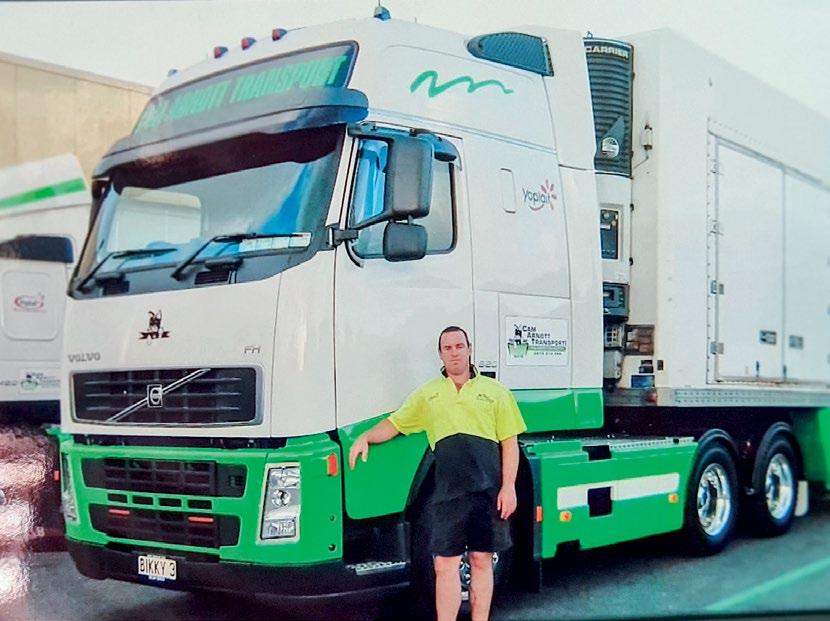



We covered the Series 5’s redesigned cab fully in our June 2022 feature of TSL’s FH16 700 Globetrotter XL, so we won’t repeat ourselves too much here. Suffice to say, the Series 5 FH dash still looks fresh, clean and modern four years on from its introduction, with that same sense of being ergonomically designed and built of solid, quality materials. If one were to nitpick, you could say the cupholders are a bit of a stretch from the driver’s seat, and Volvo’s famous birdbath dashtop tray is take-it-or-leave-it – we’ve always loved it, but it’s the latter for Marshall.
With many things in life, there’s always the question of how much is too much? Is an extralarge cab too much to act as a home on wheels just twice a week? Is 750hp too much to move 40-odd tonnes when 530 did the job previously?
And as with many things in life, the answers to those
two questions are a matter of perspective. From the perspective of Northchill, smart, big-cab trucks that are comfortable for their drivers all the time are part of the image.
From Marshall’s perspective, the ease with which the extra power enables him to maintain pace and complete an AucklandWellington-Palmerston North run without troubling the logbook takes the edge off and makes the job that much more enjoyable.
From the perspective of keeping supermarket shelves continuously stocked and the people of the nation fed and happy, the FH16 750 Globetrotter XXL fits in perfectly.
And, as a last jaunt with Volvo’s big 16L, we quite literally couldn’t have asked for more.
As we said in that TSL test, “No matter how often you do it, revisiting the big bangers is always a thrill.” With the new D17 topping out at a Scania V8-beating 581kW (780hp) and 3800Nm, the thrill is set to continue.
Our sincere thanks to Graham and Michelle Redington for allowing us, once again, to feature one of their trucks and sharing the Northchill story. Thanks to Cory Knox and Steve Rowe for helping to organise the runs and clearing us with Foodstuffs and Goodman Fielder.
Thanks, especially, to Marshall Howl for letting us ride along, sharing your story so openly, and for your incredible enthusiasm during and after our time on the road.
To Scott Robinson, Blair Stapleton and the team at Volvo Trucks New Zealand, many thanks for your ongoing support of New Zealand Trucking
Tare: 9870kg (load cert)
GVM: 28,500kg (load certs)
GCM: 60,000kg
Wheelbase: 4285mm
Engine: Volvo D16G
Capacity: 16L
Power: 551kW (750hp) at 1600 – 1800rpm
Torque: 3550Nm at 1050 – 1400rpm
Emissions: Euro-5 via SCR
Transmission: Volvo IShift automatic transmission with overdrive, distribution/longhaul software.
Chassis: 8mm
Front axle: FAL7.5
Front-axle rating: 7500kg
Front suspension: Two-leaf parabolic, stabiliser bar
Rear axle: Single-reduction tandem, 3.09:1
Rear-axle rating: 21,000kg
Rear suspension: Volvo air suspension, stabiliser bar
Brakes: Disc. ABS, EBS
Auxiliary braking: Engine brake, VEB+
Additional safety: ESP package. Adaptive cruise control with forward collision warning and emergency braking. Lane departure warning system, lane change support. Driver alert sensing system. Driver and passenger seatbelt pretensioners.
Additional productivity: Information platform with Dynafleet Support. Telematics gateway with 4G/ LTE & WLAN. Fleet management system gateway. Load indicator software for truck and trailer axle weights.
Fuel: 460L
DEF tank: 90L
Wheels: Alcoa Dura-Bright
Tyres: 385/55 R22.5 (f), 275/70 R22.5 (r)
Electrical: 24V
Cab exterior: Automatic LED headlamps with cornering lights, integrated fog lamps and LED daytime running lights, headlamp cleaning system. Auxiliary spotlights. Rain-sensing wipers. Front underrun protection. Electrical cab tilt. Cab suspension front spring, rear air. Electrically heated and operated flatglass mirrors with front-monitoring camera on passenger side. Aerodynamic roof kit and cab side skirts. Tinted side windows.
Cab interior: Electronically controlled air conditioning. USB Communication Connector (3 ports). Fire extinguisher – 2.5kg. Writing pad. Leather and textile interior trim, leathercovered steering wheel, seat armrests, in-step grab handles. Heated and airsuspended driver and passenger seats. Lower bunk, 815mm wide, semi-firm mattress, premium mattress overlay. Rear upper cab storage – 245L. Underbunk fridge – 33L. Flexible reading lamp (snake light). TV. Electric roof hatch. Extra insulation in cab. Cab parking cooler and heater. In-cab microwave.
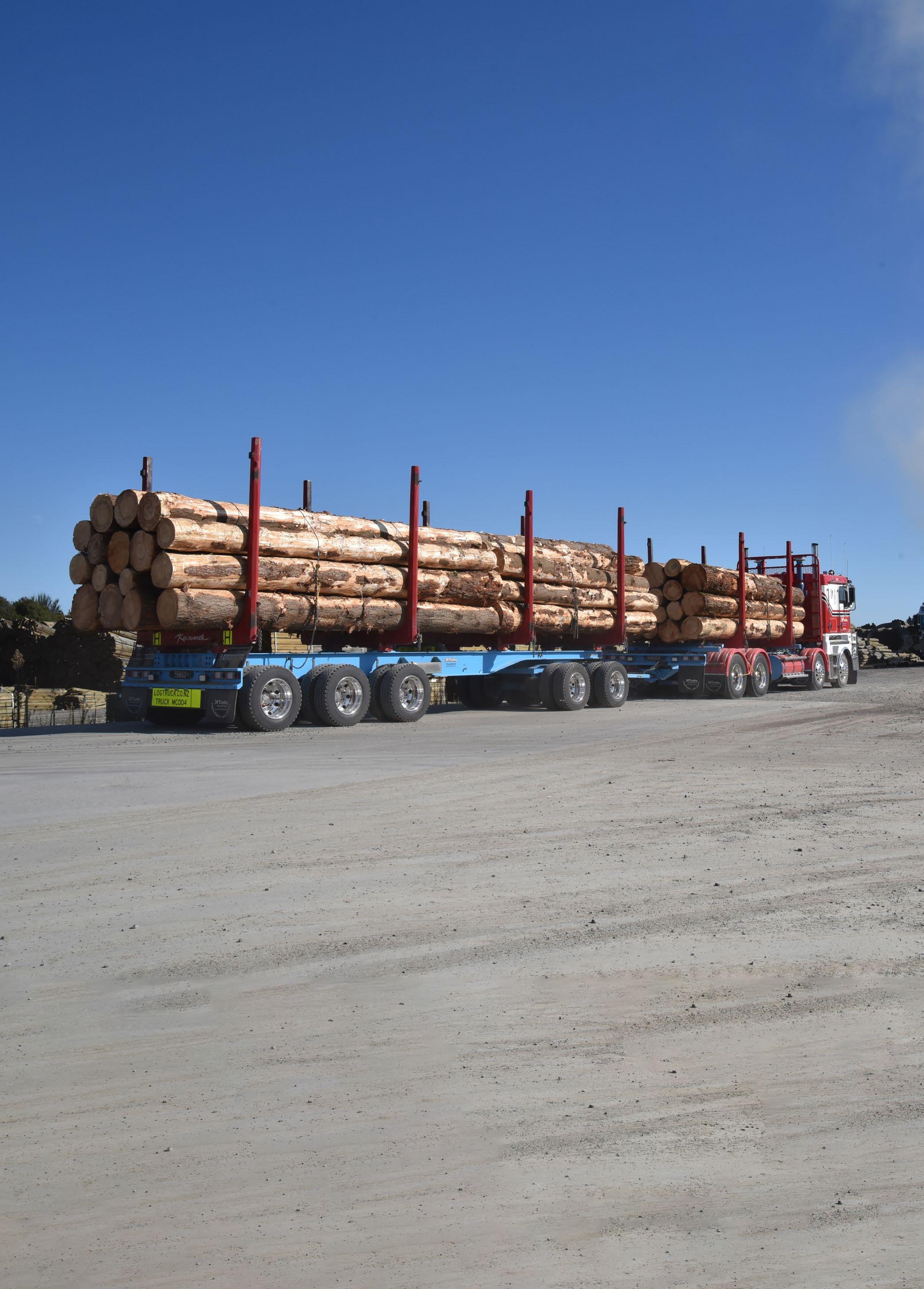



Every cover truck holds a special place in the history of New Zealand Trucking magazine. We love to see where their road has taken them.
SEPTEMBER

No.25, Blue Shadow, now tows a flat-deck quad in the Hoskins Transport fleet. Managing director Gint Hoskins says it has been a solid truck since joining the fleet from PBT three years ago.
Volvo FH16 600 Globetrotter 8x4
Currently owner: Hoskins Transport, Oamaru
Current odo reading: 1,500,000km
Current work profile: General freight mainly between Invercargill and Christchurch
Basic original spec: Volvo D16G-600 at 441kW (600hp), Volvo I-Shift 12-speed AMT, Volvo RTS2370B tandem drive set, 3.4:1
What we said in 2014: “There is still a market for flagship models capable of running at maximum weights in difficult terrain and providing the best possible environment for longhaul drivers. In that select company, the new FH Globetrotter has raised the bar yet again and will continue the fine tradition set by its ancestors.”


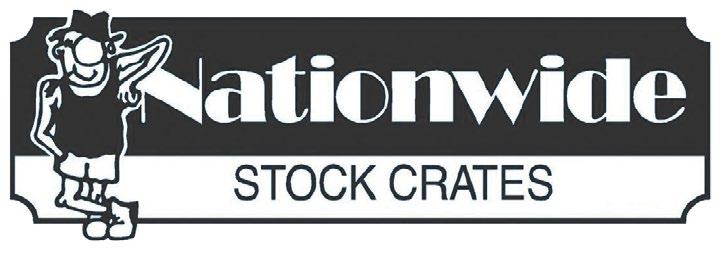













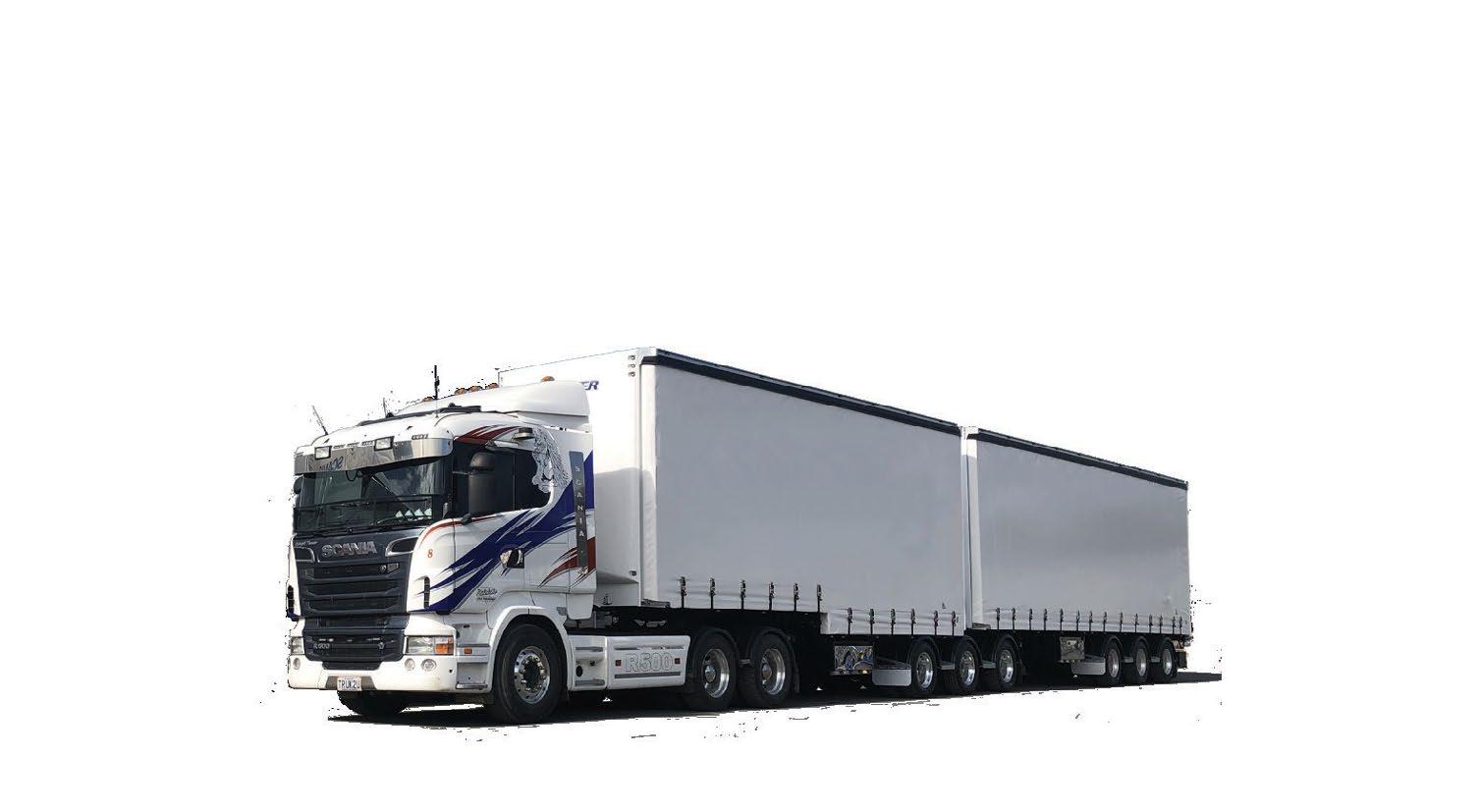
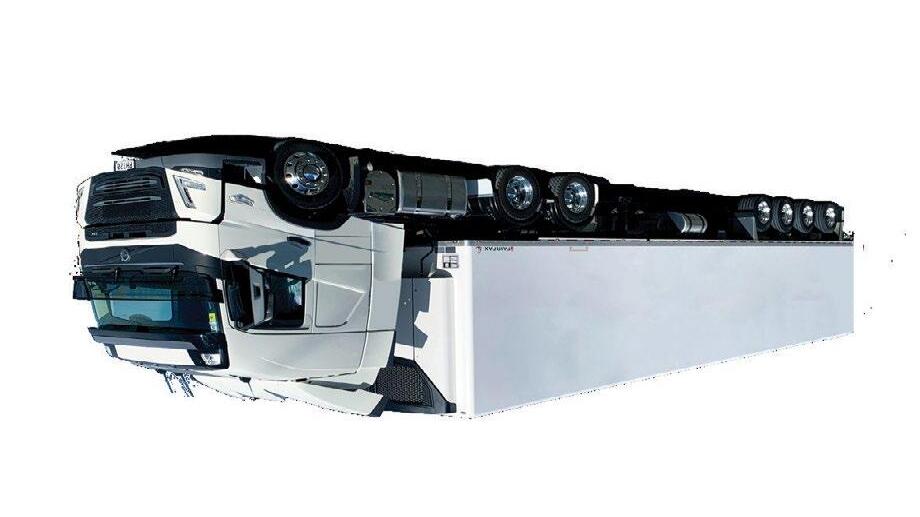
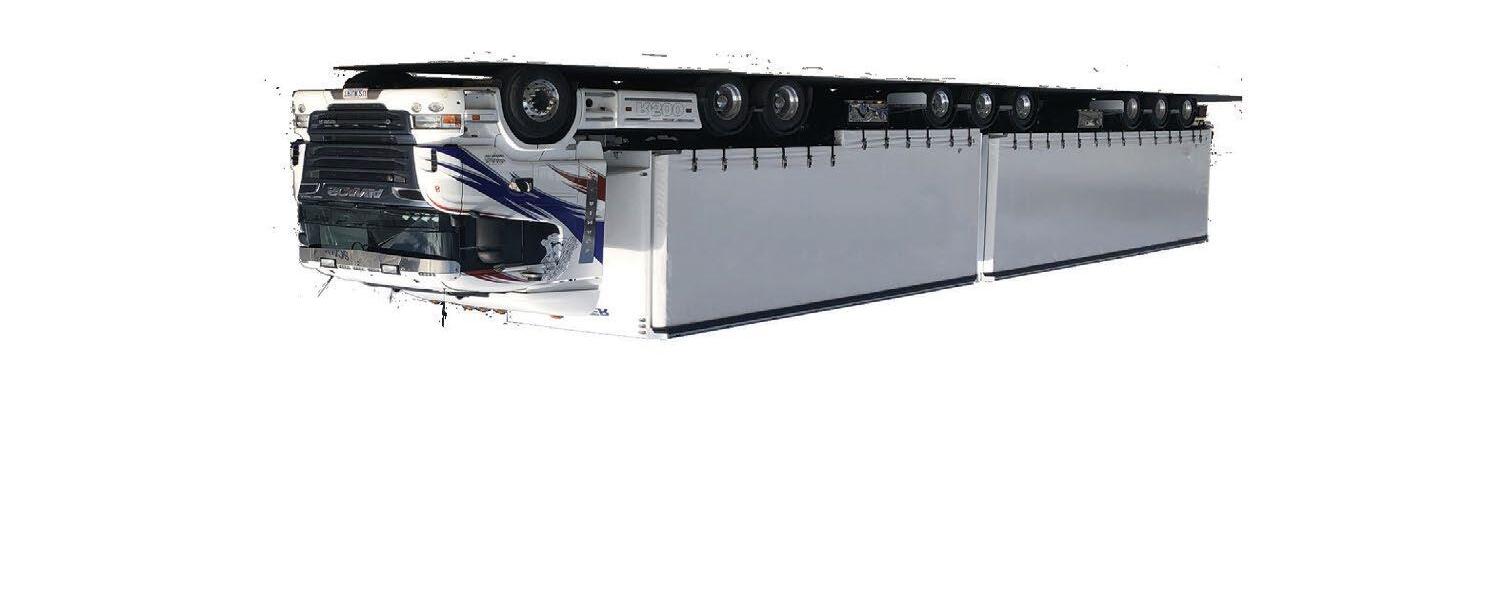

New Zealand’s trucking industry is not shy of raising awareness about issues affecting its people – and society at large – with many companies using their trucks as mobile billboards to get people thinking and spark conversation about tough subjects. With a recent flagship addition to its fleet, Dirtworks has placed prostate and testicular cancer awareness front and centre.
Story and
photos
by Gavin Myers
It’s amazing how often embarking on a simple journey can lead one down a path to greater things. When general manager Lewis Morgan and director Iydden Wood of Whenuapai-based Dirtworks began a renewal programme for its 18-strong fleet in 2023, they couldn’t have imagined that a year later, they’d be supporting a greater cause.
“We had a real mixed fleet. It was unmatched, looked awful and didn’t show our size or uniformity. So we embarked on a programme to refurbish and paint all the bins and partnered with local signwriter Dr. B Signage and Branding in Westgate to create a cool, modern livery,” explains Lewis.
“But some trucks were around six or seven years old, and maintenance was increasing while utilisation was decreasing. So, in June 2023, we picked up our first new
Fuso Shogun 510, put it in the new livery and loved how it looked. In November, we bought the second, and in February, the third. We saw real benefits from them, driver feedback was great, and it started changing our reputation as well,” he says.
This success led Lewis to place an order with Shannon Pelser at Keith Andrews for four more Shogun 510s, though one would later be changed to an Arocs – something that had a bit more presence and would be able to make a bit more of a statement…
Having previously worked with Barry Hart, Lewis was inspired by Barry ‘s passion and the anti-bullying messages Hart Haulage has used its trucks for. “I thought, ‘What can we do better with the new trucks? How can we use them to better something?’” he says.
The answer hit him in conversation with
one of the Dirtworks team members. “He had a mate that had cancer symptoms for a long time, but being a bloke did nothing about it, and before he knew it, he was told he was past any point of return. I pondered on it and reached out to the CEO of Prostate Cancer Foundation NZ, Peter Dickens. He jumped at the chance to partner with us and get a message out to the industry.
“In conversation with Peter, he spoke about testicular cancer as well. Prostate cancer tends to hit the older generations, and testicular the younger guys … Our driver fleet is around late-40s, average age, and our tip site crew averages in their mid20s.”
“The issue of taking time to be proactive with your health when on the road is really hard. The importance of taking care

Everyone involved with the build of the Arocs has helped make the project a reality.
Making a statement, spreading a message.

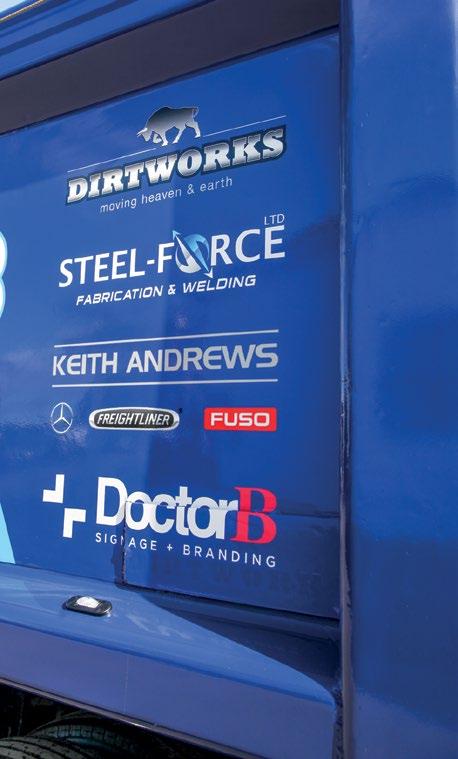

of yourself and being aware of the risks is an incredibly important conversation,” says Peter.
With the wheels in motion, everything began to fall into place, Lewis says. John Avison at Steel-Force Pukekohe, who Lewis says had done a stellar job on the Shogun bins, Darryl Blom from Dr. B, and Keith Andrews Trucks all got behind the project and helped to make it a reality.
The messaging currently on the Arocs is an interesting story, too. “Peter’s team sent me artwork for it, and we were just about to press print. I was on LinkedIn and saw the foundation had put out its September appeal, ‘Say something blue to help a mate through.’ I thought, that would really stand out, so we asked if we could pinch it. Darryl created the design, and that’s what we’ve gone with to start. It’s a perfect message with the truck going on the road before September,” Lewis explains.
The plan is to run the livery for six or seven weeks and then revise it to something a little more permanent, speaking to the foundation itself. “It’s a cost we’ll take onboard; it’s worth it for what it is,” Lewis says.
Though it’s only just gone on the road, Lewis says the Arocs has so far been very well received. “I kept it quiet for a while. I wasn’t sure at first how everyone would take it. But I was blown away by the response. There hasn’t been a bad word said about it, only positive.”
The man tasked with spreading the message in the course of his daily work is Steven Paul. A truck driver of 30 years, Steven has been with Dirtworks since 2020, and in that time, has proved himself to be just the man for the job.
“Whenever we put a new truck into the fleet and we choose the driver for it, we look at the way they behave on the road, their pre-starts, attendance, attitude … it’s never on a tenure basis. Steve is a man of few words, but he goes about his business in the right way,” says Lewis.
“We were in the yard, and I told him what we were doing, and he went quiet for a moment. I thought, ‘Okay, he’s trying to figure out how to turn it down,’ but he was actually taking a moment to process it because he has family that is going through prostate cancer right now.
“After a few seconds, he said, ‘Yeah mate, it would be an honour to drive it.’”
Having driven a wide variety of trucks both locally and in Australia, including the series 1 and 2 Actros, Steve says his new Arocs is one of the nicest trucks he’s driven. “Dirtworks is a good crowd, and I pay them respect back and keep my trucks in top condition. After 30 years, I’ve got a lot of friends still out on the road; they’re going to get a shock when they

see me driving this! It is going to get noticed, it’s pretty ‘out there’. For sure, we need more of this out there, men especially are afraid to talk,” Steve comments.
“My father-in-law just finished dealing with prostate cancer. He’s all clear now. When Lewis told me, I thought, with him going through it, it’s been a bit scary. And my dad died of cancer, uncles have had it, and there have been other cancers in the family. So I had no worries about it … why not put the message out there?”
As Lewis says, the more you speak to people, the more you come across people with a connection to cancer. “We talk about six degrees of separation, but this is more like two degrees. But you don’t pick up on these issues until you’re made aware of them. By nature, our industry is heavily male, and they’re in that risk age bracket. So that truck, no matter what job it’s on, will reach an audience where it might just encourage someone.”
Peter adds: “There are a lot of men affected in the transport industry. Through this initiative, Dirtworks is helping us provide services to those men and their families. We just might save lives.”
Says Lewis: “It’s great to be part of something bigger than us. I’m immensely proud of it.”
Other than skin cancer, prostate cancer is the most commonly diagnosed cancer in New Zealand, and testicular cancer is the most commonly diagnosed cancer in male teens and young men aged 15 to 39, according to Prostate Cancer Foundation NZ and Testicular Cancer NZ.
The Blue September fundraiser campaign aims to get Kiwis to say, or do, something blue, to help a mate through. Head to: blueseptember.org.nz to get involved, or make a $3 donation by texting BLUE to 2449
For additional information on detecting, dealing with and beating prostate and testicular cancer, head to prostate.org.nz and testicular.org.nz.

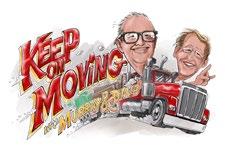


•
•
•
•
•
•
GCA2
•
GCA7
• Unique non-directional traction patterns ensure optimum traction and prolongs tread life.
• Superior sidewall cut resistance.
• Good self-cleaning with groove stone ejector.
• This deep tread is particularly suitable for loaders and dump trucks operating in quarries or mining.
GCA3
• Applications: Articulated dumper, dozer, loader, and graders.

•
•
•
• Non-directional traction and standard tread depth pattern design.
•
•
• Excellent performance supported with heat resistant compounds.
•
•
•
GCA8
Superior sidewall cut resistance. ceptional casing durability.
GCA8

Another beauty from the phenomenal collection of Christchurch’s Richard Lloyd. Alistair Pearson operated this W923S Kenworth on stock as an owner-driver to Steve Mitchell in Darfield. The truck was new to John Pullam and was one of two he owned. Both had Cummins V8 903 engines. The
• Primarily designed for mining, off the road, and muddy surfaces.

Enhanced stability and riding comfort. The extra-deep tread pattern is specially designed for loaders. Excellent performance on extremely rocky surfaces, in open pits, quarries, and underground mines.
• Superior sidewall cut resistance.
• Long tread life, exceptional casing durability.
• Enhanced stability and riding comfort.
Non-directional deep tread pattern designed for muddy and soft surfaces.
Excellent traction and floatation offer comfortable handling.
• Excellent performance on extremely rocky surfaces, in open pits, quarries, and underground mines.
Superior long tread life and excellent puncture resistance.
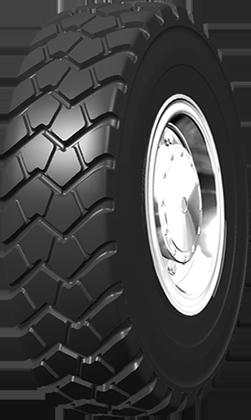






GCA3


• Unique non-directional traction patterns ensure optimum traction and prolongs tread life.
• Superior sidewall cut resistance.
• Good self-cleaning with groove stone ejector
• The extra-deep tread pattern is specially designed for loaders.
GCA3
GCB5
Low rolling resistance and fuel economy.
• Articulated dumpers, rigid dumpers, loaders, graders.
• With excellent traction and buoyancy performance.
• Outstanding stability and operating comfort, with large pattern plate and long service life.
• Applications: Articulated dumper, dozer, loader, and graders.
• This deep tread is particularly suitable for loaders and dump trucks operating in quarries or mining.
• Non-directional traction and standard tread depth pattern design.
• Applications: Articulated dumper, dozer, loader, and graders.

• Excellent performance supported with heat resistant compounds.
• Non-directional traction and standard tread depth pattern design.
• Primarily designed for mining, off the road, and muddy surfaces.





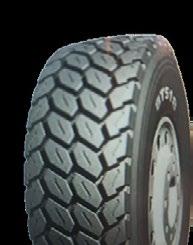
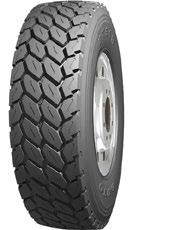
• Primarily designed for mining, off the road, and muddy surfaces. GCA7

• Excellent performance supported with heat resistant compounds.
GCA2
• Non-directional deep tread pattern designed for muddy and soft surfaces.
• Excellent traction and floatation offer comfortable handling.
• Superior long tread life and excellent puncture resistance.
• Low rolling resistance and fuel economy.








Story by Gavin Myers Photos by Gavin Myers and Dave McCoid
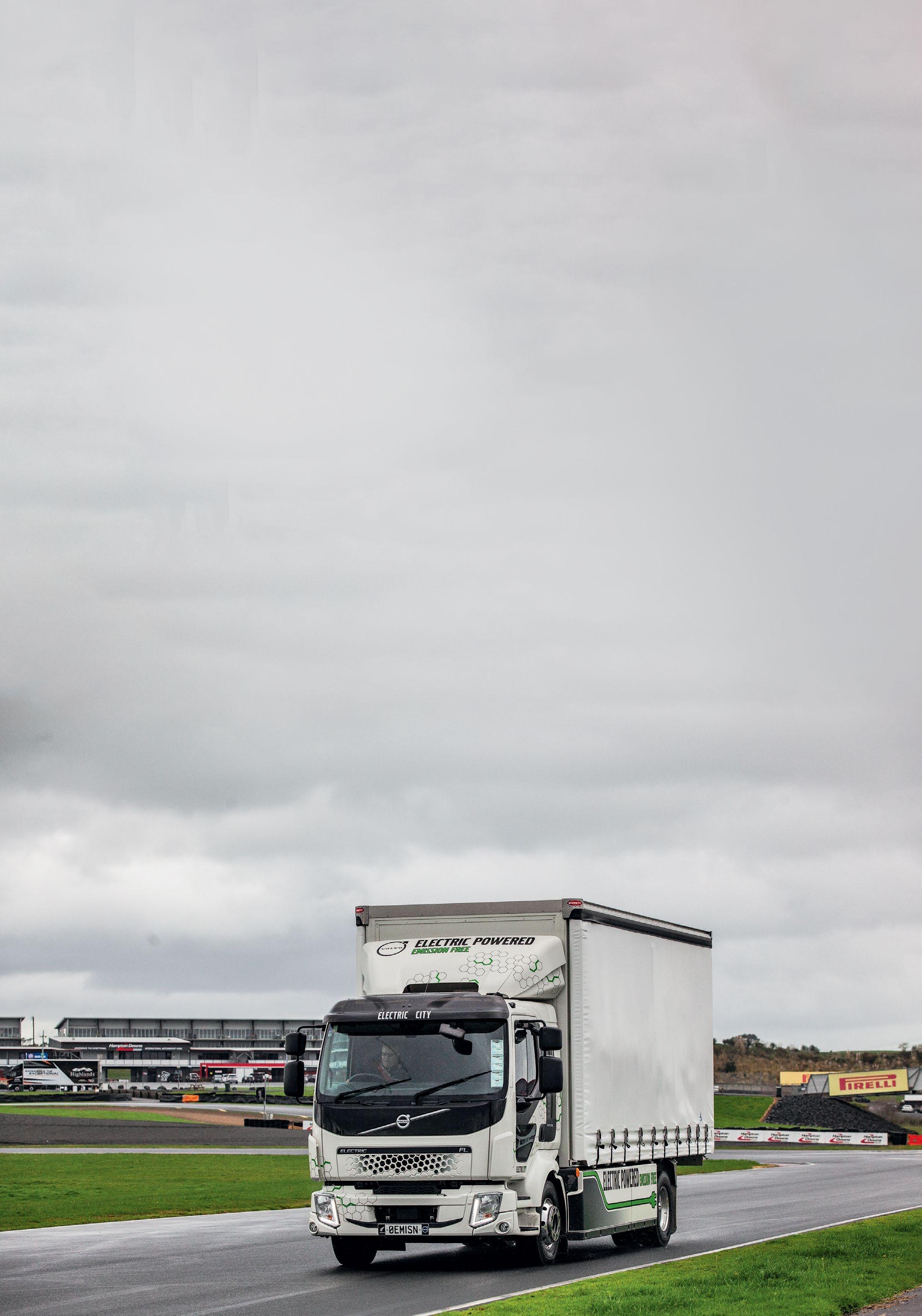
From medium-duty metro models to a full 50-tonne B-traincapable tractor unit, Volvo Truck’s range of electric models has landed in New Zealand.
It was a typical July day in the Waikato – that’s to say, gloomy clouds and persistent rain. There was no chance of that dampening the spirit at Hampton Downs,

though, as Volvo Truck and Bus New Zealand hosted media and customers for continual test-drive laps of the circuit throughout the day.
Now, laps around a racetrack can give only a taste of a vehicle’s capabilities. Still, on first acquaintance, the FL Electric medium-duty and FM Electric heavy-duty models have a lot to offer.
By now, we know the gig … smooth and instant power delivery, near-silent operation and a sense of ease from behind the wheel.
The plucky FL in 4x2 rigid
form (with air suspension on both axles!) is ideally suited to its metro remit. Three steps into the cab via the 90°-opening door. Easily to familiarise yourself with the switchgear. Turn the key as though you’re starting a diesel – and you’re away.
At your disposal is a single electric motor sending its 130kW (175hp) of continuous power through a two-speed gearbox. Power comes from three or four batteries offering 280 to 375kWh capacity. Range, therefore, is quoted as up to 450km. A full charge can be
completed in just 2.3 hours on a 150kW DC charger.
But it’s the handsome FM that gained the most attention. We know the FM well, and the FM Electric is instantly familiar – the only clues being the chassis skirts hiding its six batteries (five optionally) and, less conspicuous, the ‘ELECTRIC’ graphic above the sun visor. With its 50-tonne GCM rating, the FM Electric is powered by three electric motors – offering up to 490kW (666hp) continuous power – coupled to an I-Shift gearbox. Battery capacity ranges from 450 to 540kWh for a range
of up to 300km. The charge time is quoted as two hours on DC.
As with the FL, all axles are air-suspended, but to suit its wider operational brief, the FM is available with low sleeper cab, sleeper cab and Globetrotter cab options.
“The FM (and FH) Electric offers a genuine 50-tonne GCM, 36-pallet B-train configuration – the first EV trucks to offer this option in the country,” says Scott Robinson, national sales manager Volvo Truck and Bus. All Volvo Electric models are available to order now, with up to eight-month lead time (depending on model), says Scott.
The FL is the same truck that was on trial with Fonterra for about eight months in 2022. “We’ve had some uptake with the EVs in trials,” says Scott. “We’ve got one in build at the moment and another three coming for two different companies. One’s for Fonterra Brands, which came off the back of that trial – they just wanted something a bit
bigger. Two of them are the first FM rigid EVs on order. We’re excited about that.”
Scott acknowledges that the industry is facing a massive change. But company owners and operators are beginning to see the operation of electric trucks as inevitable, and enquiries are ramping up. “It’s becoming a real thing,” he says.
“We’re finding it’s more corporates approaching us. They’re being pressured internally as well as externally from contracts to be more sustainable and look at these options for their fleets. That’s driving the enquiries, and it’s a case of working through the process with them to determine if an EV is suitable for the runs they require,” Scott explains.
“Metro operation is the perfect use for an EV. They regen when you slow, so a lot of the stopping and starting is regenning. And they’re built for that work – 200km is an easy day for an EV, especially metro. The EVs we have on hand are capable of doing that
in a day without a charge.”
Currently, all Volvo EVs are made in Europe, but it is expected they’ll be assembled in Wacol, alongside other models for our region, by about 2026.
“We’re working towards that for our part of the world; it’s quite exciting,” Scott says. “It’ll be good; made for our market. But we will still be restricted around configurations because it’ll be a generic global offering.
“As we know, New Zealand runs a lot of 8x4s … globally, they don’t. So, there’s work to be done around offerings and operators will need to look at what they can run.
“Legislation needs to kick in there as well; it needs to be reviewed. We’ve had some brief discussions [with government]. All OEMs are trying to lobby and make them aware how old our legislation is,” he comments.
In the meantime, we can’t wait to see Volvo’s Electric vehicles in operation in New Zealand – 50-tonne all up.
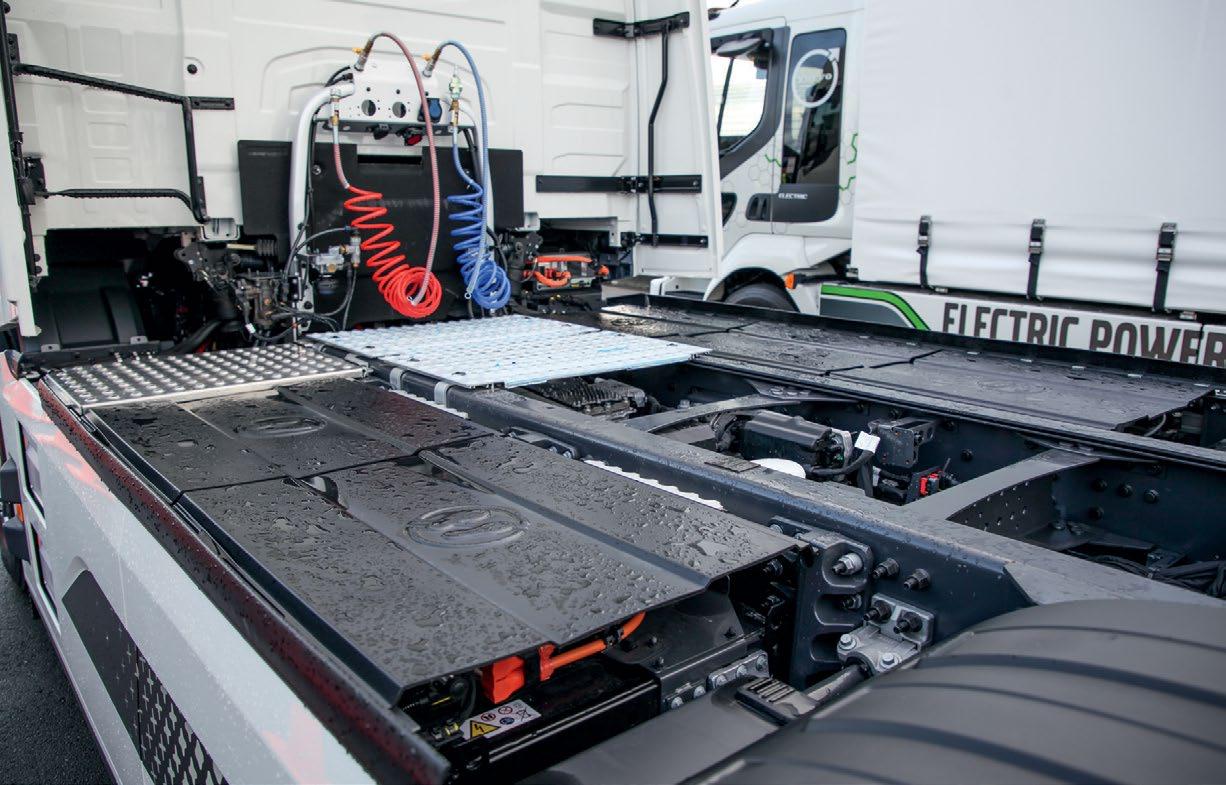
Fun fact: Every new truck out of Volvo’s Wacol assembly plant is filled with 200L of synthetic fuel (biodiesel) before delivery. All Volvo Euro-6 trucks, such as the FH 650s also demonstrated on the drive day, can run synthetic fuels, with
no issues mixing it with pump diesel.
“Volvo has said fossil fuels are here for a while yet, and there will always be a use for them,” says Scott Robinson. “But the target is to reduce the amount we use.”
Electric vehicles can’t be a realistic option without a charging infrastructure, and in this regard, Volvo Trucks New Zealand works with local entity Jump Charging, a business specialising in the supply of commercial electric vehicle charging infrastructure.
“We’re not charging experts; we’re truck experts,” says Scott Robinson. “If customers want to look at charging infrastructure, Jump Charging offers a total solution.”
The company combines in-house expertise and professional partnerships to design, engineer and build end-to-end EV-charging infrastructure solutions.
“Jump Charging was founded to support the commercial and heavy-vehicle industry, and we’re excited to see the growing range of quality electric truck and bus options from trusted OEMs such as Volvo,” says Alex Watson, director and engineering and commercial manager at Jump Charging.
“Our relationship with Volvo is a great example of where we work closely with an OEM and their clients to develop fit-for-purpose, value-formoney solutions.”
Jump Charging considers the specific requirements of each location and application, factoring in the consistency of energy supply and implementing tailored solutions that fit the operational needs.
It offers everything from entrylevel mobile 40kW DC fast-chargers and permanent high-capacity DC charging solutions to support larger electric fleets, and supplementary AC charging.
“Every business has different operational requirements and when considering fleet electrification, in addition to the vehicles themselves, it is critical to assess and select the right charging infrastructure up front to ensure their effectiveness. That is why we work closely with OEMs, distributors, and users alike to develop fit-for-purpose, valuefor-money solutions that meet their current and future needs,” Alex adds.
Story by Gavin Myers
Fruehauf NZ recently showcased a range of new products at its Sustainability, Innovation, Digitalisation Expo. The main event, however, was the launch of the Schmitz Cargobull
S.KOe Cool fully electric semi-trailer.
This year, Fruehauf NZ and Schmitz Cargobull celebrate an eight-year partnership. It began in 2016 with the introduction of Schmitz Cargobull Ferroplast bodies; the next step was to bring in the brand’s refrigeration units. Over the years, Fruehauf NZ has also built up an associated aftersales network, prioritised upskilling and training and invested in parts keeping.
“With Fruehauf NZ, we have become the best and most advanced trailer and
Photos by Gavin Myers, Dave McCoid and Schmitz Cargobull
refrigeration unit manufacturer for the New Zealand market,” says Schmitz Cargobull CEO Andreas Schmitz.
As the two companies enter the next phase in their relationship, Fruehauf NZ has introduced the Schmitz Cargobull S.KOe Cool fully electric semi-trailer. The first of the model in the Southern Hemisphere, it is billed as the most thermally efficient trailer in New Zealand, replacing traditional diesel-powered fridge units with an all-electric setup.
Power is generated by a 20kW electric generative axle with recuperation placed in the middle of the tri setup. This keeps the 32kWh lithium iron phosphate battery at charge while driving, increasing the range and preventing unscheduled stops. The battery pack itself is incorporated into the trailer’s landing gear. It has a self-sufficient running time of approximately 4.5 hours and requires about two hours for a full charge.

The vehicle uses existing components from the Schmitz Cargobull modular product system, and charging requires only a classic CEE three-phase connection.
The electric refrigeration unit provides 15,800W cooling capacity and 10,500W heating capacity. The refrigeration circuit is identical to conventional refrigeration units. The charging and battery management system ensures full practicality, so goods remain at temperature for the duration of the journey.
The system offers three modes for full refrigeration control: The Standard mode allows the battery charge to drop down to 50% before the system begins energy recuperation. It’s billed as costefficient protection against spoilage. For maximum savings, operators can select Eco mode, in predominantly battery-only driving, allowing the battery to run down to 10% charge. Conversely, Safe mode allows

maximum protection against spoilage, allowing the battery to run down to only 80%. In this mode, the system starts recuperating very quickly and constantly, for example, when stuck for hours in rush-hour traffic.
The S.KOe Cool is about 100kg heavier than a conventional fridge unit. However, it returns 5% better efficiency. It can accommodate 33 Euro pallets/26 ISO pallets.
Naturally, with no diesel engine powering it, the fridge unit operates virtually silently. Maintenance is also significantly reduced. Finally, all vehicles are equipped with the TrailerConnect telematics portal as standard, which allows refrigeration unit control with setpoints for operation, temperature and alarm management. It provides information about the battery’s state of charge and the vehicle’s position and is used for route planning.
“TrailerConnect telematics


gives drivers and dispatchers visibility and confidence in the fleet 24/7,” says Josh Mear, Cargobull support at Fruehauf NZ.
“The driver can download the app on their phone or tablet and connect to the system via built-in wi-fi. The despatch team can also set optimum operating conditions, and customers can download live reports and temperature readings.”
Michael Temminghoff, Schmitz Cargobull MD of international sales, says the company makes $100 million per year in research and development and technological investments. “We innovate and strive to provide reliability in the products we offer. To grow globally, we rely on partnerships and the local know-how of our partners. We aren’t experts in the New Zealand market; we’re experts in refrigeration technology. We build a great body that has changed the standards in the New Zealand market.”
With some European cities introducing zero emission zones from 2025 – which will only allow zero-emission vehicles to access them – Schmitz Cargobull originally debuted the S.KOe Cool two years ago. Fruehauf NZ managing director Jeff Mear explains the decision to waste no time bringing it to New Zealand.
“Four years ago, we were shut down in the first Covid lockdown. It gave us the time to reflect on our business. We needed to develop a more sustainable and stable structure
focusing on environmental, social and governance practices.
“We also embarked on a programme called ‘resilience’; we needed to build a stronger and better business around those principles. This initiative involved enhancing governance in our business, building robust internal systems, boosting internal productivity and investing in the technology coming through today.”
As part of its ‘resilience’ programme, Fruehauf NZ has also aimed to increase transparency for its clients, suppliers and staff. It will soon introduce its own portal, called Fruehauf Intranet, allowing clients to keep tabs on their equipment and track the progress of their builds, scheduling and the build process.
“Today, we recognise the importance of decarbonising our business and our customers’ businesses. These products are cutting-edge innovations,” Jeff continues.
“We can grizzle about it, but it’s dawned on me that it’s us who must change; future generations will demand it. This technology showcases our important steps to reaching that goal. They’re not gamechangers, but they’re a step on that ladder.”
The S.KOe trailer is available for customer trials. “We want to give this trailer to our customers to use and understand the tech. It’s new tech; we want to learn from it, too. We want to be at the forefront of understanding how it works,” he says.









Northland photographer Jaymin McGuire recently ran into Shane Stewart outside a bakery in Whangārei. He was instantly drawn to Shane’s 500hp 2009 Mack Trident with its 18-speed Maxitorque gearbox. Intrigued by the impressive rig and the man behind the wheel, Jaymin struck up a conversation, leading to an insightful chat with an exceptionally experienced logging truck driver who operates under SA & DM Stewart Contracting.
Shane has spent over 40 years behind the wheel and has built a solid reputation in heavy haulage, livestock and log transport. His journey into trucking began in childhood, riding with his uncles in the passenger seat. Shane started driving at 16, working for various companies, including M & C Franicevich Dargaville, Smith and Davis, United Carriers and Neweys. A twoyear stint driving road trains in Australia only added to his expertise.
When asked what he enjoys most about driving, Shane’s passion is evident. “I can build things, but I’d rather drive them. Every truckie gets along up here,” he shares. His loyalty to Mack trucks is unwavering: “If it ain’t a Mack, take it back!”



Despite his love for the job, Shane acknowledges the industry’s challenges. He believes the biggest issues are the old guard’s resistance to change and the influx of inexperienced drivers. “Everyone has a right to earn a living, but the way they learn now is different from the old days. They need to be put through a training centre to be assessed for competence – driving, loading correctly, H&S protocols, logbooks, etc.”
While visiting the Kelsall Steam and Vintage Rally near Chester, England, Mike and Alison Verran spotted Joyce Telick sitting on the ground, meticulously touching up the white writing on her tyres. With her well-presented truck and her attention to detail, they had to stop and say hello.
Joyce drives a 2023 530hp XG+ DAF for International C&M Transport, based in Wrexham, UK, carting general refrigerated products.
Truck driving is definitely in the veins of Joyce’s family. “I’ve always wanted to drive trucks since I was this high,” says Joyce, lowering her hand toward the ground. “My dad was a truck driver, and my mum drove trucks in the army.”
Joyce owned and ran a pub for eight years, but the yearning to drive trucks was always there. “I got to the point where I thought, ‘If I don’t do it before I’m 50, I’ll never do it’,” she recalls. “I just wish I had done it earlier. I just love it; it’s in my blood.”
If he were the transport minister, Shane has clear priorities. “I’d call a meeting with CVST, NRC and other stakeholders to address the industry’s issues, including the poor state of roads, inadequate layby areas for oversized loads, and the need for a shake-up in the sector.”
When he’s not behind the wheel, Shane enjoys a good Holden and some welldeserved relaxation.
While enjoying some time out at the show, and catching up on some touch-ups, Joyce wasn’t sure where she was off to on Monday. “I cover all of the UK,” she says, “I’m away all week, every week. My kids are all grown up, which allows me to do this. I’ve been doing it for 12 years now.”
Joyce echoed the sad reality that Mike and Alison heard many times when chatting to drivers in the UK and Europe. “Parking up overnight is a nightmare in this job,” says Joyce. “It’s just not safe anymore. You lose your diesel – I’ve had mine nicked twice – you lose your load…”
Despite the issues, Joyce wouldn’t want to be in any other job. As displayed on the front of her truck, she is a proud member of Mother Truckers, the Lady Truckers Club. Mike and Alison were blown away by Joyce’s enthusiasm for the job, as well as her dedication to her truck.
The vexing question presented to Joyce was, ‘Your favourite song?’ Without delay, Joyce said, Jumping all over the World, by Scooter.


It’s Wheels at Wānaka 2025 – Wheels, wheels, wheels … big wheels, small wheels, thin wheels, fat wheels. Tall wheels, short wheels, wheels all around … so many wheels all over the town.

Cool in camouflage … well sort of, more requisition khaki, to be honest. HES Earthmoving from Hawke’s Bay brought its awesome Terex TS-8 in airforce military spec, complete with the Air Force ensign on the front and sides. The machine is designed to fit in the belly of a Hercules C-130 transport aircraft.

Story and photos by Faye Lougher

In 2023, Aaran ‘Stubbsy’ Sayer was handed the keys to a new Kenworth K200 flat-roof sleeper, the last of that model McCarthy Transport put into its fleet before the first of the K220s went into service. Anyone who knows Stubbsy knows his truck will always be immaculately presented and like new, regardless of how long it’s been on the road.
Aaran ‘Stubbsy’ Sayer’s K200 is slightly different from most of the McCarthy Transport trucks – it is painted in the old company colours of red and white rather than the solid red and silver most of the company’s trucks sport today.
Although he loves his new truck, Stubbsy says he was reluctant to give up the one he had been driving. He had started with McCarthys in a CH Mack before moving to a K200 day cab that he loved.
“I’d been offered two other brand-new trucks and I’d turned them down because I loved the one I had. I said to Mike [McCarthy], ‘Can I just keep it as long as possible?’ One day, he rang and said, ‘We’re going to have to look at moving your truck on in the fleet or getting rid of it, so you better start thinking about what you want.’”
Stubbsy’s new truck is a 2023 Kenworth K200 with a 459kW (615hp) X-15 Cummins and 18-speed manual.
He says the K200 is more comfortable than
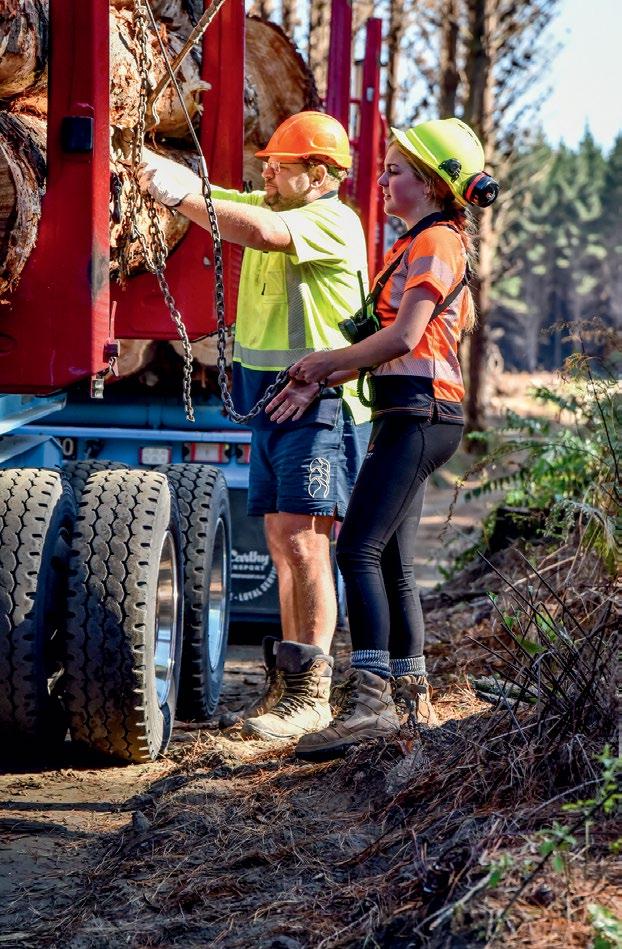
his previous truck because it has air suspension on the trailer, whereas the old one had a spring trailer.
Stubbsy’s father, Richard (Dicky) Sayer, was a truck driver, originally working for Modern Freighters in Levin. Three of his uncles and grandfather were also truck drivers here and in Australia.
As a boy, Stubbsy would ride in the truck with his father – and anyone else who would take him – as often as he could.
“Dad was working for Bruce Hill Transport in Levin, and I started washing trucks there every Saturday morning when I was 13. We also got to move the trucks around the yard and load them, so I learned a lot there.
“Mum didn’t want me to be a truck driver, so trucking wasn’t my first job after leaving school. I worked at Levin Timber Saws for a very short time – being locked up inside wasn’t for me! I used to go to work at Bruce Hill Transport at night after working there, loading the trucks, etc.”

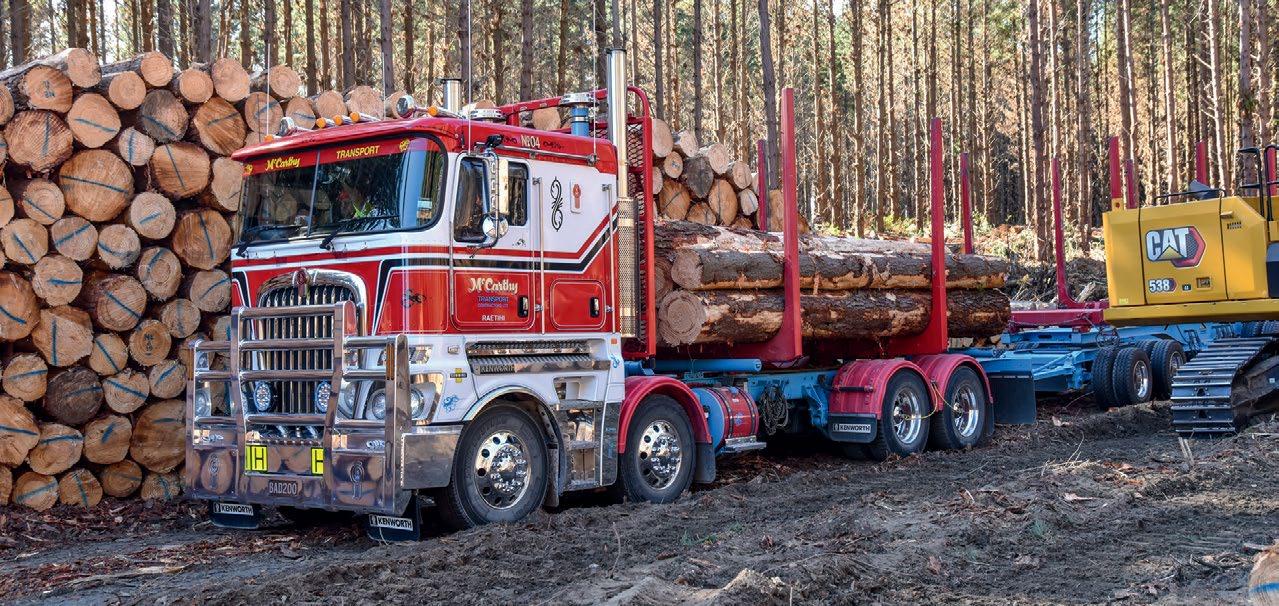
Despite his mother’s wishes, he began working full time there, gaining his truck licence when he was 18 in a single-drive Nissan and semi.
“You also had to do some time in the workshop, so you knew how everything worked from that perspective.”
When he was 21, Stubbsy’s next move was to Hall’s Refrigerated.
“When I was working in Wanganui, Steve Allwright was the boss there. Hall’s never used to take anyone on who was under 25. I went around to see him one day because I had a few mates who worked for Hall’s in Levin, and they ended up taking me on, which was pretty cool. That’s when I first got into shiny trucks.”
Based in Levin, he did a range of different runs,

including interisland.
“When I was in Christchurch, these Brenics trucks used to come into the yards at Hall’s. Their gear was always top-notch, and a good mate of mine who drove for Hall’s told me they were starting a run up in the North Island and were looking for drivers.
“I went around to the yard one day and met Gary Johnstone and it just all went from there. To be honest, I’d still work for Gary and Barbara to this day if it wasn’t for staying away, they’re just awesome people. I started the North Island run for them up here alongside Gary and Barb’s son Brendon and my good mate Daniel Dixon.”
A friend, Grant Kusabs, whom Stubbsy had known at Bruce Hill Transport, was driving in Port

Hedland in Western Australia and kept telling him and another friend, Nathan Stewart, to jump the ditch and work with him.
“One day I saw Nathan at the BP and I said, ‘Shall we just go? What do you reckon?’ He came around that afternoon and we bought the tickets, and yeah, the rest was history!”
Before returning to New Zealand, Stubbsy talked to Gary Johnstone and his son Brendon and they had a job waiting for him back at Brenics, where he stayed for a further 18 months.
For someone who likes to keep his trucks spotless, his next move to McCarthy Transport could be considered a little unusual.
“Greg Wood was the transport manager there at the time and I’ve known him for years; he was ex-Hall’s. He’d been on me for a while to work for him and one day I thought maybe I would like to give it a go – nothing ventured nothing gained. Once I got into the logging itself, it’s just a whole different kettle of fish from linehaul and I really loved it.
“There seems to be a lot more of the old camaraderie in the forestry sector, too, which is awesome.”
Stubbsy and his wife Zoe live north of Foxton with their two-year-old son Ollie. Two of his children also work in the industry – daughter Kiana works for SMH Logging at Waitārere, while son Kasey works as a machine operator for Mangoihe Logging, which was originally set up by Mark McCarthy but is now owned and run by Mark’s son Bryan and his wife, Livvy.
Now 44, in April, Stubbsy had been with McCarthy’s for seven years.
“Mark McCarthy and the whole family are fantastic people all round and I am honoured to work for them. I’m very fortunate to have worked for fantastic people and families my whole working life; I really am privileged.”
Stubbsy wants to thank David Hill in particular.
“I wouldn’t be where I am today without him giving me the chance at the very young age of 13 to start doing what I loved. He guided me in the right direction, shaped me into who I am today, and gave me all the opportunities along the way to better myself.
“I’d also like to thank all the other fantastic employers I’ve had who realised my passion and allowed me to carry on with it, and my family for supporting me along the way. Trucking involves long hours and that means less time with them.”
Stubbsy says he picked up his nickname at college, and it just stuck.
McCarthy Transport managing director Mike McCarthy says Stubbsy has a true passion for trucks and takes a lot of pride in the gear and treats it like it’s his own.

and a few more small touches to

“He is honest, hardworking, passionate, caring and just an all-round good bugger.”
Mike adds: “He started off on an older CH Mack, No.18, that had done a fair amount of work and looked like it from the outside, too. Within a week of having the truck, Stubbs polished the whole thing and had it looking like it had basically just driven off the lot.”
Mike says with Stubbsy being a bit oneeyed towards Kenworth trucks, as soon as one came available in the fleet (No.213), it was an easy decision to give it to him.
“He soon had this truck looking nearnew again. He got No.213 at 300,000km and didn’t quite get to make it to the 1,000,000km mark before his new one was ready.”
Mike says that when they have drivers who have been with the company for more than five years and they’re looking to order new trucks, they might let them have some input into what is ordered.




Story by Faye Lougher
Photos by Faye Lougher
The restoration of a rare 1960s-era R model Oshkosh could never be anything but a labour of love, especially when so few of them made it Down Under in the first place. From it came great friendships and great adventures.
Dave Sauer says he didn’t manage to uncover much information about the 1966 R model Oshkosh he bought many years ago – one of many the Australian owns.
“It came to Australia in 1966 or 1967; that’s when it was first registered. I don’t know its first owner or its history – I bought it as a wreck in 2005.”
Dave says he found the truck in a wrecking yard. By then, many parts had already been
stripped off it, so bringing it back to life was a bit of a mission. He systematically replaced all the missing parts.
“It wasn’t in working order – I had to replace the diffs, gearbox and the engine. While it had its original chassis, the cab had rusted out so I took one off another truck that had a better cab.”
He was pleased to keep the original chassis as it allowed him to retain the serial number (No.9561), assigned by the
Oshkosh factory in Wisconsin.
“It was the second one that came to Australia. A total of 52 came to Australia, and I’ve got 10 of them – in various states of disrepair – from about 1966 when the first one came out, until they stopped bringing them in about 1974 – only about eight years.
“This is the only one of that model, and I didn’t want it to go to scrap. I bought it to save the history of it.”
The Oshkosh is fitted with a 3306 Caterpillar engine and a 10-speed Roadranger transmission. The suspension is Hendrickson, and it has SSHD diffs. Dave says the truck needs some weight on the back to make it ride a bit better, so when he takes it on runs, he loads it with two 3306 Cat engines and a D346 Cat.
He says he has loved Oshkosh trucks since he was a young boy.
“They are just right. When I was a kid going to school, there was one that was a log truck. It had a little bit of history; it was a local truck from where I grew up and I wanted to own that truck. It only had two or three owners and I knew where it was, only the owners would never sell it to me.”
In recent years, Dave managed to buy that truck, but its current state means it will never go again.
“It’s very, very sad – it’s all rusted, but at least I saved it from going to scrap.”
Dave says the restoration of the 1966 R model was done in a bit of a rush, taking only 12 months.
In preparation for the 2012 South Island rally, he stripped down the truck in Australia

and sent it to New Zealand in a container. He put it back together at Alf Williamson’s yard in Putāruru.
The Oshkosh is painted in the colours of Kurrajon Contracting, the heavy haulage company he owned and ran until he retired.
“All my other trucks are painted in that colour scheme.”
During the time it was being finished off here, Dave flew over from Australia and took part in about half a dozen classic truck events in both the North and South Islands.
He owned this particular Oshkosh until a few years ago –it is now in the guardianship of Vic Draper, and the transfer of ownership is a story in itself!
Vic says the first time he saw the truck was when it drove past Motor Truck Distributors in Palmerston North, and the sound of it caught his attention.
A few days later, Dave drove it into Vic’s yard in Pāuatahanui on his way south for the South Island classic truck run.
The engine in the Oshkosh at the time was burning a lot of oil, and when Dave spied an engine Vic had in his workshop, he wanted to buy it.
Vic told Dave he ran about 25 of them in his earthmoving

business, and he didn’t really want to sell it.
“It had come out of a truck and it had Jacobs engine brakes on it, which is rare for a 3306. I believe there are four that have Jacobs engine brakes on them, and I own all four of them. So it was quite rare and Dave was absolutely fizzing over it. He wanted it.”
He says that over the years, the pair became friends. Now and then, Dave would ask if Vic would sell the engine to him, and every time he was told no. Vic would also ask Dave if he would sell the Oshkosh to him and the answer was the same –it wasn’t for sale.
Sometime later, Dave contacted Vic and again asked if there was any chance he would sell the engine.
“I said no because I still didn’t want to sell it. I got off the
phone, and I probably took pity on him if that’s the right term, and I rang him up a few days later and said, ‘I tell you what, Dave, you can have the engine on one condition. I’ll send it over to you and you stick it on the truck, and Scott (Vic’s son) and I want to be able to come over and drive it sometimes.’”
Vic says the engine was missing a few bits, so he made up the missing parts, built a frame for it, and had it shipped to Dave.
About three months later, fellow classic truck enthusiasts Paul and Steve McNae (born in New Zealand but now living in Australia) organised a run around Brisbane, and Vic and Scott headed over to take part.
After arriving in Brisbane, the pair went out to dinner with the McNaes.
Vic decided to go around to Dave’s and see how he was getting on.
“We got there about nine or whatever time it was, and here’s Dave – he’s got the truck outside because there’s no room in his workshop. He’s got a forklift with one of those big workshop lights hanging off the forks. There were moths flying around the light, and he’s putting the engine in!
“At dinner I said, ‘Where the hell’s Dave?’ and they said he was mucking around with the truck because he still had a few bits to do on it. We had flown in at nighttime; it was dark, and we were supposed to be leaving around eight the following morning.”
“He hasn’t had it running, it didn’t have any guards on it, it didn’t have the fuel tanks on it, didn’t have the deck on the back, it didn’t even have

the starter in it. He put the starter in, and it wouldn’t turn over. It was a shambles.”
Vic says he and Scott removed the starter and replaced some parts, and made and hooked up the throttle.
“We got it going. It was midnight or 1 o’clock or whatever. And obviously we were supposed to be leaving at 8 o’clock that morning.”
After a few hours’ sleep, they went back to Dave’s and found he was still working on the truck. So they pitched in to get the guards, fuel tank and deck on, finally getting under way about 10.30am.
“That was a pretty good effort. To add to the story, I hadn’t seen the engine running, so we fired the thing up, and it was fuming real bad, and I said to Dave, ‘It’s a bloody good thing I didn’t charge you for the engine!”
“He said, ‘Oh bugger it, we’ll just run it and if it blows up, it blows up.’”
Vic says the further they drove the truck, the better the engine got.
“By the end of the run, it was going bloody grouse, no fuming, nothing.”
The pair enjoyed that run, and decided to do Haulin’ the Hume a couple of years later.
“From Brisbane down to Sydney is a reasonably big trip in itself, so we organised trucks with transport trailers and drove down. There was me and Scotty and my brother joined us, and we drove the Oshkosh down and did Haulin’ the Hume, then spent two days driving back as well.”
Vic says they had an absolute ball, driving around Australia in a truck he had long admired and attempted to buy a number of times.
“After Haulin’ the Hume, Dave turned around to me and said, ‘You already own the engine. Why don’t you buy the rest of the truck and take it to New Zealand, and I can come over there and drive it?’
“I said that probably wasn’t a bad idea, and we agreed on a price, and I paid him the money, and he said he’d get it to New Zealand.”
Shipping the truck was not exactly


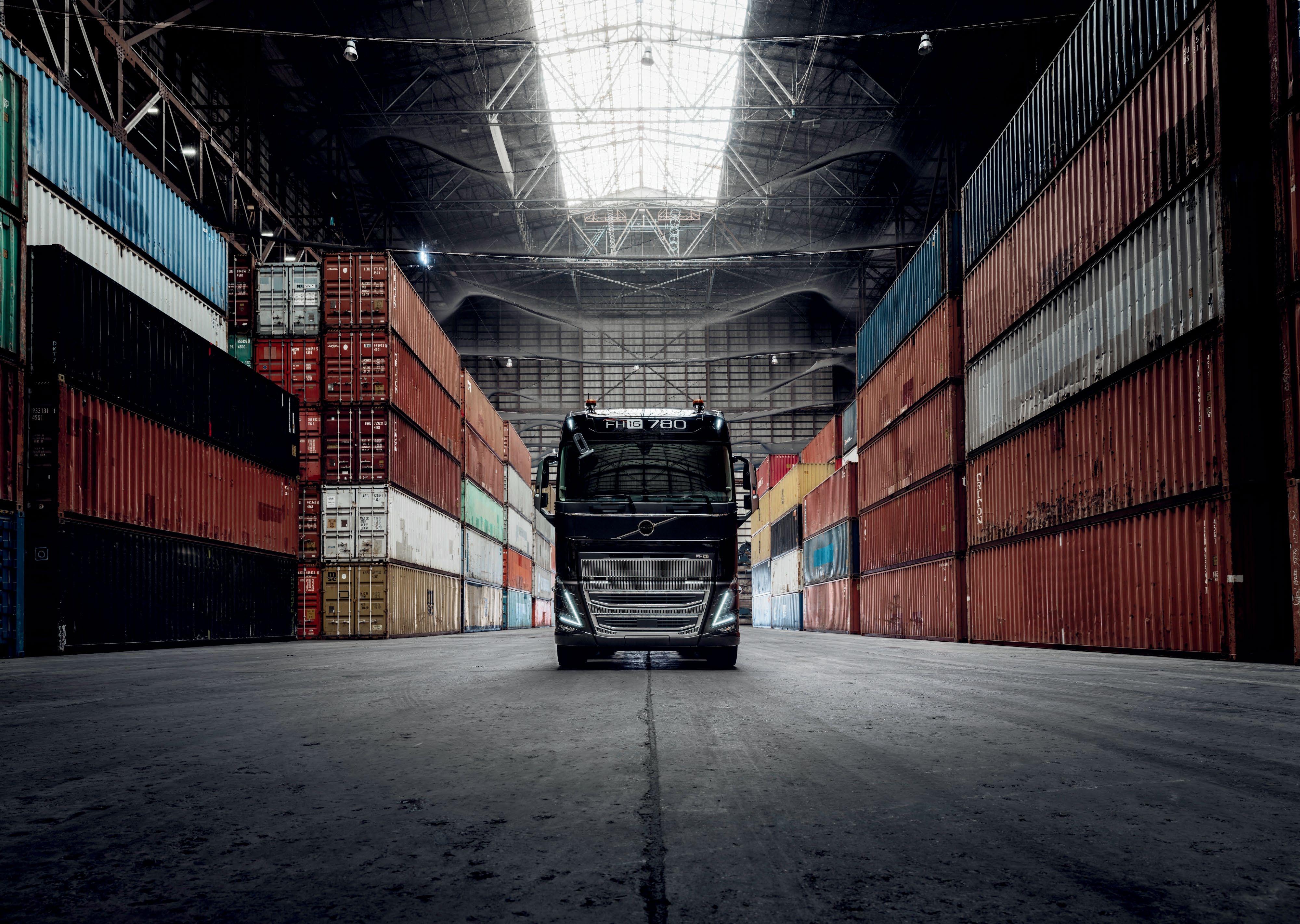
The most powerful Volvo Truck yet.

Introducing our most powerful Volvo Truck yet, the FH16 D17. With 780 hp, the Euro 6 standard D17 is the most powerful engine ever put in a Volvo truck. It’s the fuel efficiency and the massive torque that makes this the perfect match for New Zealand’s most demanding applications.
Take a walk around.

Volvo Trucks. Driving Progress.


In this crazy world of compliance gone mad, we bring you a new photo section called It’s how we rolled!. Images from the days when the only KPI was getting shit done, images that would turn today’s compliance zealots inside-out. If you’re from another time and have some whacky cool images that fit the bill, send them in to editor@nztrucking.co.nz.

Hard to believe this photo was taken almost half a century ago. Thames Saw Milling’s magnificent Detroit Diesel 8V92-powered 1975 Kenworth W924 in the hands of Neville ‘Yogi’ Chambers, rounds up a Soppets TS3 Comer on the Bombay Hills on the run into Auckland. Take special note of the single chain on the trailer packets, two on the semi, and the two pallets roped up top.









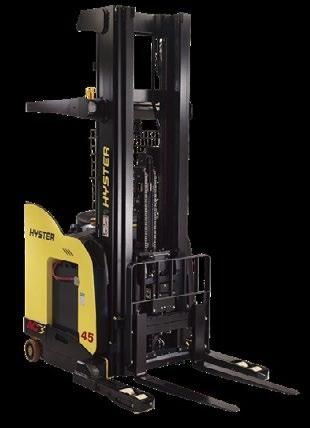
TSI Ltd is taking significant steps to enhance the skills and qualifications of its workforce by embedding MITO micro-credentials and qualifications into development planning.
The initiative focuses on advancing the careers of warehouse and truck drivers through the micro-credentials to the Level 3 Commercial Road Transport (CRT) Skills and Level 3 Heavy Vehicle Operator (HVO) programmes.
Christopher Downes, driver training coordinator at TSI, says training and continuous education play a crucial role in maintaining and enhancing drivers’ skills.
“Training itself is important because there’s so many things to learn when you are a driver. Some drivers can get complacent, just like anybody in their job. If you’re driving from A to B each day or A to C and then back, there are things that you can forget about,” he says.
“The courses serve as valuable reminders of essential skills – they remind you of some of the basics that you should already know – and there may be some skills in there that you haven’t learned that can be very beneficial.”
Chris says it is important to keep drivers engaged and motivated through continuous learning.
“We offer training to stimulate the drivers’ minds; give them something to look forward to achieving. And they are also able to walk away with something. Achieving is good for everybody,” he says.
Chris says part of the value of MITO programmes is New Zealand Qualifications Authority (NZQA) recognition.
“This is quite beneficial to our drivers because it shows that while they are working, they’ve also been learning. It’s beneficial for us, too, because it shows that our staff are learning all the time and that continuous learning approach is very important for us as a business to show our customers,” he says.
The enthusiasm for the programme is evident, with about 17 drivers volunteering to participate in the Introduction to Commercial Road Transport Level 3 course.

Christopher Downes, driver training coordinator at TSI Logistics, who has completed the MITO Commercial Road Transport Level 3 Certificate, with driver Damian Murray, who has just finished Introduction to Commercial Road Transport and is now ready for his next MITO course.
Chris notes the programme’s role as a foundational step in continuous learning and skill development. “It’s a good stepping stone. It’s a nice way to encourage the drivers into a pattern. There are quite a few other courses that we would look at rolling out if there’s interest in them.
“So far, the uptake has been very positive, with 20% of the drivers doing it voluntarily,” he says.
Chris says integrating MITO
micro-credentials into TSI’s workforce development planning enhances drivers’ qualifications and fosters a culture of continuous learning and professional growth.
“This initiative benefits both the employees and the organisation, ensuring that our drivers are well equipped with the necessary skills and knowledge to excel in their roles.”
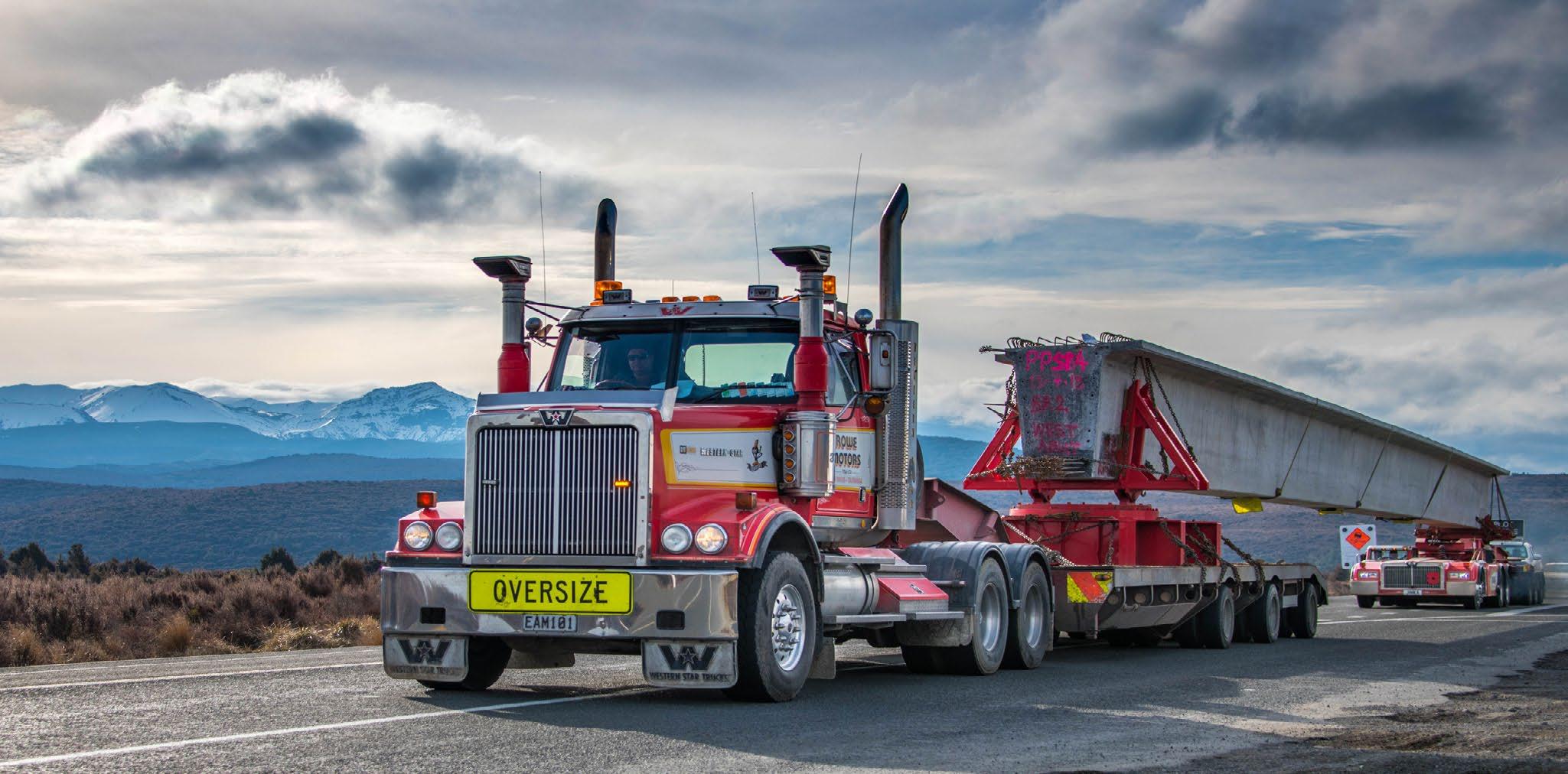
With a Commercial Road Transport Micro-credential.
Smaller than a qualification, micro-credentials focus on specific skills, deepening expertise in your field.
• Introduction to Commercial Road Transport Micro-credential (Level 3)
• Heavy Combination Vehicle Loading Fundamentals Micro-credential (Level 3)
• Mass and Dimension Micro-credential (Level 3)
• Driver Safety Micro-credential (Level 4)
Scan the QR code or head to mito.nz/crtquals to apply.

OPERATOR: D & J Fitzgerald Transport, Mangatainoka
ENGINE: Volvo D16G 16L Euro-6 522kW (700hp) 3150Nm (2323lb/ft)
TRANSMISSION: Volvo ATO3112 I-Shift 12-speed AMT
REAR AXLES: Volvo RTS2370B
REAR SUSPENSION: Volvo eight-bag air suspension
BRAKES: Disc. ABS, EBS
SAFETY: ESP, DAS, ACC, AEB, LCS, LKA, AB
BODY/TRAILER: Jackson Enterprises livestock deck and matching five-axle trailer complete with Total stock crates
FEATURES/EXTRAS: Globetrotter sleeper, fridge, microwave, TV, additional lighting by Broadway Auto Electrical, stoneguard
PAINT: Total Truck Spray, Palmerston North
SIGNAGE: Capture Signs, Palmerston North
OPERATION: Stock transport in the lower North Island
DRIVER: Dean ‘Fitsy’ Fitzgerald
SALES: Simon Wilson
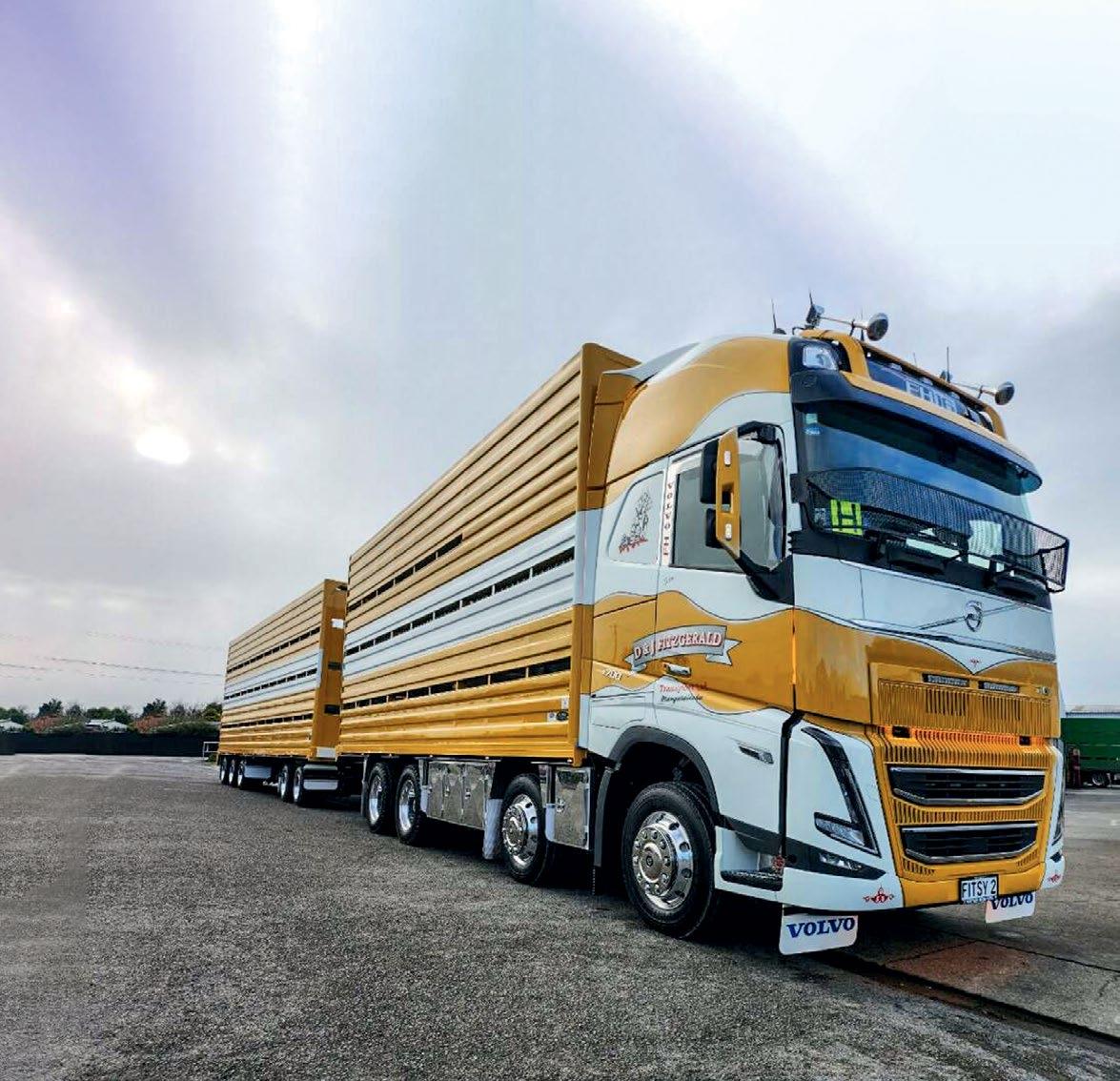
OPERATOR: Machinery Movers, Auckland
ENGINE: Paccar MX-13 13L Euro-6 390kW (530hp) 2600Nm (1920lb/ft)
TRANSMISSION: ZF TraXon 16TX2620 16-speed AMT
REAR AXLES: Paccar SR1364 with dual diff locks
REAR SUSPENSION: Paccar eight-bag air suspension
BRAKES: Disc. ABS, EBS
SAFETY: Full safety suite – ACC, AEB, LKA, DA
BODY/TRAILER: Various company tri-axle flat-deck trailers
FEATURES/EXTRAS: Polished offset steerers, stoneguard, Machinery Movers in-house custom toolboxes, LED beacon and work lamps
PAINT: Fleet Image, Manukau
OPERATION: Nationwide heavy haul and overdimensional duties
SALES: Mitch Reddington



OPERATOR: DS Edwards
Contracting, Hastings
ENGINE: Cummins X-15 15L 447kW (600hp) 2779Nm (2050lb/ft)
TRANSMISSION: Roadranger
RTLO20918B 18-speed manual
REAR AXLES: Meritor MT21-165
with full cross locks
REAR SUSPENSION: Kenworth
Airglide 460
BRAKES: Drums. ABS
SAFETY: ABS
BODY/TRAILER: New CNC Profile
Cutting Services body on truck and matching rebuilt CNC Profile
Kenworth K220 6x4 tractor – 2.8m aero-roof sleeper cab
OPERATOR: N&T Anderson, Dunedin
ENGINE: Cummins X-15 15L 459kW (615hp) 2779Nm (2050lb/ft)
TRANSMISSION: Eaton Roadranger RTLO22918B and 18-speed manual
REAR AXLES: Meritor MT21-165GP with full cross locks
REAR SUSPENSION: Kenworth Airglide 460 air suspension
BRAKES: Drum. ABS, EBS
SAFETY: ABS, EBS, ACC, AEB, LDW, SD
BODY/TRAILER: Curtainsided six-axle B-train by Lilley HT –
Hogan Contracting of Putāruru
FEATURES/EXTRAS: Kentweld bumper, Armoury chrome rims, stainless-steel drop visor, classic roof dovetail, classic grille bars, Narva LED light bar, painted tanks and entry steps
PAINT: Factory
SIGNAGE: Truck Signs, Mt Maunganui
OPERATION: Double-shifted South Island linehaul duties for Mainfreight
SALES: Chris Gray
Kenworth T610 SAR 6x4 rigid – 760mm flat roof sleeper cab
Cutting Services four-axle trailer
FEATURES/EXTRAS: Stainlesssteel drop visor, bug deflector, air cleaner and tank step LED light trims, classic grille bars
PAINT: Factory
SIGNAGE: Caulfield Signs and Graphics, Rotorua
OPERATION: Bulk aggregate and rock cartage in and around the East Coast
DRIVER: ‘JB’ John Barker
SALES: Mark O’Hara


OPERATOR: T&G Global, Tauranga
ENGINE: MAN D26 Euro-6e 375kW (510hp)
2600Nm (1920lb/ft) and MAN D26 Euro-6e 388kW (520hp) 2650Nm (1954lb/ft)
TRANSMISSION: MAN TipMatic 12 28 OD AMT
REAR AXLES: MAN HY Hypoid
Volvo FMX540 8x4 rigid – day cab
OPERATOR: McIntosh Cranes, Palmerston North
MAN TGS 35.510 and TGS 35.520 8x4 rigids – day cabs
REAR SUSPENSION: ECAS air suspension
BRAKES: Disc. ABS, EBS
SAFETY: ABS, EBS, ACC, LG, ABA
BODY/TRAILER: Fruehauf curtainsided body with matching five-axle Fruehauf trailer complete with Carrier refrigeration units
FEATURES/EXTRAS: Stone guards, factory
roof-mounted aero kits
PAINT: Factory
OPERATION: Produce distribution throughout the North Island
SALES: Dean Hoverd
ENGINE: Volvo D13C 397kW (540hp) 2600Nm (1929lb/ft)
TRANSMISSION: Volvo I-Shift 12-speed AMT
REAR AXLES: Volvo RTS2370B
REAR SUSPENSION: Volvo eight-bag air suspension
BRAKES: Disc. ABS EBS
SAFETY: LCS, LKA, DAS, ACC, EBA
BODY/TRAILER: In-house build by McIntosh Farm Machinery
FEATURES/EXTRAS: Palfinger PK48.002 TEC7 crane, LED beacons, CTI, stoneguard
SIGNAGE: Capture Signs, Palmerston North
OPERATION: General crane work thought the lower North Island
DRIVER: Dave
SALES: Simon Wilson



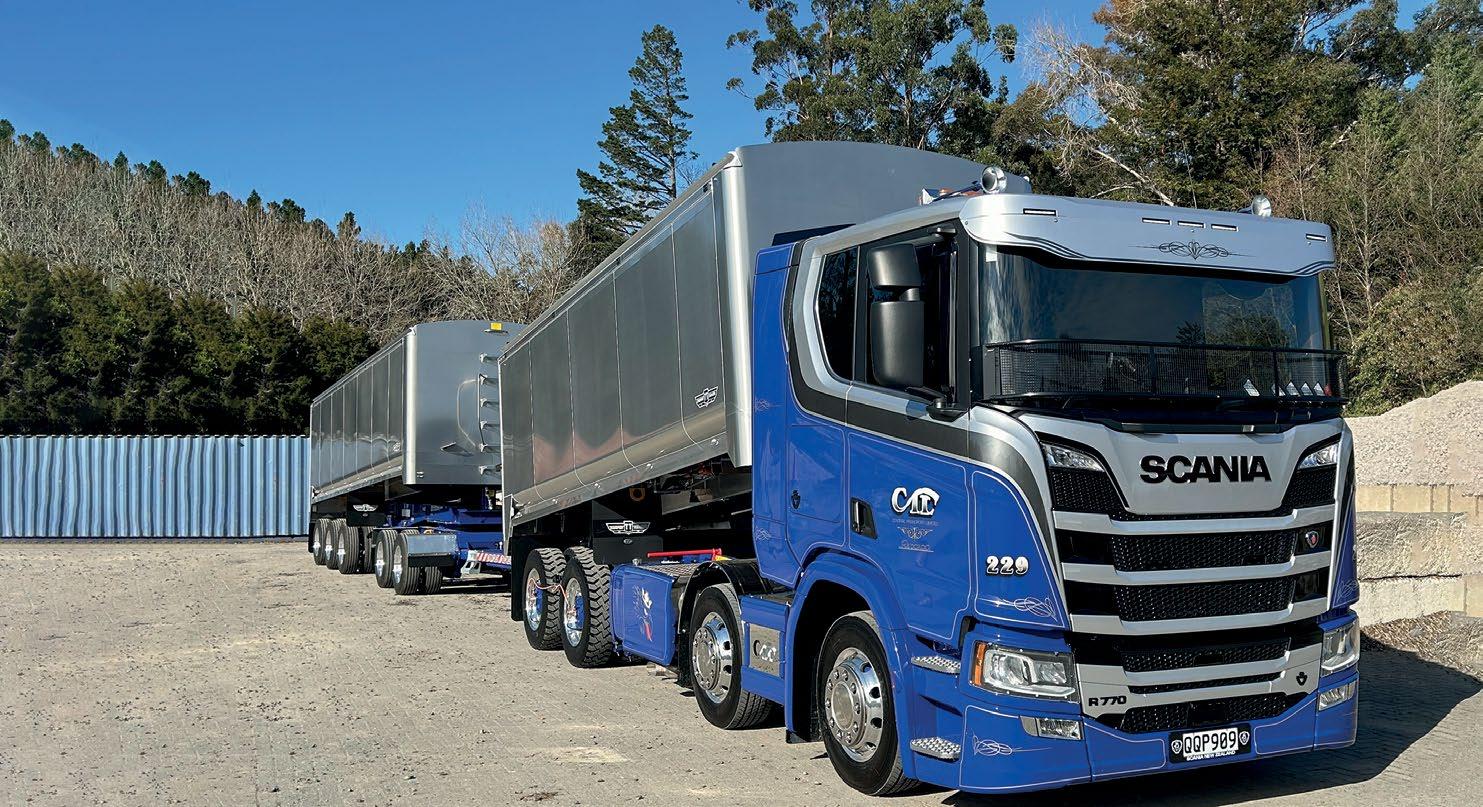
OPERATOR: Central Transport, Reporoa
ENGINE: Scania DC16 16L Euro-6 574kW (770hp) 3700Nm (2729lb/ft)
TRANSMISSION: Scania Opticruise
GRSO926R 12-speed AMT with 4100D retarder
REAR AXLES: Scania RB735 hub reduction
REAR SUSPENSION: Scania air suspension front and rear
BRAKES: Disc. ABS, EBS
SAFETY: ABS, EBS, AEB, ACC
Scania R770 B8x4NB 8x4 rigid –sleeper cab
PAINT: Fleet Image
BODY/TRAILER: Transport & General Transport Trailers tipper body and matching five-axle trailer
FEATURES/EXTRAS: Fridge, scales, CTI, Alcoa Dura-Bright alloy rims all around, Caulfield drop visor, Euro stoneguard, LED beacon, custom stainless trim work
International 9870 R8 8x4 rigid – Sky Roof sleeper cab
OPERATOR: Stephenson Transport, Waipāwa
ENGINE: Cummins X-15 15L 459kW (615hp) 2779Nm (2050lb/ft)
TRANSMISSION: Eaton Roadranger RTLO22918B 18-speed manual
REAR AXLES: Meritor RT46-160GP with full cross locks
REAR SUSPENSION: International IROS
BRAKES: Drum. ABS, EBS
SAFETY: ABS, EBS
BODY/TRAILER: Jackson Enterprises livestock deck and matching five-axle trailer complete with Total stock crates
FEATURES/EXTRAS: Custom interior, 9in offset steerers, stoneguard
PAINT: Factory
SIGNAGE: Sign Central, Hastings
OPERATION: Livestock transportation nationwide
DRIVER: Layton White
SALES: Hugh Green
SIGNAGE: Caulfield Signs and Graphics, Rotorua
OPERATION: Bulk commodity cartage in and around the Central Plateau
DRIVER: Mike Robb
SALES: Callan Short




New Zealand has a rich heritage of body and trailer building, and we’re proud to showcase recent examples of Kiwi craftsmanship every month. To feature on these pages, send a photo, features and the manufacturer’s name to carl@nztrucking.co.nz.
Looking to reduce wood waste within its Tasman and Marlborough forests by 75,000 tonnes over the next five years, forestry and milling operator One Forty One has joined forces with local companies with the view to process and repurpose the waste as biomass boiler fuel.
The first step in this journey is in the back of this sharp new binwood build for Borlase Transport by the Patchell Industries team.
Based on a new 8x4 R660 Scania, the unit features a Palfinger Epsilon Q170L crane, complete with Epscab all-weather cabin.
Custom alloy chassis accessory covers keep the likes of diesel tanks and exhaust systems out of harm’s way.

FEATURES: Signage by Caulfield Signs and Graphics, CTI, high-intensity LED loading lights.
Patchell Industries, Rotorua

FEATURES: ExTe auto tensioners, Hella LED lighting, Knorr-Bremse EBS, CTI, PSI tyre inflation, SI Lodec scales. Mills-Tui, Rotorua
The need for a full logger build on its new R770 Scania had West City Bulk Haulage knocking on the doors of Rotorua’s very own engineering maestros, Mills-Tui.
Up first it was a bolster set for the Scania, complete with auto tensioners from ExTe, as well as scales from SI Lodec. Matched to this is a straight-framed five-axle F175 Mills-Tui multi-bolster log trailer.
Fitted up under this are ROR SL9 air-suspended axle sets with Knorr-Bremse EBS, a proven combination that keeps the trolley in check with the truck.
Since 1953
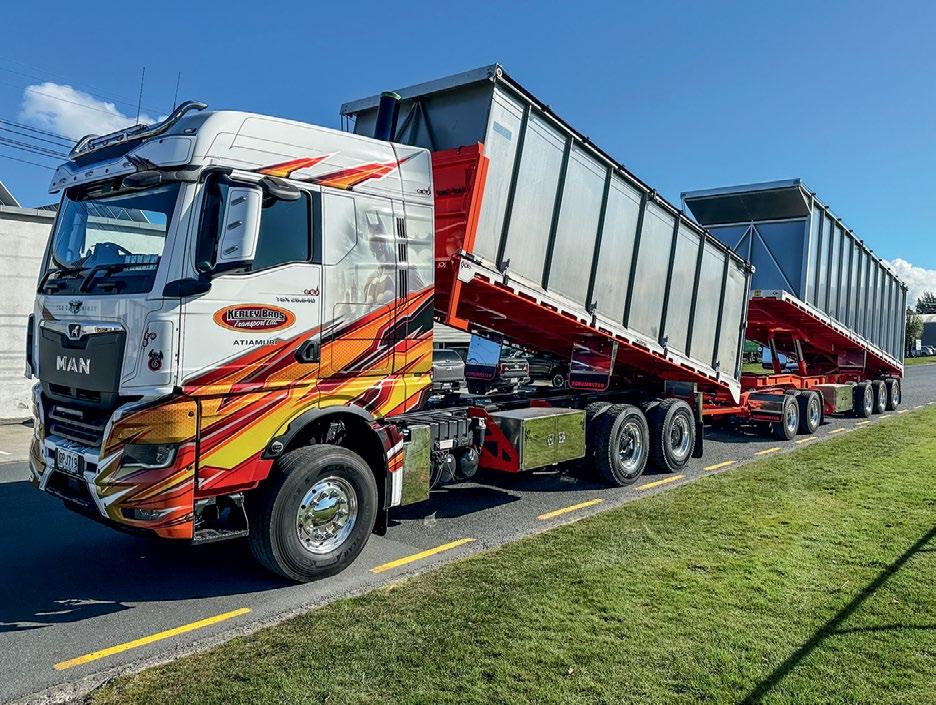
FEATURES: Hendrickson Tiremaax, PowerTarps retractable tarps, Edbro hydraulic hoists, Wabco EBS, alloy tool lockers with stainlesssteel doors, Peterson lighting package. Roadmaster, Rotorua
Fresh out of the Mills-Tui Rotorua workshops is this slick bulk bin wood build for the team at Buckeridge Transport.
With a need for this unit to be both flexible and durable, Hardox steel was utilised for the construction of the high-capacity bins, delivering a product that ticks the boxes as well as taking the knocks. The custom Mills-Tui Low Rider five-axle trailer chassis fitted with narrowed ROR disc-braked axles riding on Flexlite air suspension, makes loading the trailer into the truck’s bin for the return trip a breeze via the Brevini winch and hydraulic tail door.
A versatile multi-use tipping combination was the order of the day for Kerley Brothers Transport, so a talk with the team at Roadmaster had this solution drawn up and into build.
Starting with an MAN TGX 26.640 6x4, a 6.9m deck with FOB hoist and 1100mm alloy dropsides, along with a Transtech Dynamics designed lightweight drawbeam, were constructed inhouse and fitted. Hitched to this is a new 9.65m five-axle trailer with twin under-body hoists.
A matched set of removable 2.2m- and 2.3m-high pressed alloy sided bins for both the truck and the trailer were next, enabling the ability to transport 80m3 of silage. Topping off this clean build is a set of PowerTarps retractable covers.

FEATURES: Brevini BW5200 winch, Hella LED lighting, Knorr-Bremse EBS, Bigfoot CTI. Mills-Tui, Rotorua
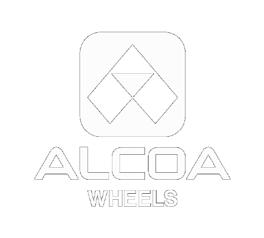
The
Delivering the great professional look of a wheel in combination with significant weight saving benefits and the strength of a quality forged aluminium wheel makes ALCOA Wheels stand above the rest.
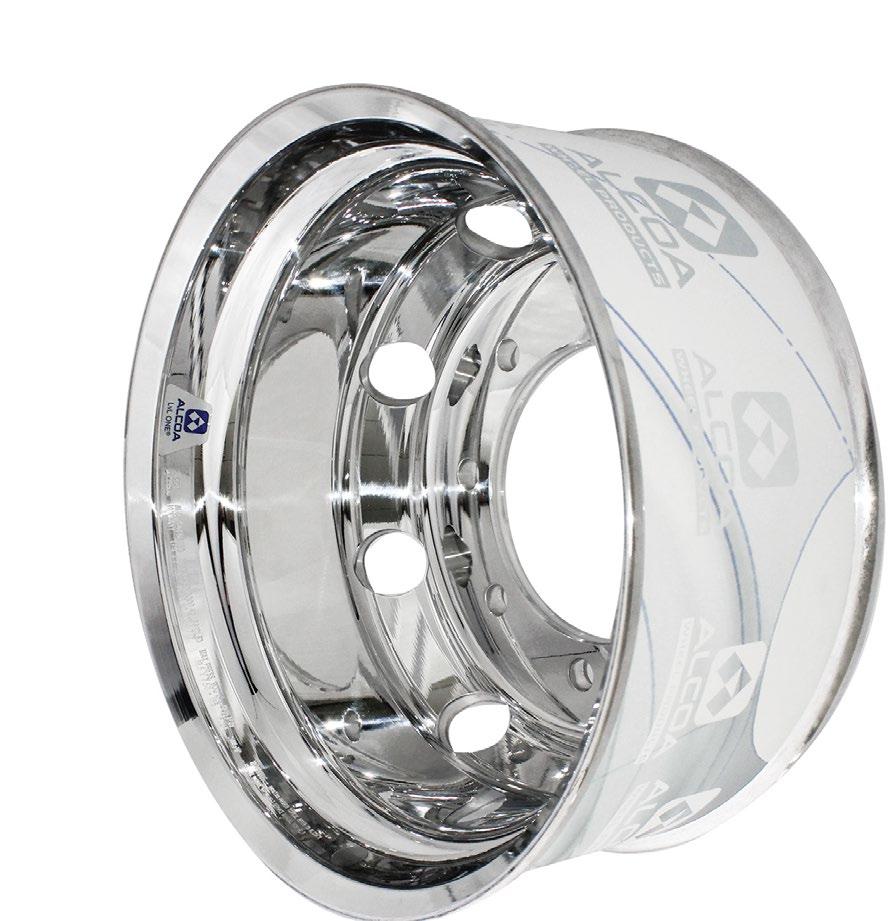

Our first inductee to the Bridgestone Million Mile Club this month is a clean and tidy 2009 International 9800i TS63. First put to work new by Fitchett Linehaul, the 9800i is now Taranaki-based, residing in New Plymouth in the care of Howell Transport Services.
Built new with an ISX Cummins set at 391kW (525hp), with an Eaton 18-speed AutoShift and Meritor 46-160 differentials with IROS air suspension, the 9800i has a solid pedigree, delivering a strong performance so far. And by all accounts during its time within the Fitchett Linehaul fleet, the unit just got on and got its job done, working the Post Haste courier contract that it was built for and assigned to.
Andrew Howell of Howell Transport Services purchased the truck from Fitchett Linehaul in 2017 when it had just over 1,200,000km on the clock, and uses it to service his contract with PBT.
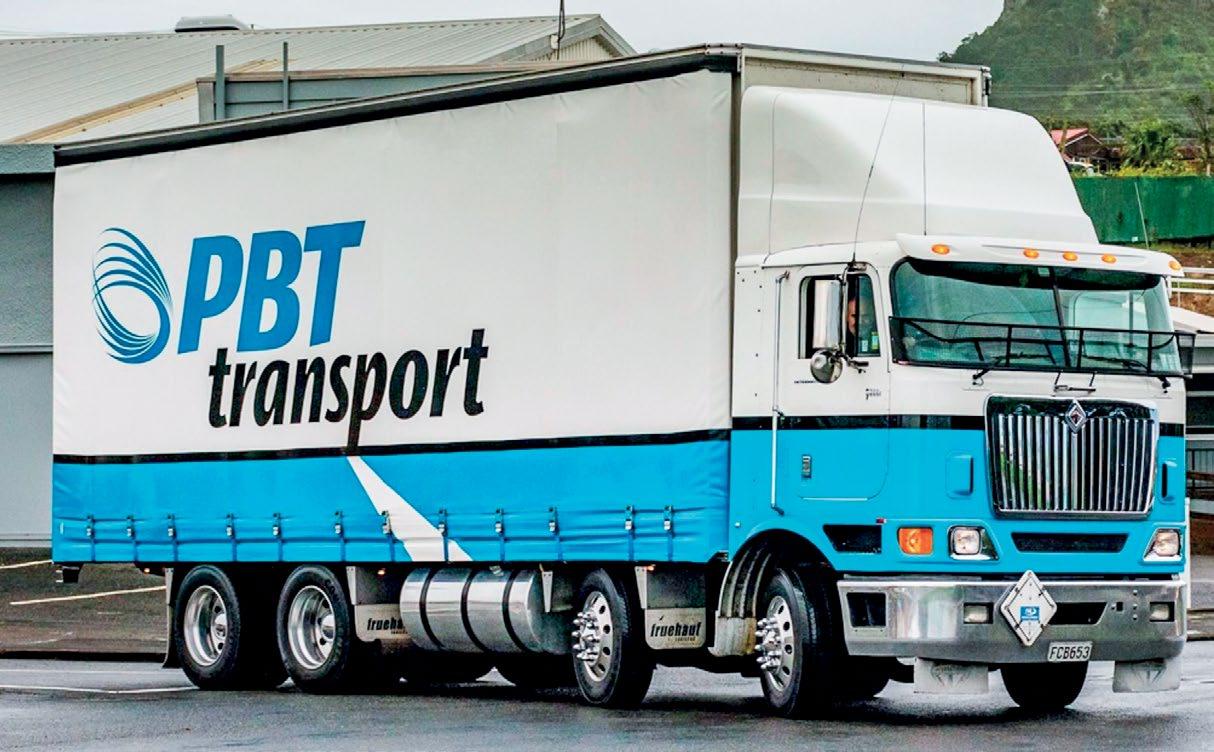

“It has been a good unit for us, no real issues apart from normal wear and tear and maintenance. Fitchett Linehaul had completed a full in-frame rebuild of the Cummins not long before we purchased it from them, so it has been a reliable truck,” he says.
The 9800i and matching four-axle trailer combination is kept busy these days, completing a New Plymouth to Palmerston North return general freight run nightly. The simplicity of the truck’s specification delivers a level of reliability that makes it perfect for these applications, just as we found with the pair of PTS-owned 9800i Internationals that appeared as the April 2024 Bridgestone Million Mile Club inductees. It is fair to say that now with a touch over 2,000,000km on the clock, there are many good turns of the wheel still left in this trusty 9800i.
Our second inductee into the Bridgestone Million Mile Club this month was brand new to Tranzliquid Logistics of Mt Maunganui in 2008, and to this day still proudly carries the Tranzliquid livery. Originally No.9 in the fleet, now No.23, this flat-roof K108 Kenworth was a definite head-turner when it hit the road. Placed in the hands of Murray ‘JB’ Fowler, it was double-shifted from day one, with Ross Picknel sharing the driving duties.
Murray says on the very first run he loaded it at the Mount and took it straight down to Hawke’s Bay to unload. From there, it was back to the Mount to reload and then over the hill to Morrinsville where he handed it over to Ross.
“He took it straight through to Whangārei, so there was no easing into the work. A regular day for Ross and I was three loads into Auckland from the Mount, so one and half loads each, swapping at Morrinsville. We certainly kept it busy,” he says.
“The auto shift really was shit at the start, it wasn’t calibrated for performance, so basically you had to drive it in manual all the time; it wouldn’t change where you needed it to change,” says Murray. “It was revving out too much, wouldn’t lug down, so we talked to Murray Kernohan at Cat and he told us to bring it in and that they would have a look at it.” They reprogrammed it with the heavy-haul programme, and
that absolutely transformed the truck.
“It was completely different after that. From then on, the only time you pulled it out of auto was going down a good-sized hill, or if you knew it might jump a gear but you needed it to hold onto the one it was in; it was a real pleasure to drive from then on.”
Murray says reliability-wise, it really has been a great truck; it’s had some diff issues here and there, but the C15 ACERT Caterpillar has been near bulletproof. “I had the truck up to 1,800,000km, and that is when it moved across into the bitumen tanker fleet, so they thought it was probably a good idea to give it a birthday. It was sent through to Cat in Rotorua where it was stripped down.
"Next thing, they are on the phone asking what it was we wanted them to do on it because they could not find anything wrong with it at all,” says Murray with a laugh.
The C15 has since had the ‘Bully Dog’ single turbocharger modification; this simplifies the engine, and also removes a lot of turbo lag.
Now with the best part of 2,500,000km on the clock, the big K108 finds itself on slightly lighter duties running containers, mostly local about the Bay of Plenty. A one-owner truck with some real history in the care of Tranzliquid, this iconic classic still has a lot to give.
Bridgestone and New Zealand Trucking Media want to recognise trucks that have achieved this milestone in the act of carrying the nation on their backs. Each month, up to eight trucks will be selected, and will feature in the magazine, as well as on our social media.



Carrier Transicold reaffirmes its commitment to reducing emissions, improving sustainability and increasing efficiency across the refrigerated transport sector with the launch of the first fully autonomous, all-electric engineless refrigerated trailer system, the Vector
eCool™ system.
Carrier Transicold reaffirmes its commitment to reducing emissions, improving sustainability and increasing efficiency across the refrigerated transport sector with the launch of the first fully autonomous, all-electric engineless refrigerated trailer system, the Vector® eCool™ system.
Carrier Transicold reaffirmes its commitment to reducing emissions, improving sustainability and increasing efficiency across the refrigerated transport sector with the launch of the first fully autonomous, all-electric engineless refrigerated trailer system, the Vector® eCool™ system.
Carrier Transicold reaffirmes its commitment to reducing emissions, improving sustainability and increasing efficiency across the refrigerated transport sector with the launch of the first fully autonomous, all-electric engineless refrigerated trailer system, the Vector® eCool™ system.
This new technology represents a giant step forward for trailer refrigeration. The eCool™ system is a sustainable solution that ticks all of the boxes of electrification and decarbonisation that produces no direct engine polluting emission.
This new technology represents a giant step forward for trailer refrigeration. The eCool™ system is a sustainable solution that ticks all of the boxes of electrification and decarbonisation that produces no direct engine polluting emission.
This new technology represents a giant step forward for trailer refrigeration. The eCool™ system is a sustainable solution that ticks all of the boxes of electrification and decarbonisation that produces no direct engine polluting emission.
This new technology represents a giant step forward for trailer refrigeration. The eCool™ system is a sustainable solution that ticks all of the boxes of electrification and decarbonisation that produces no direct engine polluting emission.
contemporary images of


Blind spots are a major contributing factor in heavy vehicle vs pedestrian/cyclist interactions, particularly in left hand turns. MAX-SAFE have a range of solutions to help increase the driver’s awareness of vulnerable road users around their vehicle. Our solutions include optional visual and audible alerts for both the driver and the vulnerable road user i.e. inside and outside the cab. One such offering is MAX-SAFE Side View™: an affordable solution based on an AI camera that detects and protects pedestrians/cyclists – ultimately enhancing safety.


PROVIDES ASSISTANCE to the driver.
• SAFEGUARDS the side of the VEHICLE.
• PROTECTS PEDESTRIANS, cyclists and motorcyclists.
• HIGH ACCURACY – detects people (stationary and moving).
• MORE AFFORDABLE than sensor systems.
• SUITABLE for most ANZ CONDITIONS.
• Provides ALERTS and AUDIBLE WARNINGS.
• STATE-OF-THE-ART AI TECHNOLOGY.
• GREATER SAFETY and PEACE OF MIND –for Drivers & Fleet Managers.
• Part of the MAX-SAFE SAFETY ECO-SYSTEM.















THE COMBINATION OF THREE ADVANCED TECHNOLOGIES
LOW AND ULTRA-LOW EMISSION ZONE (LEZ & ULEZ)
No direct engine polluting emission
LOW AND ULTRA-LOW EMISSION ZONE (LEZ & ULEZ)
ELETRICAL AND AUTONOMOUS SOLUTION
No direct engine polluting emission

Vector series
LOW AND ULTRA-LOW EMISSION ZONE (LEZ & ULEZ)
LOW AND ULTRA-LOW EMISSION ZONE (LEZ & ULEZ)
No direct engine polluting emission
ELETRICAL AND AUTONOMOUS SOLUTION
No direct engine polluting emission
Suited for any application
Suited for any application Move to a full electrical solution without any autonomy problems. Compatible with your entire tractor
ELETRICAL AND AUTONOMOUS SOLUTION
KEY BENEFITS
Carrier Transicold reaffirms its commitment to reducing emissions, improving sustainability and increasing efficiency across the refrigerated transport sector with the first fully autonomous, all-electric engineless refrigerated trailer system, the Vector® eCool™ system.
KEY
KEY BENEFITS
This technology represents a giant step forward for trailer refrigeration. The Vector® eCool™ system is a sustainable solution that ticks all of the boxes of electrification and decarbonisation that produces no direct engine polluting emission.
LOW AND ULTRA-LOW EMISSION ZONE (LEZ & ULEZ)
No direct engine polluting emission


Axle









ELETRICAL AND AUTONOMOUS SOLUTION
EFFICIENCY
Suited for any application
ELETRICAL AND AUTONOMOUS SOLUTION
Suited for any application
Move to a full electrical solution without any autonomy problems. Compatible with your entire tractor
Suited for any application
Get full benefi your E-Drive technology
EFFICIENCY

Move to a full electrical solution without any autonomy problems. Compatible with your entire tractor fleet.
EFFICIENCY
Move to a full electrical solution without any autonomy problems. Compatible with your entire tractor
Move to a full electrical solution without any autonomy problems.
Compatible with your entire tractor
E-drive technology allows for maximum cooling capacity and reduced maintenance.
Get full benefi your E-Drive technology
EFFICIENCY
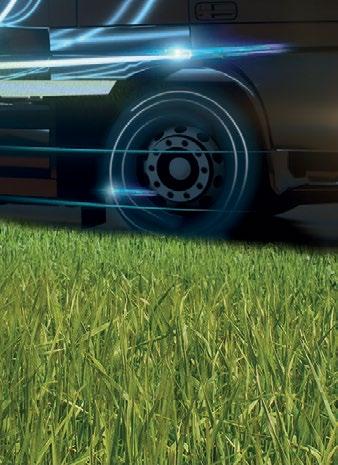

Get full benefits from your E-Drive technology
E-drive technology allows for maximum cooling capacity and reduced maintenance.


LOW NOISE EMISSION
Low noise emission
VECTOR® ECOOLTM ENERGY MANAGEMENT SYSTEM
PIEK compliant -60dB(A
EFFICIENCY
LOW NOISE EMISSION
E-drive technology allows for maximum cooling capacity and reduced maintenance.

Low noise emission
Get full benefits from your E-Drive technology
Get full benefits from your E-Drive technology
PIEK compliant -60dB(A)
LOW NOISE EMISSION
E-drive technology allows for maximum cooling capacity and reduced maintenance.
Low noise emission
E-drive technology allows for maximum cooling capacity and reduced maintenance.
PIEK compliant -60dB(A)
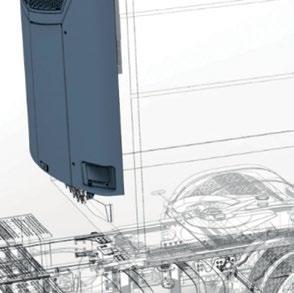

LOW NOISE EMISSION
LOW NOISE EMISSION
Low noise emission
Low noise emission
PIEK compliant -60dB(A)
PIEK compliant -60dB(A)

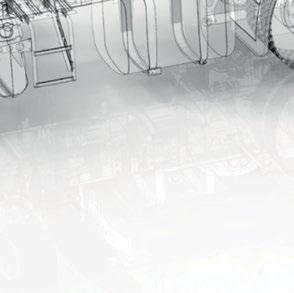









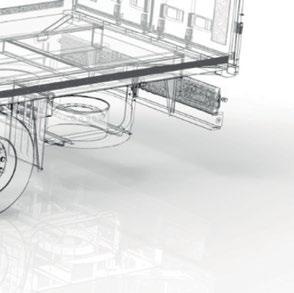
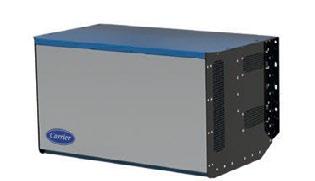






Story and photos by Howard Shanks
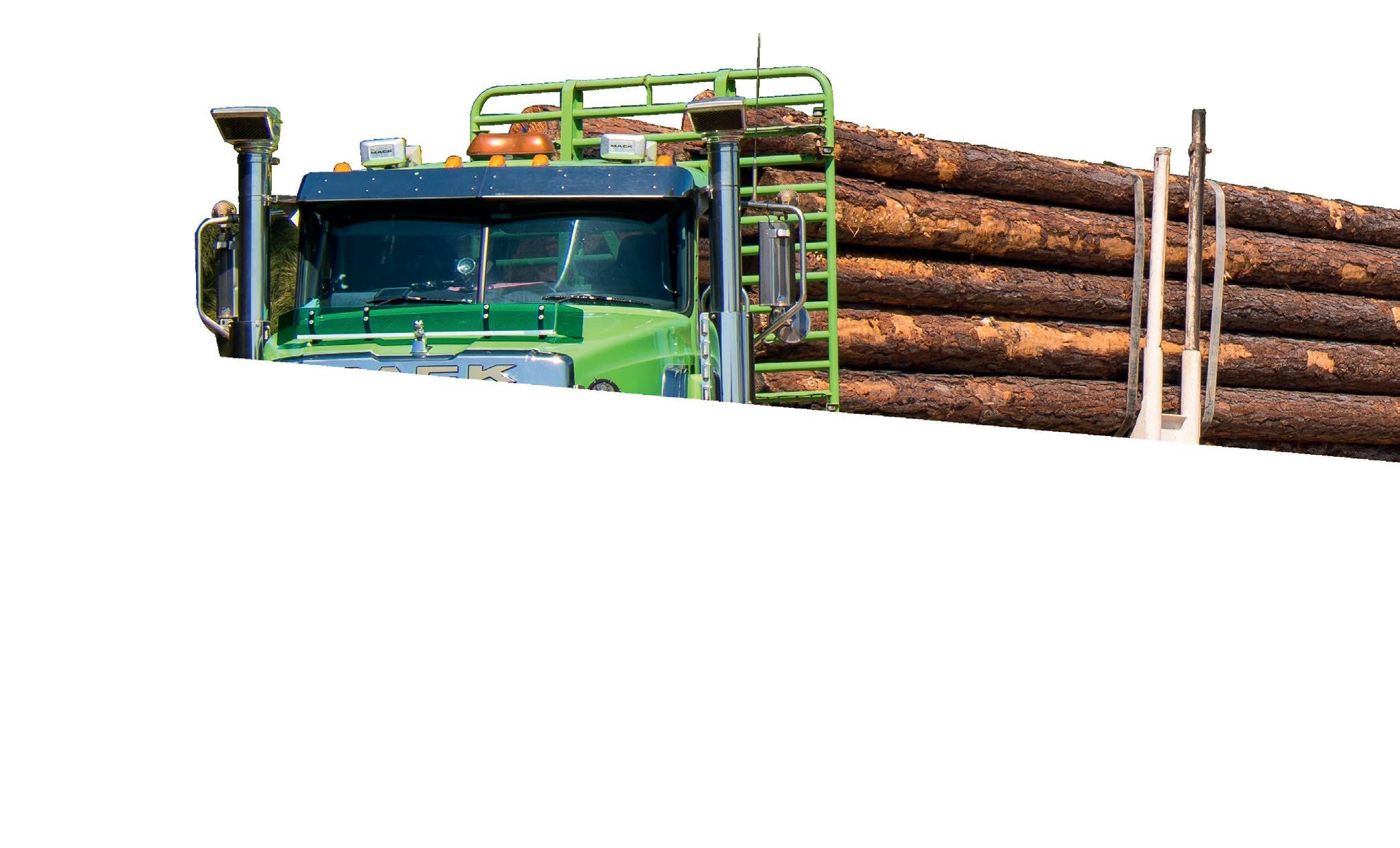
Queensland-based Sunchip Group has relied on Elphinstone trailers and weighing systems in one form or another for over three decades. Thanks to the proven reliability of those original trailers, it has ordered 10 more.
Roughly three hours’ drive north of Brisbane, hidden within the Tuan State Forest, lies a bustling hub of Queensland’s timber industry. As dawn breaks, the bright green Mack SuperLiners, towing their Elphinstone Long Logger trailers, rumble along neatly graded gravel roads on their daily pilgrimage to transport plantation timber to the sawmill.
What sets this operation apart, however, is a marvel of modern ingenuity – the Elphinstone Long Logger trailers. These behemoths of timber transport are more

than mere carriers; they are architects of efficiency, designed to cradle vast loads of sustainable plantation timber with consistent high payload accuracy and unwavering stability.
“The Sunship Group is a harvesting and haulage contractor based in the Fraser Coast region in Queensland,” Michael Whish-Wilson, transport supervisor Tuan and Toolara Forests, explains. “We’ve been operating here for the last 26 years, and for most of that, we have been using Mack trucks and Elphinstone logging equipment.
Today, we run about 15 of their units. We predominantly use Long Logger trailers working around the clock, 24 hours a day, five days a week. Mark Blackberry, owner and founder of the Sunchip Group, worked with Graeme Elphinstone to develop the Long Logger trailers. These unique trailers allow us to cart up to one and a half million tonnes of sustainable plantation pine annually.
“The Long Logger trailers permit us to do such high volumes because they allow us to safely cart long lengths up to 18.3m on the B-Double route and achieve a 45-tonne payload with fast loading and unloading times.”
To cope, the Super-Liners were specced with the 510kW (685hp) MP10 and mDrive with HD shift option. Here’s an engine, for example, which, at the 685hp setting, produces maximum torque from 1000 to


1550rpm and peak power from 1550 to 1800rpm. It is matched to a transmission specifically programmed to allow the engine to pull down deep into the rev range before downshifting. However, at the other end of the scale, it upshifts surprisingly early to maximise the engine’s phenomenal pulling power. Yet none of these traits do anything to harm fuel efficiency.
“When you throw a 45-tonne load of logs on the back, it needs plenty of power to climb the hills around here,” Michael adds. Mack engineers spent several years researching, developing and testing a beefed-up version of the mDrive before releasing the HD option for on/off-road duty. Back at the launch, they explained that the HD option has tougher gears and synchronisers than the on-highway mDrive released in 2010 (which, incidentally, more
than half of all customers for highway Macks now choose). Conversely, the HD model also has a more efficient oil cooler and uses higher-viscosity synthetic lube oil.
The 12-speed mDrive HD is rated for up to 2793Nm (2060lb/ft) torque input.
Weight and price are usually critical factors in the decision-making process when purchasing heavy trucks, and the mDrive is among the lightest transmissions on the market. Surprisingly, Mack’s singlecountershaft mDrive weighs about the same as a comparable Eaton 18-speed manual transmission with twin countershafts and far less than the heavy-duty triple-countershaft Mack manual.
Michael says that the mDrive always appeared to pick the correct gear no matter how fast or slow he drove or whether he was on undulating or flat terrain. “It just seems to

get it right every time,” he adds.
As for the Long Logger trailer, it is essentially a hybrid between a skele trailer and a jinker. The skele trailer is upfront, and the stinger-steered jinker is connected to the rear of the front trailer. The trailer folds and unfolds automatically; there’s virtually no manual input from the drivers, and they can do almost all of it from the comfort of the cab. The trailers are very user-friendly, and best of all, you know they work day in and day out.
“The original Long Logger trailers we started running back in 2008 had a lifespan of about 15 years and covered millions and millions of kilometres. To put that into perspective, we replace prime movers every four to five years and merely connect the new trucks to the older trailers. I think each of those original trailers carted well over a
million tonnes per unit over their lifespan. Mind you, we have a comprehensive maintenance programme to ensure all our equipment gets maintained in first-class condition,” Michael adds.
“One important thing to mention about these trailers is that we use Elphinstone’s easy-weigh multi-reader in the truck cabin connected to 1660-loadcells mounted under each bolster on the trailers to weigh each load accurately. Our overload percentages are virtually zero, a terrific result given that we’re doing 100-plus B-double loads of timber a day and go months and months without a single overload. In an environment with so many variables, still having such reliability out of the scales is just unreal.”
The investment in accurate onboard scales certainly pays big dividends in the long run, Michael explains. “For example, if we underload each truck by as little as 1.5 tonnes per load, that means we’re losing over 150 tonnes of productivity per day. That’s 750 tonnes per week, equivalent to about 16 extra loads we’d need to do to cart that same amount of wood. I can’t emphasise the importance of accurate onboard scales enough.”
As the sun dips below the horizon, the rhythmic hum of machinery gradually fades. Sunchip Group’s pine logging operation lingers, etched into the very fabric of the landscape. In the waning light, the imposing figures of the Mack Super-Liners and their Elphinstone Long Logger trailers stand tall, weaving their way through the labyrinth of trees laden with 45 tonnes of sustainable plantation timber. Moving 18.3m-long logs is no problem.
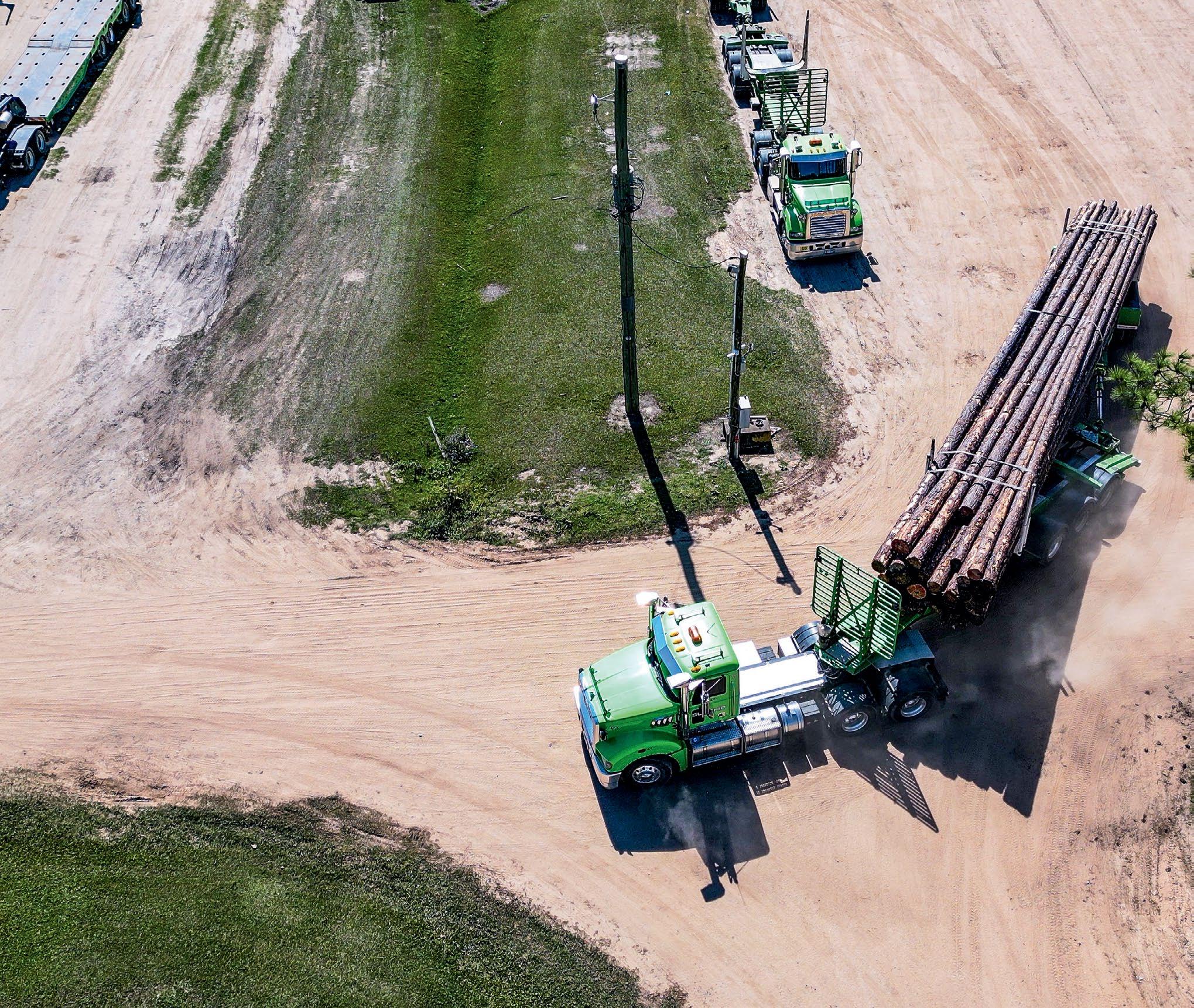
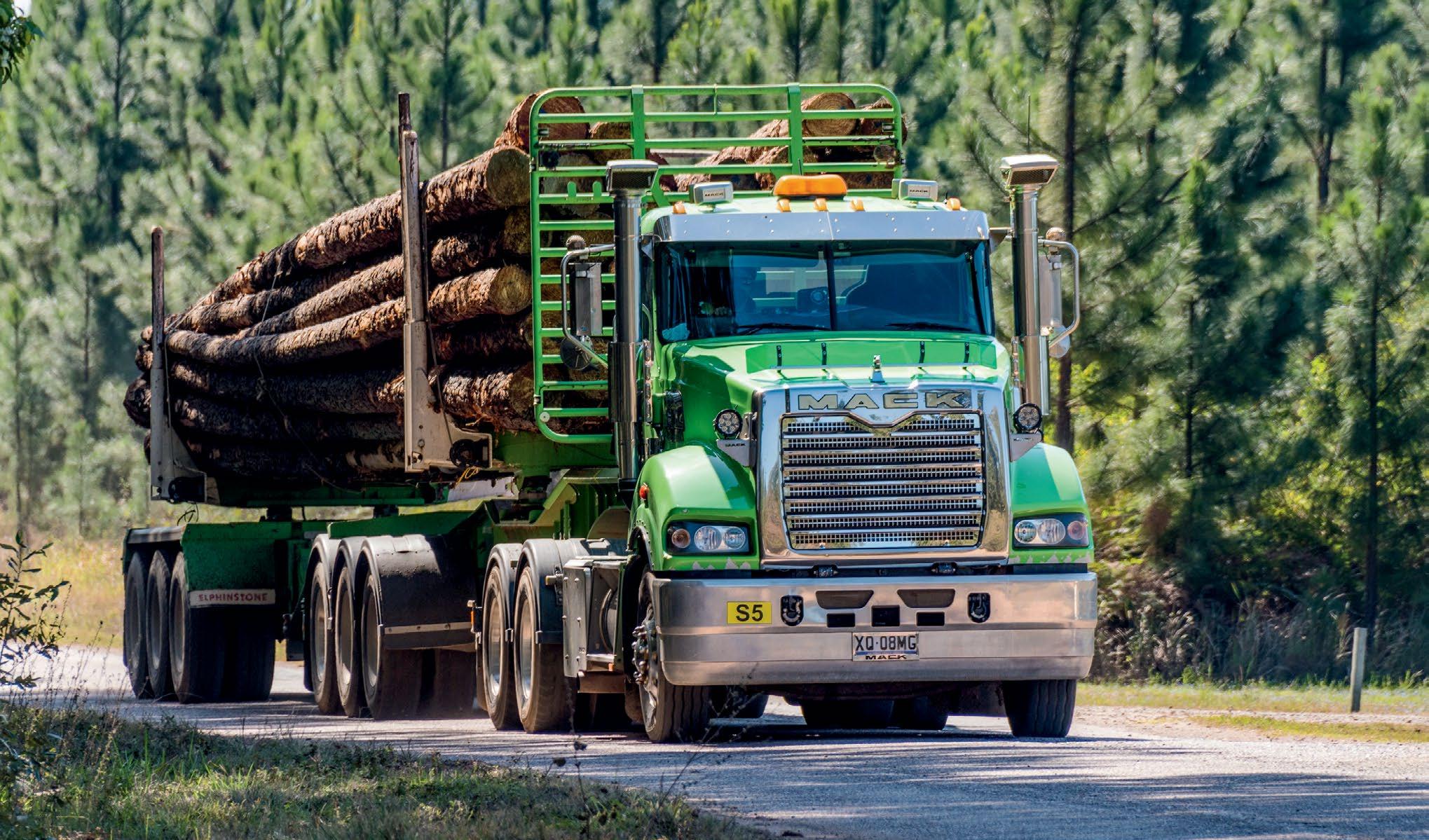






Five years ago, I made a tongue-in-cheek video about driving a classic DAF 3300 in Scotland. In my misguided attempt to highlight the impracticality of driving a classic truck daily, I humorously struggled with the manual gearbox, complained about the lack of cruise control, sweated from the absence of air-conditioning, and got lost without a sat nav. However, most viewers took the film very seriously, bombarding me with negative comments. Some speculated about my parents’ marital status at my birth, others questioned my sexuality, and several helpfully suggested I could stand to lose a few pounds.
So, when DAF offered me the chance to drive a 1979 FA 2800 DKD in Holland as part of its Eindhoven factory’s 75th

anniversary celebrations, I was somewhat hesitant. However, after some deliberation, I decided to give it a go, only this time I wouldn’t dare to find anything wrong with it.
It’s not just me who has piled on the pounds over the years, which becomes blatantly obvious when I park the 2800 face-to-face with a new XG+. Both trucks were designed for the same long-haul work, yet the older vehicle is closer in size to an XD distribution truck. Curiously, when I position the two vehicles side by side, the 2800 appears considerably wider, but it’s just an optical illusion.
The DAF F241 cab, as the name implies, is 241cm wide, making it 9cm narrower than the XG+. But who wants a big,
To celebrate DAF’s 75 years of building trucks, Will Shiers heads to Holland and dons his rose-tinted spectacles for a drive in a 1979 DAF 2800.
spacious cab? The twin-sleeper 2800 feels much cosier inside, and there’s nothing wrong with stooping when you move around a cab.
Seatbelts are hugely overrated! Yes, they’ve saved close to half a million lives worldwide, but I don’t feel worried about driving this truck without one. In fact, it doesn’t bother me that the most significant safety devices in this vehicle are headlights, a horn and three windscreen wipers.
By comparison, the XG+ has more three-letter safety acronyms than you can shake a pair of clogs at – some mandated, others optional extras. But that’s just more stuff to go wrong, isn’t it? Drivers have become too reliant on safety equipment and expect modern vehicles to get them out of all sorts of scrapes. It’s far better
just to concentrate, especially with thousands of kamikaze Dutch cyclists around. I think it was Jeremy Clarkson who once said that the best safety aid in a vehicle would be a spike sticking out of the centre of the steering wheel – it would certainly make us all more cautious drivers.
The demise of manual gearboxes has upset many people, especially on social media. According to Facebook, real men drive manuals, and the more complicated the gearbox, the more macho the driver. Summing up this attitude perfectly, one comment on my DAF 3300 video simply says: “He just loves automatic gearboxes like a woman.” I’m pleased to report that the 2800 boasts a 13-speed Eaton Fuller RTO 9513 splitter – although, regrettably, it does have synchromesh,



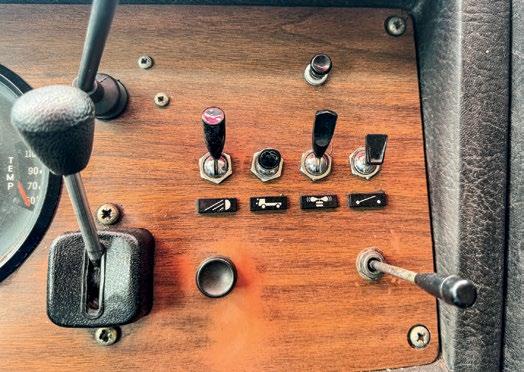

1-3) DAF’s idea of big-cab comfort has come some way. 4 & 5) No screens, simple controls … including an indicator stalk mounted to the dash panel.
which puts a small dent in my masculinity.
With only 410,000km on the odometer, the gearbox feels as good as it did the day it rolled off the line. Having something to do with my right hand is great (though judging by the comments on my last video, viewers seem to think my right hand is always busy anyway!), and manually changing gears quickly becomes second nature. We’re running unladen, so there’s no need to use the splitter, but I do anyway simply because I can. I can feel my libido improving each time I dip the clutch pedal.

I’m so relieved I’m not in the XG+, with the latest ZF TraXon and its flawless gear changes.
The phrase “everything falls easily to hand” is overused in vehicle road tests. Fortunately, it doesn’t apply to the 2800, as few of its controls and switches are where you’d expect them to be.
We’ve become accustomed to self-cancelling indicators on steering column-mounted stalks, but they’re not all they’re cracked up to be. It makes far more sense to place the stick on the dashboard, allowing the driver to have a good stretch whenever they need to be turned on or off.
Without a seatbelt holding me back, it’s a breeze to operate.
There are no touchscreens in this cab, just good old-fashioned buttons and dials, which is great news for me and everyone else who finds these modern devices distracting. No DAF 2800 driver ever rear-ended a car because they were preoccupied with Apple CarPlay.
It also lacks Bluetooth and a fancy audio system. At some point, an aftermarket radio/ cassette player was installed in this example, but why bother with that when you have a deafening 11.6L, six-cylinder
engine to listen to instead?
When I was in the Boy Scouts, I wore an orienteering badge on my sleeve with pride, and I’ve always enjoyed map-reading. However, it’s becoming a dying art, as more drivers rely on satellite navigation to find their way. Thankfully, the 2800 doesn’t have one of these awful devices, and on all four occasions that I get lost, I am able to put my map-reading skills to good use.
Europe had a disappointing summer this year, with unseasonably cold and wet weather. Fortunately, I have chosen the hottest day of the
DAF began in 1928 when Hub and Wim van Doorne founded Van Doorne’s Machine Factory in Eindhoven. The company initially made a mark in the early 1930s by introducing trailers with welded, rather than riveted, chassis, setting a new standard in the industry and leading to the establishment of Van Doorne’s Aanhangwagenfabriek (DAF).
The pivotal moment came in 1949 when DAF launched its first truck, the A30, a three-tonne vehicle featuring the distinctive seven chrome stripes on the grill. This model quickly met the burgeoning post-war demand for transport.
Building on this success, DAF introduced the A50 and A60 for heavier loads, and the A10 and A107 for lighter deliveries. By 1953, DAF was manufacturing its own cabs, moving beyond merely producing chassis and engines. The 1955 milestone of 10,000 chassis produced was highlighted by a significant order from the Dutch army.
DAF’s innovative spirit continued with the 1957 introduction of the DO, designed for heavy and international transport. The 1960s saw the debut of the DAF 2600, which revolutionised the industry with its spacious, square cab, catering to drivers on long international routes. The 1970s brought the F1600–F2200 series with tilt cabs for easier maintenance, and the ground-breaking 2800 series in 1973 featured twin beds for driver comfort.
Throughout its history, DAF has been at the forefront of technological advancements and design improvements, and its award-winning, new-generation trucks have set new standards for driver living space and visibility.
year for my drive. I’m even happier when I discover that the old DAF doesn’t have air conditioning, effectively turning the cab into a Dutch oven. It does, however, have a perfectly functional driver’s window to roll down, even if the handle is broken. The sweat is pouring off me in bucketfuls, which is great – it might help me lose some weight. That should please the haters, too. Win-win!
DAF has invested millions in developing its Direct Vision System, which replaces external mirrors with cameras and screens. This includes Corner View, which substitutes the class 5 and class 6 front view, and kerb view mirrors. What a waste of money! Doesn’t it realise that real truck drivers prefer glass? The 2800 has two perfectly good mirrors that cost a fraction of the price to
replace. They work well, even if they are a bit small and tend to vibrate violently.
DAF squeezes 530hp out of its MX13 engine, which strikes me as a bit excessive. At 307hp and 1150Nm, the 2800 has less than half that, which is more than adequate. What’s more, because it doesn’t have a speed limiter, I overtake the newer XG+, which is forced to do 90km/h on the motorway.
Another thing I find massively overrated is power steering. I believe it’s far better to have an unassisted bus-style steering wheel that demands significant amount of effort to turn. At the end of the day, you
feel like you’ve actually put in a proper day’s work.
I do wish I had the chance to sleep in this truck, too, as the twin sagging bunks look incredibly inviting. Although, to be honest, I’d probably discard the mattress and sleep on a bare board just to emphasise my masculinity.
Overall, I hope I’ve conveyed how much I appreciate this truck, and perhaps I’ve even started to redeem myself for daring to criticise the 3300. However, I do have one small criticism – the lack of storage. I just can’t find anywhere to store my rose-tinted spectacles.
Want to know what all the fuss was about?
Scan here to watch Will’s DAF 3300 video. The moderators have since removed some of the more abusive comments …













By Carl Kirkbeck
With the chassis of Torquing Bulldog now complete and ready for paint, it’s time to focus on making a start on the trailing gear connected to the Ringfeder at the rear of the truck.
hen we embarked on the journey of building Torquing Bulldog, we were under no illusion that we would need to attempt a good deal of scratch building. The base kitset of the R-model Mack is not too much of an issue; that is purchased off the shelf at most local hobby stores. It is when we start looking at the trailing gear that Torquing Bulldog towed – the three-axle 1.8m spread spaced tandem, alloy-binned tipping trailer – that we begin to understand the task ahead of us.
Unfortunately, the international kitset manufacturers do not cater for New Zealand trailer configurations. The market is too niche for them, not to mention the plethora of combinations and
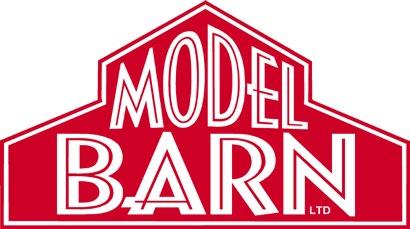
configurations that we have here.
So apart from a second-hand set of wheels I robbed from the spareparts bin, the entire trailer from tow-eye to taillight will be scratchbuilt from various Evergreen plastic sheet thicknesses and extrusions.
As we have found with past projects, the Evergreen product is easy to work, form and glue.
The first step, and by far the most important stage of a build like this, is the research. Straight up, the quality and realism of the end product is directly attributed to the amount of time spent here, acquiring as-built information and correct measurements. This is where belonging to a model truck club, and having a bunch of likeminded model truck building mates at the end of the phone you
can call upon to help you out of a bind, is extremely helpful. This time good friend and committed model truck builder Gordon O’Riley came to our assistance with all manner of photographs, as well as his own hand-drawn blueprint schematics of the exact trailer we are needing to build.
Armed with this information we can make a start. And just as if we were building the trailer at 1:1 full-size scale, we apply the exact same building techniques to our 1:25th scale model, and start with the chassis. This is as simple as forming the two chassis rails first from Evergreen 279 9.5mm I-beam extrusions.
And with that we are under way.

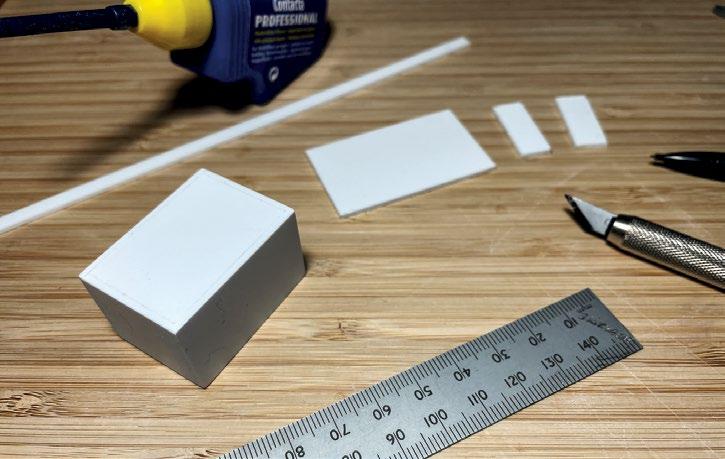

Using Evergreen 1.5mm sheet plastic, cut to shape and form a simple box to replicate the driver’s side toolbox on Torquing Bulldog. Once dried solid you can file the edges clean, then add door details like the handle and hinges.
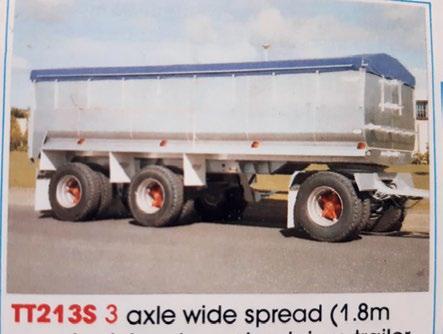
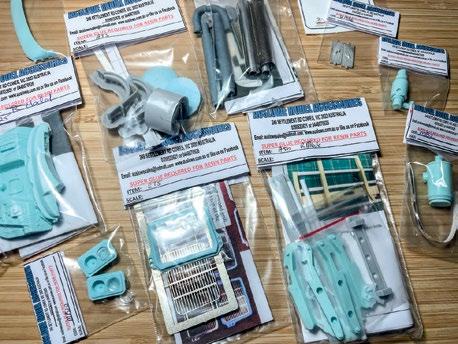



Exciting times, as our parcel from the team at Auslowe Model Accessories has arrived. Inside are all the goodies we require to get Torquing Bulldog as close as possible to the real truck. The detail found in the Auslowe castings is second to none; they absolutely pride themselves on accuracy. Their catalogue is extensive; I seriously recommend you visit their website and see for yourself just what they have to offer. Great people who are as passionate about the hobby as we are. Here we see their air reservoir tank for the starter motor (Auslowe AT3), complete with chassis mounting brackets and straps. As I mentioned above, great people who offer us builders solutions that take the realism of our builds to the next level. Visit them here - www.auslowe.com.au.



The weapon of choice when Torquing Bulldog was new, a three-axle 1.8m spread spaced tandem, alloy-binned tipping trailer. Definitely not available off the shelf, apart from the wheels and tyres, this build will be 100% scratch-built.

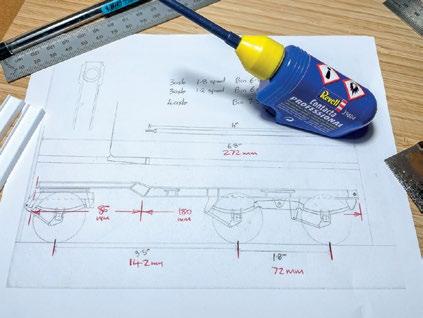





Armed with all the measurements and information we could wish for, we cannot thank Gordon O’Riley enough for his hand-drawn blueprints of the three-axle trailer, as well as photographs of one of his own builds (top left) to guide us. This information and detail has taken all the guesswork out of the build for us, and will most definitely take the level of finish and realism to the next level. Starting at the beginning, the first stage is to form the chassis rails. We do this by using Evergreen 279 9.5mm I-beam extrusions, cutting the rails to length and forming the first angle cut that leads up to the ball-race turntable – bring it on, we are under way!




It’s time again for the annual Craig Christensen – Build a Model Truck Competition, and our great friends at Italeri, who make the model truck kitsets, have again kindly given us three model trucks as prizes.
Building a model truck does not need to cost hundreds of dollars, and our good mate Craig Christensen has definitely proven that. His incredible homemade model trucks built from items and materials found around the home are inspirational. So we are again setting the challenge to see what you, our budding model truck builders, can rustle up from the bits and bobs you find around your home.
We want you to build a model truck and trailer combination from any household items you can find. It can be built to any scale and can be completely imaginary with regard to axle/wheel combination – let your mind run loose. There will also be extra points for the livery design and colour scheme you choose to use on your rig.
The competition will close at midday on Monday 4 November, with the winners
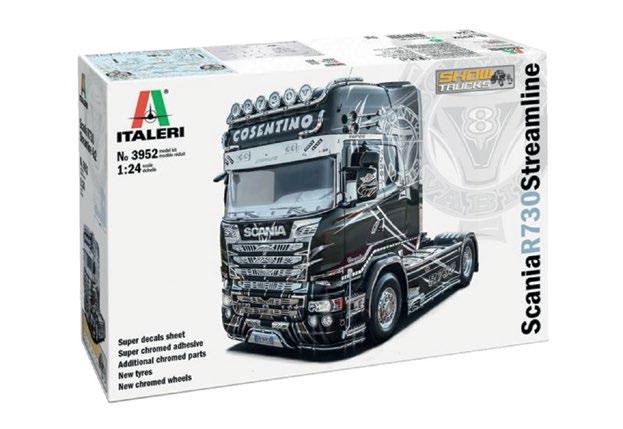

contacted immediately and the results printed in the December 2024/January 2025 issue of New Zealand Trucking magazine. So no excuses, you have plenty of time!
There will also be a qualified mystery judge to decide the winners from all the entries we receive. To keep it fair, we will run three classes: up to six years, six to 12 years, and finally 12 years through to 18. The judges’ decision will be final.
The prizes for each of the three age groups will be an Italeri kitset model truck and a New Zealand Trucking cap – pretty cool prizes to work for, and plenty of time to get building. So don’t hold back – get into it now!
Send photos of your build, along with the builder and build information, to carl@nztrucking.co.nz before the competition cut-off to validate your entry. Happy building!
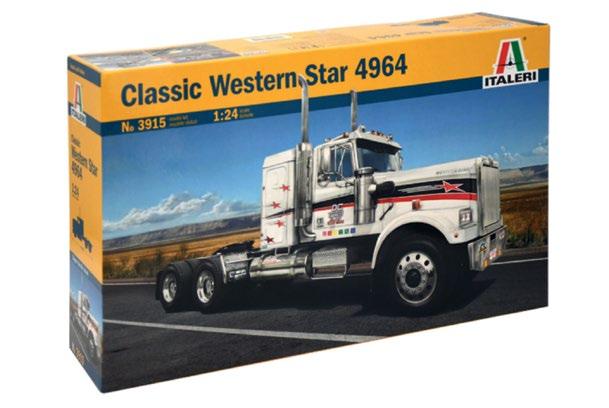



We’re incredibly proud to be voted #1 in safety in NZ Trucking magazine 2023 national trucking survey. From stronger cabs, to smart emergency brakes, to side-detection alerts, our focus is always on the best possible protection for our drivers and fellow road users.



Show organisers
Please send your event details, at least eight weeks in advance, to: editor@nztrucking.co.nz for a free listing on this page.
Alexandra Blossom Festival
42nd Annual Truck Parade
Saturday 28 September 2024
Centennial Avenue, Alexandra
Contact: info@blossom.nz, blossom.co.nz/events/boothslogistics-parade-trucks
Mitre10 Ride in a Truck Day
Saturday 12 October 2024
A&P Showgrounds, Hastings
Contact: Facebook – Mitre 10 Mega Ride in a Truck Day
2024 South Island Long Lap 14-26 October 2024
Redwood Hotel, Christchurch
Contact: Donna Hardie, 027 451 8585 siclassictrucks@gmail.com
All scheduled events may be subject to change, depending on weather conditions, etc. Please check websites for updates before setting out.
Sunday 27 October 2024
Corner of Bill Richardson Drive and Fox Street
Contact: Facebook – Southland Transport Invercargill Truck Parade
Dave Carr Memorial Run
Saturday 2 November 2024
Highway Inn Truckstop, Sawyers Arms Road, Christchurch
Contact: Facebook – Dave Carr Memorial Run 2024, Skoda 027 323 8665, Cam 021 104 0599

Events Gallery




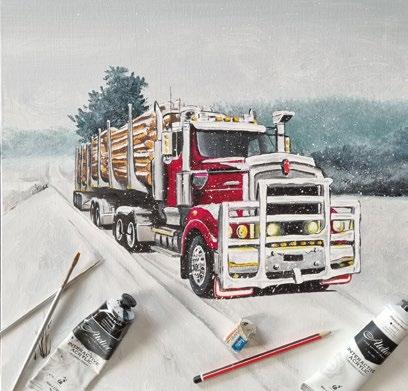





You could simply upgrade with your current provider, or you could take the opportunity to do future you a favour and implement a comprehensive fleet management solution with future-proofed 4G technology that will make your life easier as your business grows.
• Advanced metrics and insights you can reduce costs and vehicle downtime
• Digitise your manual processes to improve driver safety and boost productivity
• Stay ahead of your competition with a comprehensive solution
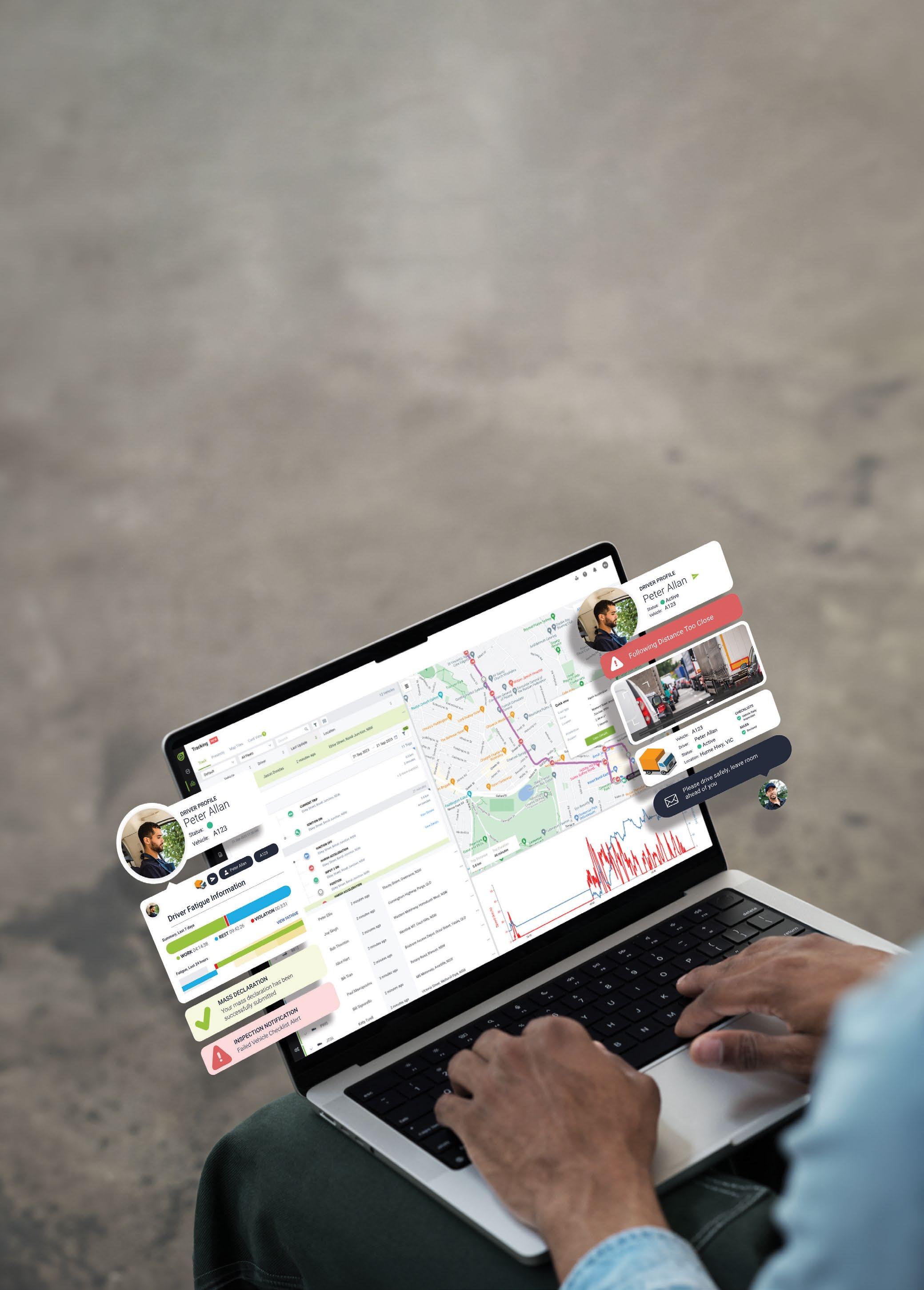





New Zealand Trucking reveals how the economy is travelling via key metrics from the road transport industry.
This information is compiled by Russell Walsh from information provided by the NZ Transport Agency statistical analysis team and through the Open Data Portal.
The data used in this information reflects any amendments to the data previously reported.
This summary includes data from two heavy-truck classes and one heavy-trailer class.
A goods vehicle is a motor vehicle that:
(a) is constructed primarily for the carriage of goods; and (b) either:
(i) has at least four wheels; or (ii) has three wheels and a gross vehicle mass exceeding one tonne.
Note: Vehicle classes are not the same as RUC vehicle types or driver licence classes.
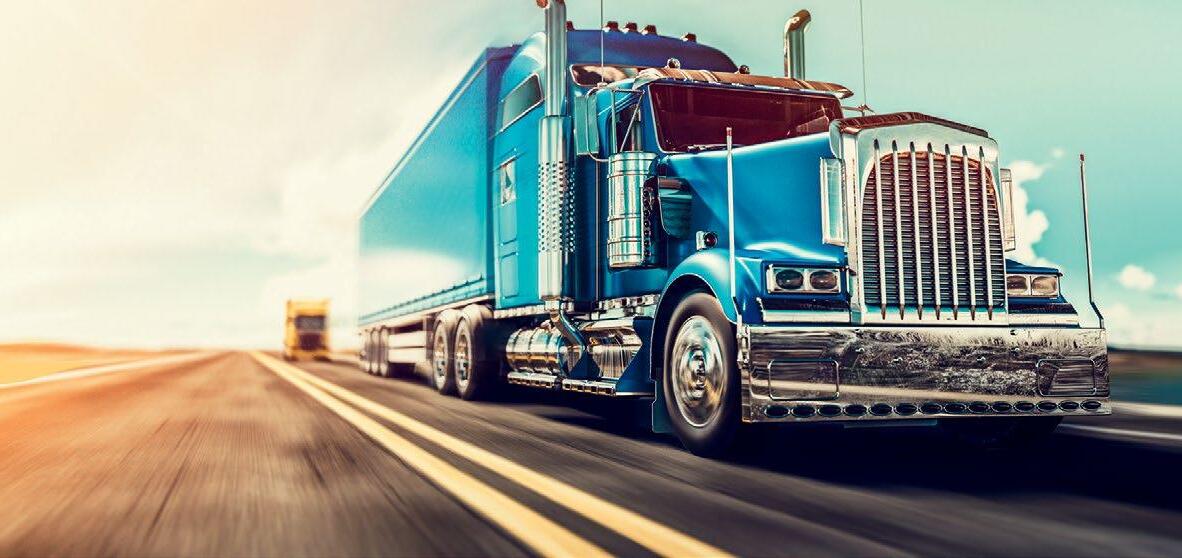
Vehicle class Description
NB
(medium-goods vehicle)
NC (heavy-goods vehicle)
TD (heavy trailer)
A table of all vehicle classes is in Table A of the Land Transport Rule Vehicle Dimensions and Mass 2016 Rule 41001/2016 https://www.nzta.govt.nz/assets/ resources/rules/docs/vehicledimensions-and-mass-2016-asat-1-October-2019.pdf
A goods vehicle that has a gross vehicle mass exceeding 3.5 tonnes but not exceeding 12 tonnes.
A goods vehicle that has a gross vehicle mass exceeding 12 tonnes.
A trailer that has a gross vehicle mass exceeding 10 tonnes.
First registration of NB, NC and TD class vehicles year on year, to date

First registration of TD class heavy trailers for July, year on year by major manufacturer
First registration of TD class heavy trailers for July,

First registration of NB and NC class vehicles for July, by major manufacturer

First registration of NB, NC and TD class vehicles for July, year on year


First registration of NC class vehicles year to date 2019 –2024, by major manufacturer
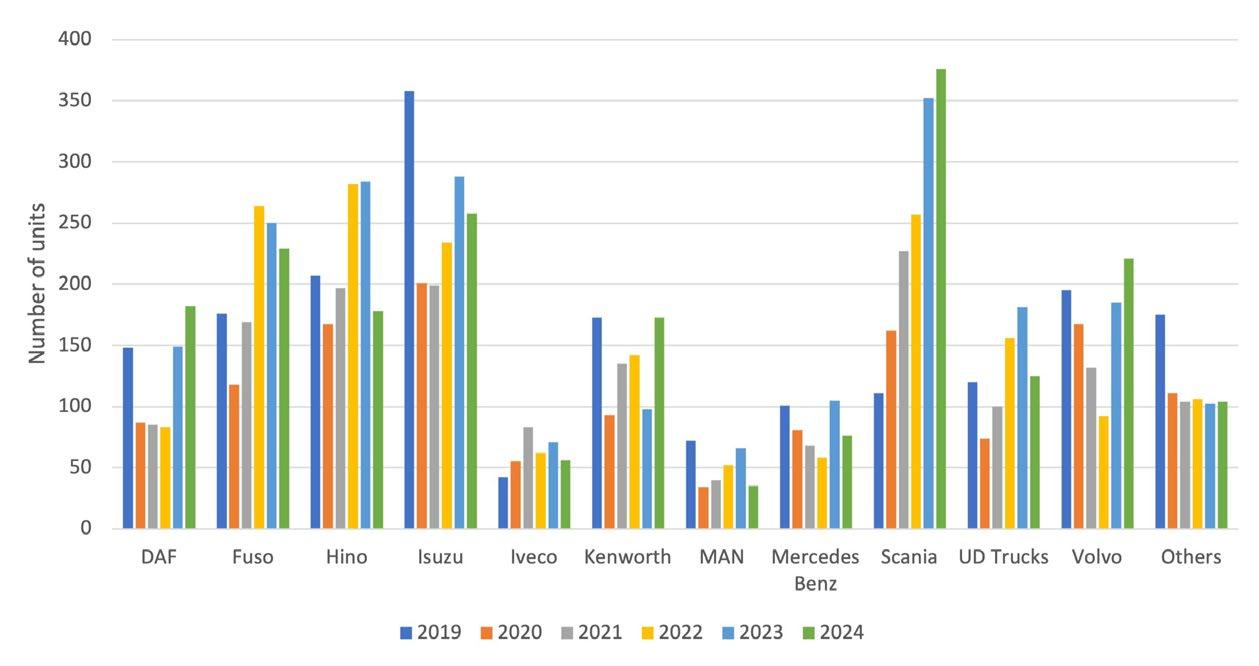
First registration of TD class heavy trailers year to date 2019 –2024, by major manufacturer

Due to a change in process, the presentation of RUC data will now lag by two months. It is compiled from information provided by the NZ Transport Agency via an Official Information Request.
New Zealand Trucking magazine acknowledges the assistance of the media team at NZTA for providing this information to us.

Total value and distance of road user charges purchased per year and year to date
Summary of RUC transactions for June 2024
Number of individual RUC licences issued for month 284,445
Total kilometre RUC distance purchased (All types) 1,262,932,331
Total value of all RUC purchases (All types) $158,348,312
$2,041,939,272
$2,069,615,049
$2,249,341,814
$1,710,831,998
$1,655,078,736
$1,098,309,631
1
1
type 1 vehicles are
vehicles with two axles (except type 2 or type 299 vehicles. Type 299 are mobile cranes). Cars, vans and light trucks that use fuel not taxed at source (i.e. diesel fuel) are generally in this RUC type. A description of RUC vehicle types is available at https://www.nzta.govt.nz/vehicles/licensing-rego/road-user-charges/ruc-rates-and-transaction-fees/
RUC distance purchased year-to-date June for selected RUC types
14 Powered vehicles with four axles (except type 408, 414 or type 499 vehicles)
33 Unpowered vehicles with three twin-tyred, or single largetyred, close axles (except vehicle type 939)
408 Towing vehicles with four axles that are part of a combination vehicle with a total of at least 8 axles
951 Unpowered vehicles with five or more axles
H94 Towing vehicle that is part of an overweight combination vehicle consisting of a type 14 RUC vehicle towing a type 951 RUC vehicle with a permit weight of not more than 50,000kg.
H95 Towing vehicle that is part of an overweight combination vehicle consisting of a type 14 RUC vehicle towing a type 951 RUC vehicle with a permit weight of 50,001kg - 54,000kg

RUC purchases (All RUC types)



Average monthly RUC purchases by year (All RUC types)

RUC purchases during June for selected types


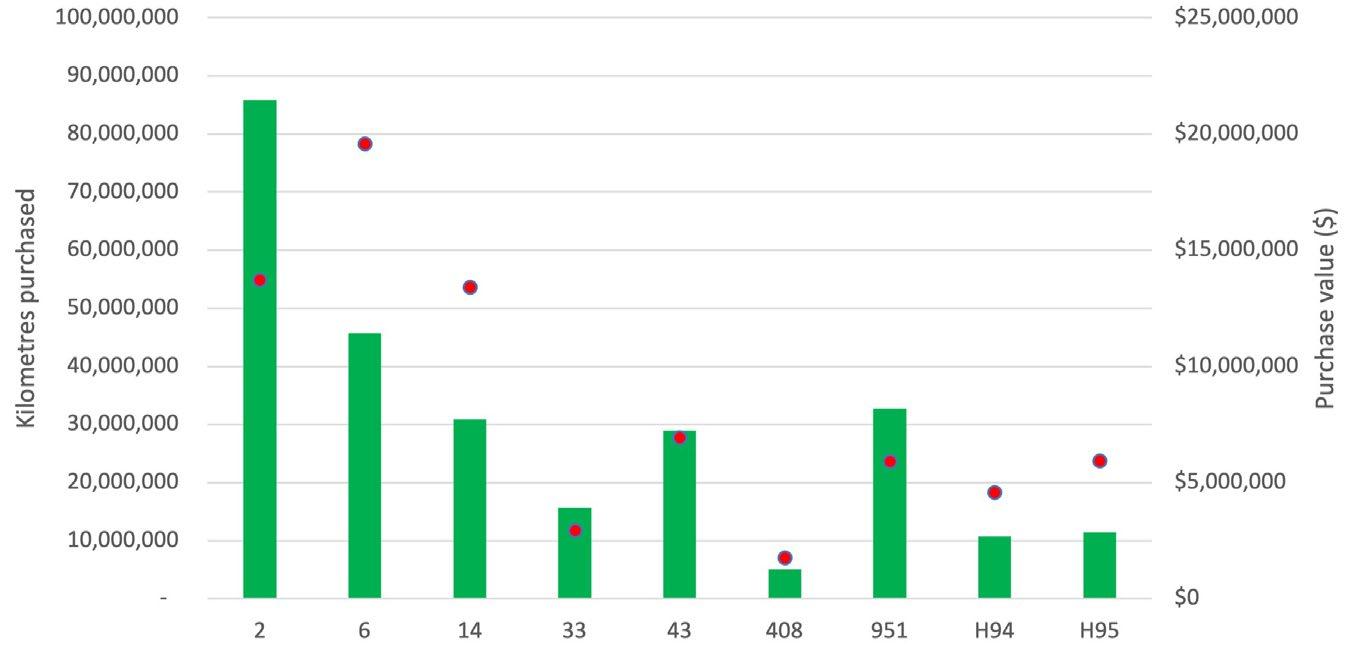
Total licences issued for rolling year to date – 3,890,881
Total number RUC licences issued for month (All RUC types)

Transport industry professionals discuss the latest trends, opportunities and challenges, focusing on three crucial aspects of modern fleet management: safety, efficiency and sustainability.
EROAD held its ninth annual Fleet Day event at Hamilton’s Mystery Creek in August, attracting more than 1200 fleet industry professionals.
This year’s Fleet Day was the largest yet, with the conference taking place at Mystery Creek for the first time, featuring about 57 exhibitors.
EROAD Fleet Day is an annual fleet management conference combining traditional

conference elements with multi-brand vehicle displays and interactive experiences.
With support from major sponsor Waikato Regional Council, it featured an impressive line-up of more than 15 key speakers headlined by former Prime Minister Sir John Key.
Along with speaker sessions, vendors and industry experts enjoyed a day of browsing vehicles, networking, plus a
vehicle crane drop to simulate the forces at play in an 80km/h car crash vs 120km/h.
A group panel session, which featured Supercars legend Greg Murphy and experts from the police, Fonterra, NZI and EROAD, discussed the recent speed limit rollbacks and the potential impacts, as well as the role of technology in keeping drivers safe.
New tech and AI
Sir John Key emphasised the importance of being forwardthinking when it came to new technology such as AI.
Humans often overestimated the short-term impacts of new technology while underestimating the long-term
potential, he said.
“AI will be exactly the same. We can’t underestimate how much data AI is going to be able to capture. Data is going to be the new gold. If you think about all the trucks running around, understanding and capturing that data with generative AI, the amount of information we are going to have...”
Sir John further highlighted the importance of data as a critical asset for decisionmaking and strategic planning. Leveraging fleet data effectively is key to staying ahead, yet as Jacques Ellis of EROAD noted, 48% of light fleets currently don’t use any form of telematics and could be missing out on key optimisation opportunities.

Sir John also discussed New Zealand’s geography and why roads were the answer.
“We are an unusual country in a lot of ways. We’re a small population. Three-quarters of the population live north of Taupō,” he said.
“Trucks are more efficient than rail. Rail works for really long distances. In the United States, rail works because people are going from one coast to another, and they’re going massively long distances, and they’re not getting whatever you are transporting on and off.
“But in New Zealand, where you’re coming into Tauranga Port and you send into the inland port, for example, roading is the way it goes,” Sir
John said.
“So, when people get up in Parliament and say we don’t want roads, we don’t want to build roads, they don’t know what they’re talking about. And that’s because of the nature of where people live and the distances we go.
“But there isn’t a solution in New Zealand that doesn’t include roads.”
a powerful enabler, but not a silver
A highlight of the 2024 Fleet Day was the safety panel, which delved into recent safety developments and the role technology plays in safety.

Also on the agenda was why a strong safety culture is essential and why drivers need support systems, proper training and a focus on wellbeing.
The panel featured Lucy Thomas, national health and safety business partner –national transport, Fonterra New Zealand; Greg Murphy, professional racing driver; Steven Jones, road policing supervisor, North Western Waikato; Guy Hocquard, enterprise sales director, EROAD; Paul Phipps, national fleet manager, Fonterra; and Andrew Greatbatch, risk advisory manager, NZI.
Is there a need for speed?
Speed limits were a hot topic

in the opening minutes of the panel, with the Government’s plans to scrap the previous government’s speed restrictions a focus.
Greg Murphy said changing speed limits alone was not the answer.
“A lot of us have got used to doing certain speeds in certain environments and we feel that we are okay with that. And I know there’s roads that I drive on frequently that have had speed changes, which I very much feel are inappropriate for those roads,” he said.
“Look at SH5 to Napier. Considering all the work done on the road to then have it put down to 80km/h, I don’t think it was the right call. There’s certainly lots of other bits of roads that do need to be assessed and aren’t fit for purpose for the speed that they are.”
Greg said more training is needed to be done for people driving on New Zealand roads.
“Just changing the speed isn’t necessarily going to give you the outcomes you’re looking for. At the end of the day, speed is a factor in every crash, whether it’s 5km/h or 100km/h, the laws of physics don’t change. We need to have more respect and understanding of that, and that should be part of the learning process of being allowed on our roads.
“It’s a combination of a whole bunch of things that need to come into play, not just speed. It’s about preparation and risk assessment. We can’t do one thing and expect it’s going to be



a silver bullet, because there is no such thing.
“The police don’t set the speed limits, but some speed limits are probably not correct. Some roads could be faster if they’re not engineered for slower speeds. And some should be slower if they’re not engineered for fast speeds,” said Steven Jones, road policing supervisor, North Western Waikato.
“Whether they put them up or not, it’s not up to us, but whatever they said, police will enforce it. Don’t you worry.”
The safety panel underscored that distraction had become an epidemic, urging all fleets to step up to tackle it. They recognised that while technology was no silver bullet, modern fatigue and distraction detection technology played an important role in combating this issue.
Steven Jones said distracted driving was extremely dangerous.
“Driving is one of the most multitasking things we do as an adult. We’ve got a lot of information coming in, and we need your eyes to be up and forward,” he said.
“People are so connected to their phones. I’ve stopped people that are Snapchatting or filming or making TikToks while they’re driving. It’s infuriating.”
Steven said fines were not enough when it came to phone use in vehicles.
“We should be able to impound their vehicles. The fines aren’t enough. Overseas, they’ve got phone-detecting cameras, and the fines are horrendous. The fines here are pretty minimal, pretty pathetic, and not much of a deterrent. And it’s not only phones, but other distractions within the vehicle as well.”
Guy Hocquard, enterprise sales director, EROAD, said trials of the company’s new AI
camera over the past six weeks had been “eye opening”.
“What actually goes on in the cab of a vehicle, understanding how big the risk is, then creating the controls and measures around managing that risk,” he said.
“With speed limits, we clearly see in our data that those organisations that stay within the bounds that have been set are much safer.
“So, understanding the risk first is the biggest thing. If you don’t have telematics or cameras, then you have no idea what you are dealing with.”
Andrew Greatbatch, risk advisory manager, NZI, said that from an insurance perspective, the focus was on how the risk of the driving task could be lowered.
“We take telematics data and produce these easy-to-read, concise driver report cards. When we launched the programme, we thought transport managers would need to use all these punitive tools to get recidivist drivers to slow down. But, in fact, what we found is actually the opposite,” he said.
“Just using those report cards to have a conversation with a driver about the driving task, we think, has more effect than actually the speed zones in which they operate.”
Guy Hocquard, enterprise sales director, EROAD, said using telematics technology to monitor driver behaviour leads to good outcomes.
“We absolutely see a massive change in behaviour when you increase accountability,” he said.
“Because you’re a bit more protective of your information and driving results when it’s under your name. People respect what

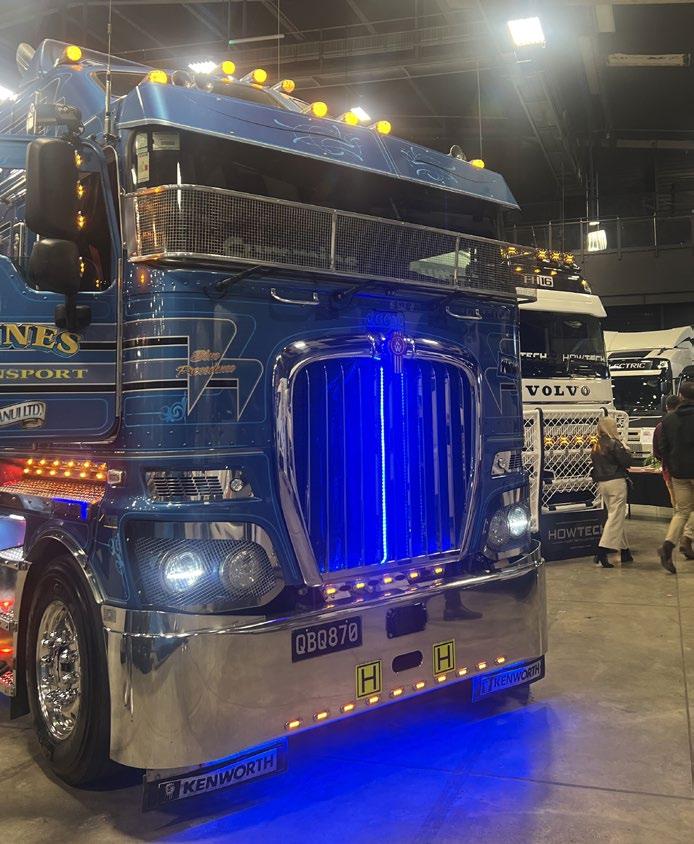



Climate reporting: a competitive edge essential to future growth
Andrew Jamieson from PwC spoke about the emissions reporting requirements that have begun to roll out in New Zealand.
“While regulation may be behind some of the reporting we’re seeing, it’s clear that changes in consumer demand and investor appetite are also driving businesses to push for sustainability in order to gain a competitive advantage or attract investment,” he said. “And organisations who report on Scope 3 emissions will be looking for transport businesses who can support them to decarbonise their supply chain.”
Fleet technology: upgrade to unlock safety, efficiency and sustainability
Liz Yeaman, consultant, EVs and renewable energy for transport, said fleet optimisation started with measuring actual fleet activity and movements so any decisions made were based on data.
“Fleets may find they have underutilised vehicles and assets, which when sold, can support them to replace well-used vehicles with smarter, more efficient models.”
EV cost: stretch the asset to overcome high depreciation
Affordability and depreciation remain a concern for fleets. However, the challenges can be overcome. With fewer moving parts, EVs have lower servicing needs. Combined with overthe-air updates and advances in battery technology – fleets don’t need to cycle the assets through their fleet as quickly as ICE vehicles, they can ‘stretch the asset’. Rather than a three-year investment, EVs can be considered a five-year-plus investment.
EV market: slowed, but still growing globally
The sustainability panel discussed the impact of economic factors on EV sales such as the removal of the clean car rebate. While sales may have slowed, overall, the market continues to grow globally, and although some traditional car manufacturers have shifted away from EVs, newer companies have stepped in.

At the event, EROAD unveiled its new AI-powered dashcam, EROAD Clarity Edge.
With its advanced driver behaviour monitoring capabilities, Clarity Edge aims to help fleets strike the right balance between productivity and driver safety.
In its on-road customer testing, EROAD said that 99% of the events detected by Clarity Edge would never have been detected by traditional telematics.
Mark Heine, co-chief executive officer of EROAD, said AI was the logical next step for safety-conscious fleets.
“What we’re seeing now is fleets striving for that next exponential lift in driver safety, and that is where AI comes in,” he said.
“AI has the ability to detect a far wider range of behaviours such as tailgating, fatigue or mobile use. These are known to be contributing factors to accidents, as well as inefficient driving practices.
“Fleet operators don’t have time to watch thousands of hours of on-road footage, to spot violations. By leveraging advances in AI, we’re able to do that for them. It’s a gamechanger for fleet safety and productivity.”
AI can monitor the driver and the road, alerting the driver and fleet manager to potential dangers in real time.
Clarity Edge is an advanced dashcam solution, with integrated road, driver and fatigue AI packages. By
monitoring for risky behaviours and alerting drivers in real time, Clarity Edge can help to prevent accidents or reduce their severity.
The combination of the three AI packages, together with EROAD’s existing driver behaviour and fleet management technology, will enable fleet operators to identify and manage a wide range of driver behaviour, including speeding, near misses, mobile use, fatigue and distraction.
EROAD senior product manager, Soumya Puri, said Clarity Edge was a fit-forpurpose solution, having been built from the ground up as an AI camera, with state-of-the-art edge-compute processing.
“As AI models become more complex, they require more processing power from the device itself,” said Soumya.
“Some of the AI-ready cameras in the market today have pretty much maxed out their processing power, limiting future development,” he said.
“Clarity Edge is at the forefront of AI camera technology, with superior processing power. We’re already looking beyond the camera’s current capabilities towards future integrations and enhancements such as additional peripheral cameras.
“AI is rapidly advancing, and EROAD is evolving its platforms and hardware so that customers can leverage those advances sooner rather than later, and in an intuitive way.”
you inspect.
“I’ve walked into many kitchens at various trucking organisations where they have very publicly displayed a list of their best drivers to worst drivers using their names.”
Greg Murphy said that when using telematics technology, businesses must be prepared to find out things they might not want to know.
“You also have to be prepared to react to it,” he said.
“When you start to investigate and use this technology, you’ve got to then be prepared to react to it. The information that’s gathered, you’ve got to want to use it and effectively put it into practice at the same time.
“And just because a business may have a 100% success rate because nothing’s gone wrong, doesn’t mean it’s not going to go wrong,” Greg added.
“And that’s unfortunately the way a lot of people see it. The fact that they haven’t had a crash or a driver said, ‘I’m fine, I’ve been doing this for 20 years, I’ve never had a crash.’
“That doesn’t mean it’s not going to happen. It doesn’t mean that there’s not an issue, there’s not a problem that can be helped and can be improved.
“And that is how the environment becomes safe. You reduce your risk.”
Greg said distraction was an epidemic.
“And unless we all work together to try and actually make a culture change in that space, it isn’t going to get better,” he said.
“Unfortunately, we are not going to fix it ourselves as humans unless there’s actually a reason to do so, which is either forced upon you or your 100% success rate turns into a fail because something goes wrong.
“It’s for all of us to step up and acknowledge the issues and use the tools. And sometimes we need technology to actually do that
because we are not always prepared to do it ourselves.”
Paul Phipps, national fleet manager, Fonterra, said having conversations up front with staff when introducing new technology was key to promoting a good culture across the business.
“Initially, when we were having conversations around putting cameras in trucks, there was a bit of a panic,” he said.
“But with a gently-gently approach, having the conversations up front, and letting your staff know that the technology isn’t there so we can spy on them, it’s just there to make sure that they go home safe to their families.
“And what we actually found out is that we’ve got some great people that do some great stuff all of the time.”
Lucy Thomas, national health and safety business partner – national transport, Fonterra New Zealand, said a safe driving culture was one in which drivers knew their limitations.
“Every driver being able to put their hand up and say, ‘You know what? I’m not fit enough to go and drive that 50-tonne vehicle today.’ And having the wraparound service to say, ‘Yeah, okay, absolutely. We’ll send you home. Go have a good night’s kip and we’ll put someone else in there.’ And that not being an issue,” she said.
“We need to make sure that our guys are in a fit state to be able to drive those vehicles.”
Andrew Greatbatch, risk advisory manager, NZI, said NZI had been running its fleet programme for 15 years, and culture played a big part in successful companies.
“When we think, what do they all have in common? It’s capable and confident leadership,” he said.
“It’s those bosses who walk around the yard, and
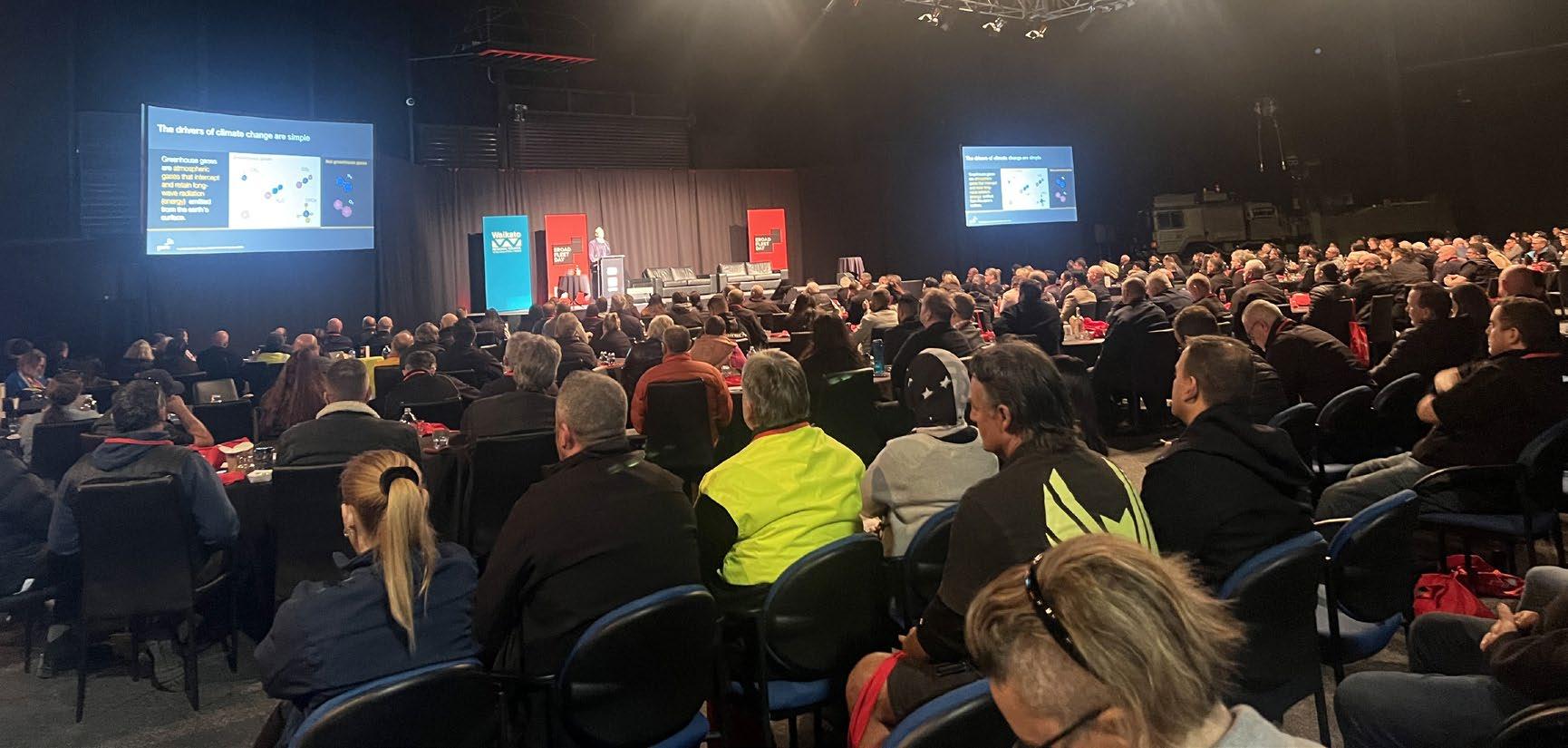
they can’t walk past the forklift driver without asking how his kids are. It’s the culture of the organisation that really contributes to how accountable those drivers are for behaviour.”
Guy Hocquard, enterprise sales director, EROAD, said everyone had a role to play in
ensuring that we all came home safe.
“Data and technology in the vehicle are increasing so much – initially people were reluctant, and they did push back, whereas now most arrive at the point where they know it’s there for their protection and not to
spy on them. You are investing a huge amount of time and money in vehicle technology and in everything that wraps around it to make sure that people come home safe. A good driver gets that.”
Greg summarised the topic by saying, “Tech is not a silver bullet. It’s not going to fix all your problems.
“Tech is making a difference and alerting companies to other issues, but a significant factor is still an individual’s attitude towards driving. It’s not going to save you from every situation.”




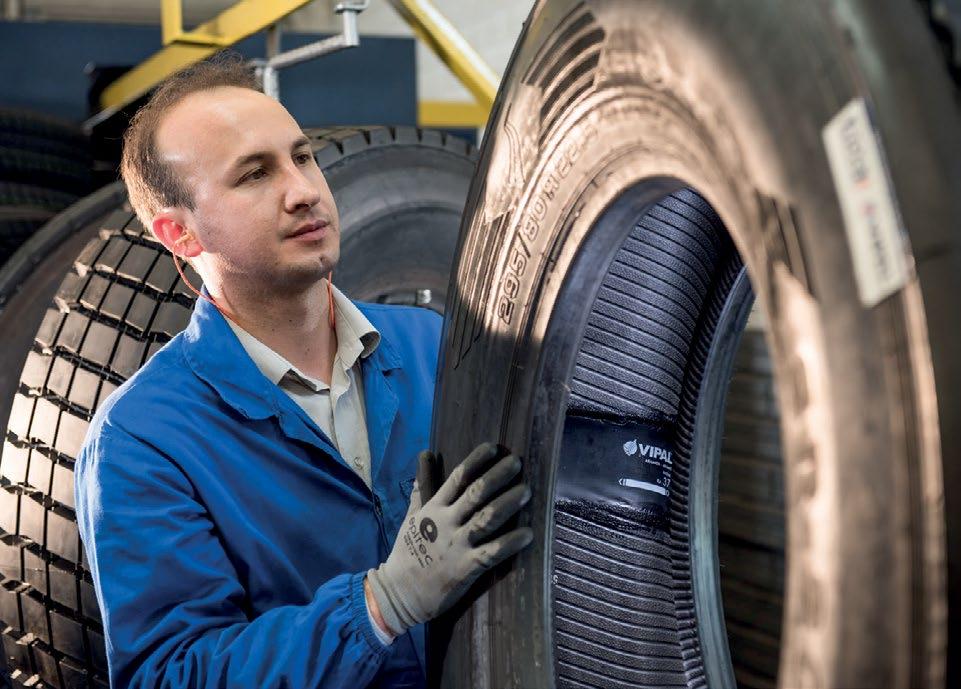
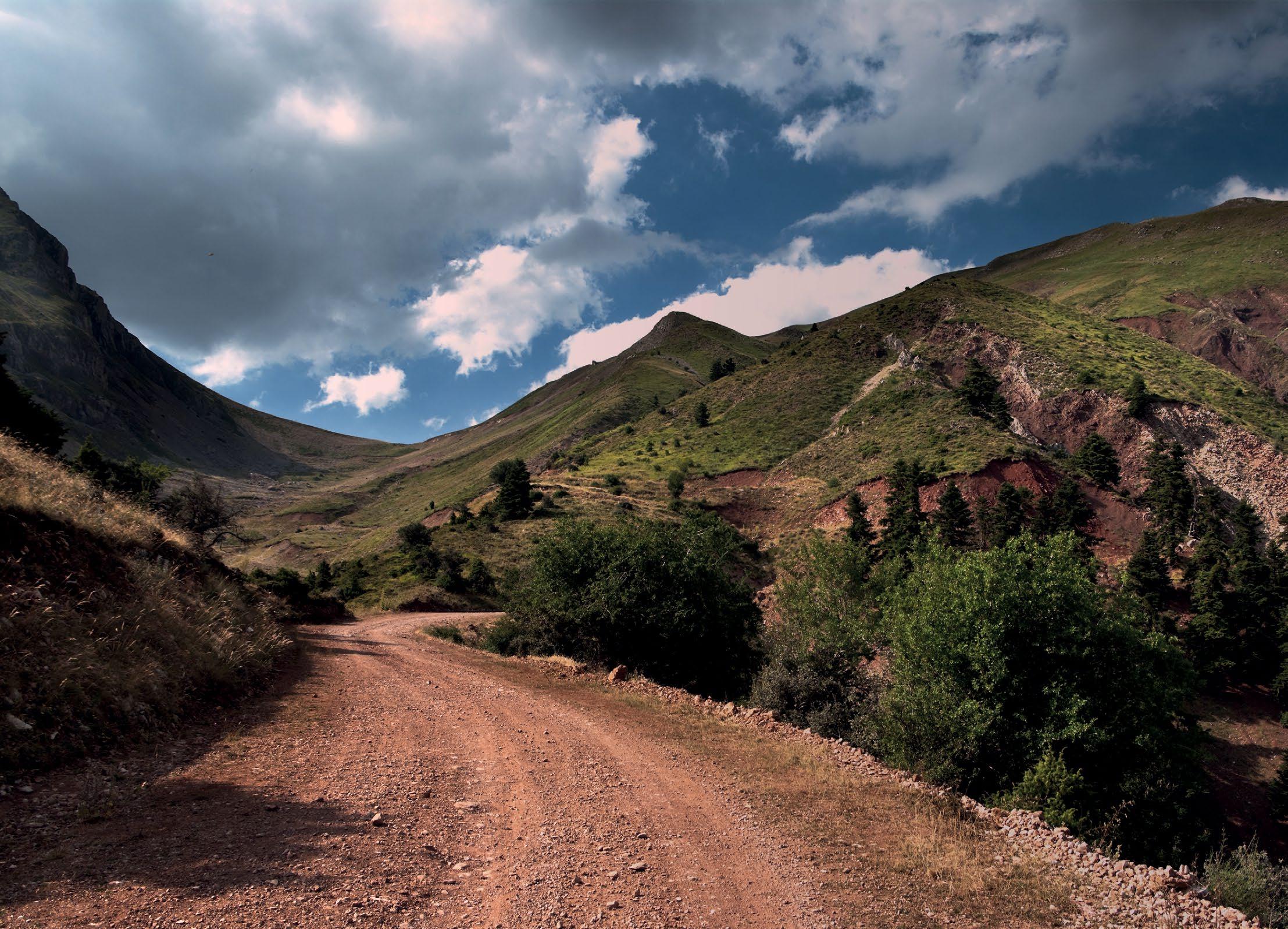
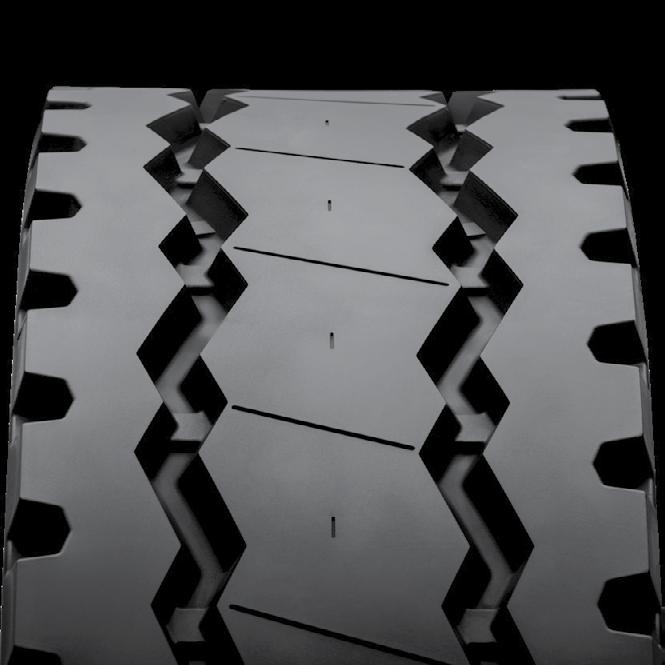


Retreading tyres can reduce the usage of oil as well as carbon dioxide emissions.
Most residues generated by tyre retreading are recyclable. (Except residues from categories: Class I – Hazardous and Class II – Non-recyclable.)
According to the Ernst & Young study, The socio-economic
impact of truck tyre retreading in Europe, a retread tyre can save approximately 70% of petroleum compared with the amount used to manufacture a new truck tyre.
A retread tyre generates 24% less carbon dioxide emissions when compared with a new one, 21% less air pollution and 19% less water usage.




By Russell Walsh
In recent times, organisations involved in the movement of containers in and out of New Zealand and domestically have cited a drop in container traffic as a factor in reduced financial performance. The Port of Tauranga, for example, reported a drop of 15.8% in container traffic in 2023. The Port of Napier reported a decline of 17.3%, and KiwiRail 15%. So, what is happening to container traffic in New Zealand?
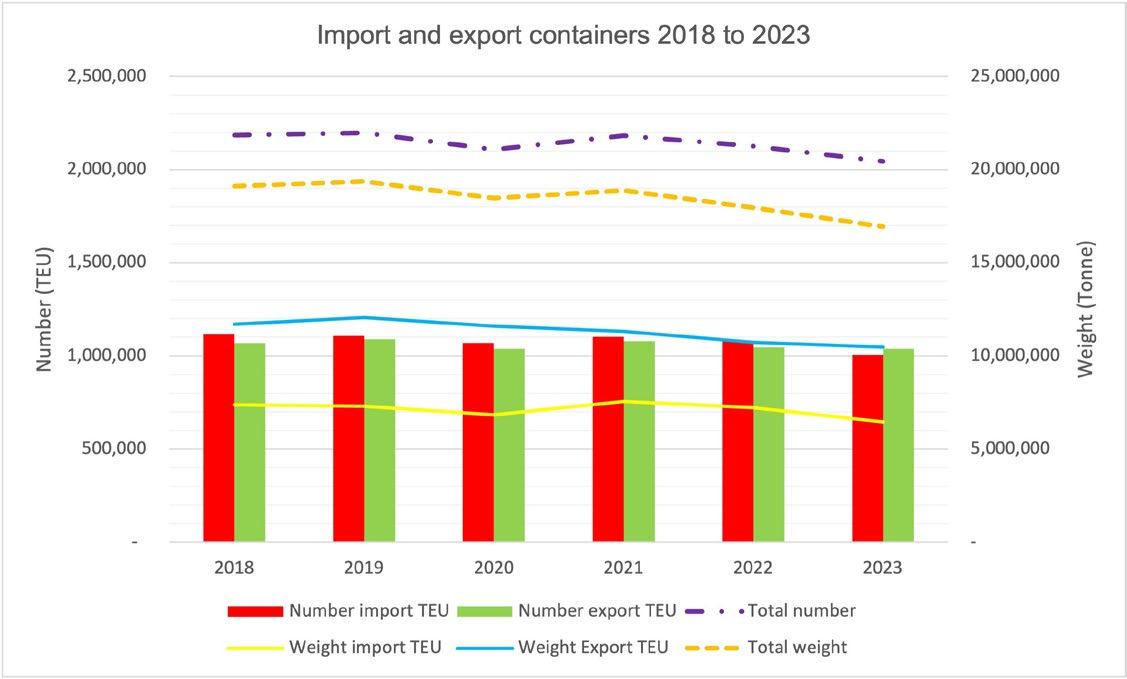

The concept of using containers for the transport of goods is not new. British Rail pioneered the idea in 1926, with some containers coming into use in New Zealand in 1929. The idea of an international standard container size was developed by the International Standards Organisation (ISO), beginning in 1961, and from this, the standard ISO 20ft container as we know it emerged, a 20ft equivalent unit (TEU).
The Ministry of Transport maintains the FIGS system to provide an overview of freight movements throughout New Zealand, including containerised freight, rail freight and bulk coastal freight. The information provided includes data related to the movement of import and export containers, including how they enter and leave a port, those moved internally by KiwiRail
and container size, 20ft or 40ft. Forty-foot containers are considered equivalent to two TEUs.
The movement of containers by road is unavailable as this data is not captured. The data used in the following charts is derived from FIGS.
This provides an overview of container
movement in and out of New Zealand from 2018 to 2023. It shows the total number of import and export containers, plus their weight, and a total for each year. This chart supports the reduction in container movements talked about recently.
This shows the average declared weight of the load carried in each container and suggests an overall reduction in container declared weight since 2018. The average weights are derived from the declared weight of each container included in FIGS.
This shows that the combined movement of empty containers, import and export, has remained relatively static from 2018 to 2023.
In January 2023, TransportTalk reported that the New Zealand supply chain was grappling with what to do with an estimated 40,000 empty containers awaiting transportation out of the country.
Annually, there is a certain percentage of containers, about 2%, not recorded in or out of wharf gates. These include containers that may be transhipped to another vessel, moved to a devanning facility within the port, etc.
The data does show a large bias towards movement by road and the decline in rail movements as reported by KiwiRail.
Data on container movement by KiwiRail is available from FIGS, but it does not include the same information as that for import and export movements. The KiwiRail data does not include the number of container movements, only the total weight moved.
As this movement is entirely internal, it will include container weights also recorded as an import and/or export weights. KiwiRail data should, therefore, be considered separate from import and export data.



The data above supports the contention that container traffic, both import and export, is decreasing. How far this will go is anybody’s guess. Given most container movements in and out of New Zealand ports are by road,
the ongoing impact of this decrease on the road transport industry will be reasonably substantial, especially for those operators whose business relies heavily on moving containers.
OEX has unveiled its 2024 automotive air conditioning training courses, presented by leading automotive trainer Grant Hand.
The three courses for 2024 include the basic course, the advanced diagnostic course, and the earthmoving and agricultural air conditioning systems course.
Basic course
Fundamentals of automotive air conditioning
This one-day course is crucial for all automotive technicians, whether you are new to the industry, or just haven’t had the opportunity to undertake comprehensive system pressure/temperature diagnostic training before.
With the large variation of systems currently on the market, gauge recognition alone can no longer be relied upon to analyse charge rates, or perform system diagnostics.
Course content
• Componentry and system layout
• Full pressure and temperature analysis of the system
• Reading and analysing gauges correctly (both pressure and temperature)
• Basic fault diagnosis of systems
• Full servicing procedures
• Servicing equipment, recommendations and guidelines
• Critical charging of systems (when the charge quantity is not known)
• Analysing charge rates by pressure/ temperature analysis and pipe feel
• Overviews of system types – TX valve, expansion tube, variable pumps and full electronic clutchless systems
• Full training manuals are provided with this course
• R1234yf systems
Analysis of automotive air conditioning systems
This one-day course is an extension of the basic fundamentals course. It covers full diagnostic techniques for all automotive and air conditioning systems currently fitted to road vehicles. This is essential for anybody involved in the service and repair of automotive air conditioning systems. Comprehensive diagnostic manuals are provided, which will specifically address TX valve, expansion (orifice) tube systems and variable displacement compressors. This course also utilises a considerable amount of supervised practical and group work.
Course content
• A review of pressure and temperature analysis of systems
• Detailed operation of the cycling clutch thermostatic expansion valve system
• Detailed operation of the expansion/ orifice tube systems (there are three variations of the basic system)
• Detailed operation of mechanical variable displacement compressor systems
• Full diagnosis of all three systems including system (component) faults, charge analysis and performance analysis
• Special attention is given to the correct analysis of variable displacement compressor failures (a large number of compressors are replaced unnecessarily due to other system faults)
• R1234yf systems
This course follows the basic and advanced courses. Dedicated to the diagnosis and evaluation of mobile air-conditioning systems that are used in off-road applications.
These systems are in many cases different from ‘ordinary’ automotive systems, as they can often suffer from pressure drops, flow

restrictions, incorrect pipe sizing and/or poor design, which limit the capacity especially in high humidity conditions.
In this course, we specifically address diagnostic procedures, pressure/temperature analysis, performance evaluation, capacity and efficiency analysis.
You may have systems that lack performance, or that suffer from low capacity that you cannot repair without a component replacement/modification.
Course content
• A review of pressure/temperature analysis of systems
• Capacity, efficiency, performance evaluation and diagnosis
• Flow analysis, pressure drop analysis, hose sizing
• Gauge analysis to identify excessive pressure drops, incorrect hose size, etc
• Data logging of performance
• Correct pump sizing
• TX valve sizing, superheat and correct system matching
• Identifying condenser limitations, correct sizing, sub-cool and pressure analysis
• Identifying evaporator limitations, blockages, and flow analysis.


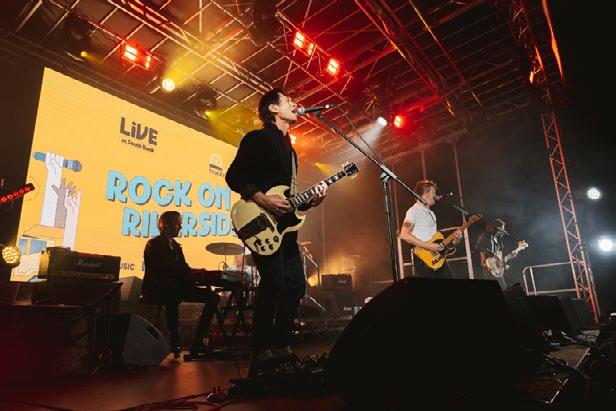




As I hastily pen this column, the Reserve Bank has just announced the easing of the official cash rate, an announcement that much of the population has been avidly awaiting. What 0.25% of downward movement in the OCR means to a lot of people remains a mystery. But, I’ll assume that in the same way as the hysteria that surrounds the likes of an event such as the America’s Cup, where an immense mob of closet sailing experts emerge at short notice, so, too, does the mass of closet economists who’ve emerged to take such close and keen interest in the Reserve Bank’s every step.
My above observation aside, there’s no denying that a downward movement of the OCR will provide some form of stimulus to the country, whether financial or psychological. Hopefully, it is a sign of coming attractions.
In the same week that Adrian Orr and his posse made the call, the country also received a dose of very graphic first-hand experience of how the concepts of supply and demand work within the retail and wholesale electricity market, the direct relationship between maintaining secure and stable input supply and the correlation to the viability of several large industries who rely on it for domestic and export production and earning, and ultimately
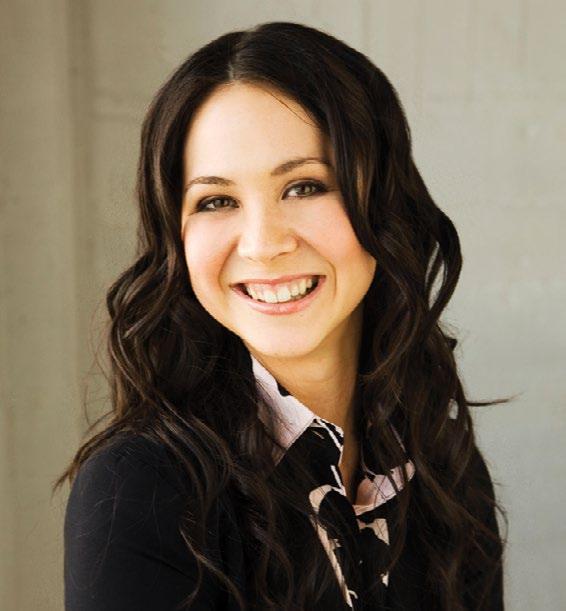
domestic employment.
The fact that large-scale plants, in this case across the central and upper North Island, have had to halt production for, in some cases months, isn’t just laughable, it’s downright embarrassing, and it’s extremely hard to fathom how such a situation has been able to emerge.
Once again, transport operators are seeing this situation unfold up close and personal and are taking a hit square between the eyes, feeling the full brunt of these events; log cartage into mills grinds to a halt, sawn timber and chip cartage outbound stops, movement of bulk product in and out of chemical production facilities pauses, and so the spiral winds itself down.
It’d be convenient if we could sit back and say that some freak event had brought this about, but alas, no such luck. The scene was well and truly set when the leader of the day proclaimed, out of the blue, on 11 April 2018, that New Zealand was now putting up the ‘Closed’ sign for any oil and gas exploration. With it, the relatively hasty exodus of some

large-scale efforts and enterprises focused on such endeavours.
And so, in the same way as Adrian Orr’s announcement today sets the markets’ moods and provides the direction of what comes next, so, too, did that government decision to accelerate the course we now find ourselves on: one heavily dependent on the heightened import of the same commodities we could be extracting ourselves and exporting to the world.
If ever there were an example of a ripple in one spot creating a wave in another, this is surely it. What our current state of play does for future industrial investment may not fully manifest itself for some time. Still, one thing’s for sure: energy supply has very quickly jumped the queue alongside health, education and infrastructure (to name but three) as NZ Inc’s critical elements that need sound long-term planning and strategy applied to them and urgently executed before we start sitting back and congratulating ourselves for sitting atop the rankings of the Third World.









Laura Hulley discusses the challenges of juggling a busy home life with work, while still prioritising health and fitness.
Ioften hear the phrase “I don’t have enough time”. I understand that as a working mum, my experience of being time-poor is a lot different to a driver’s experience of being time-poor. Everyone is busy in their own right, and the idea of not having enough time to do everything is relative. For example, I felt that I have always had a hectic life with working full-time, being involved in community theatre, training for endurance events, performing gigs etc. But now, as a mum, I obviously don’t have the flexibility to do all of those things, and my plate is perceptively less full – with one massive exception: I have a child under one who is still extremely reliant on me. I’m sure truckies with young kids can understand the absolute overwhelm that is/was the first year of your child’s life.
Before I had my child, I worked at a gym as a personal trainer and would train up to 10 times a week with different classes, cardio and strength workouts. I absolutely lived and breathed health and fitness, and it was also my livelihood. Nowadays, I am a stay-athome mum for another three weeks before I head into the journey of juggling full-time work and a toddler. You’re probably thinking, cool story, why do we need to know this. Fair point. I will land the plane. What I’m trying to get at is that life is full of different phases, seasons and obstacles. I successfully put a huge amount of my time, energy and effort into my health and fitness prior to motherhood – but for the past 11 months, I have been focused on raising and caring for my son.
It is obviously a rewarding and incredible thing to do – but the priority of looking after yourself, exercising and eating healthy seems to go down the toilet. You guys may be able to relate to this when you’ve changed jobs, gone from bulk to cattle, taken on new opportunities or had your time guzzled up by a new endeavour. The harsh reality is, you will never have enough time to exercise
if it is not a priority. I have had to swallow humble pie as I thought I understood my clients who were mothers and felt that they were a bit more time-poor but could still easily exercise – boy, was I wrong. I didn’t realise having a permanent shadow/ attachment would severely limit your ability to exercise and pour into your own cup. Of course, it gets easier and more manageable as they get older – but initially, how the heck do you leave the house without baby and have the chance to exercise?
But enough of the mum chat, let’s talk about the fact that we only have time for
programmes you can follow at home. Or if you prefer strength or equipment-based workouts, you can get basic exercise equipment like dumbbells, kettlebells and exercycles second-hand fairly cheap. If you have a basic home gym set up in the garage, that may enable you to work out and combat the excuse that you can’t leave the house easily as you have family commitments (note to self, this is a good idea for me).
I encourage you to write a list with two columns. One column should have all the reasons or excuses why you cannot exercise or what types of exercises you don’t like and
Too hard to leave the house
Hard being on baby’s schedule
I’m too unfit to run
I’m too tired by the end of the day
the things that we prioritise. How often have you heard yourself say, “I don’t have time to catch up with my mate for a beer,” “I don’t have time to go out fishing” or “I don’t have time to go hunting this weekend.” If you’re not a great fishermen or hunter, replace your cherished hobby in the above sentences because these things are enjoyable, fill your cup and enrich your life. You carve out the time to see friends and family and crack into your favourite hobbies because it makes you happy. Why can this same principle not then be applied to exercise? Because exercise isn’t as enjoyable? Fair. But if you have that perspective like a lot of us do (myself included right now), how can we shift that perspective to “I will exercise because it’s a priority and I enjoy it?”
Buy some cheap home gym equipment Do online home workouts
Go for walks with the pram when he’s awake
Do a home boxing session when he has a long nap
Go for a walk or cycle instead
Get it done first thing before you get too fatigued
– from there – you can acknowledge your barriers, preferences and limitations. In the other column, you can attempt to rectify or find a solution for each barrier that you’ve identified.
The table above is an example of what mine would look like.
First, what kinds of exercise do you enjoy and not enjoy? If you don’t like running, then don’t do it. If you like to be social while you work out, join a local sports team or group fitness class. There are plenty of community sports clubs and different group classes to try, from bootcamps to MMA. If being able to leave the house is a barrier (as it is for many mums), there are many online workout
Laura Hulley Personal trainer


Safety culture is creating an environment where safety is deeply rooted in all facets of a company,
writes Safewise consultant Kaye Byrn.
According to the WorkSafe Data Centre, as of 17 July 2024, there have been 25 work-related deaths, compared with 37 work-related deaths in 2023. Although there has been progress in strengthening workplace safety, the data indicates further efforts are needed.
Developing a solid safety culture is a critical step beyond just following regulations. Safety culture creates an environment where safety is deeply rooted in all facets of a company.
Safety culture involves a holistic method of safety management in a work environment. It includes the combined beliefs, views and attitudes of staff toward the welfare of workers and the general safety of the workplace. It is essential for ensuring a secure work environment. It can impact how humans perform safety-related tasks, which can affect the organisation’s safety performance.
Strong leadership commitment is essential for building a successful safety culture. Leaders can create the environment and set the course for the entire organisation. This dedication filters through, impacting all staff members and establishing a collective duty for safety.
Employee participation
Ensuring safety requires everyone’s input. When workers engage in safety initiatives, they become invested in the organisation’s and their coworkers’ welfare. Involvement can vary from identifying dangers to participation
in safety committees.
Effective communication that is open and honest
Effective communication is the foundation of a culture of safety. Promoting open communication guarantees that all individuals can freely address mistakes or propose enhancements without worrying about facing consequences. This fosters a forward-thinking approach to safety, highlighting the significance of precautionary actions.
A safety culture is always changing and adapting to deal with new risks that arise. Continuous improvement is about reviewing procedures, integrating feedback and keeping up-to-date with industry advancements to improve safety protocols and ensure that they are effective for your organisation and workers.
Management of staffing and workload safety
Organisations need to ensure their employees have the required skills and knowledge to complete their tasks safely. This involves maintaining adequate staffing and effectively managing workloads to reduce the risks of fatigue and stress.
Despite facing obstacles, establishing a safety culture is essential for:
Adherence to laws and regulations
Emphasising safety culture helps organisations meet local, regional and international regulations, preventing legal safety problems and penalties while enhancing overall safety culture. Management of potential risks
An important aspect of safety culture is recognising and controlling risks to prevent incidents. Taking proactive measures reduces the risk of accidents and injuries, ensuring the safety of employees and assets.
Managing one’s reputation
Reputation in a professional setting refers to
how the public views a company, including its offerings and fundamental beliefs. Showing a strong safety culture can improve the company’s image and benefit the business.
The concept of maintaining sustainability
Fostering a culture of safety is a valuable investment in a company’s ongoing success. Giving importance to the wellbeing of employees and establishing a safe work environment helps to build trust, loyalty and dedication among employees, resulting in increased productivity and success.
Fundamentally, an investment in an organisation’s long-term viability is a safety culture. Putting employee wellbeing first and establishing a secure work environment encourages commitment, trust and loyalty among all employees, which boosts output and success. However, establishing a safety culture can be hard. Once it is established, It doesn’t take much work to maintain it, but with poor commitment and management, an organisation can lose its safety culture in a blink of an eye.
Kaye Byrne is a health and safety consultant who works for Safewise, a health and safety consultancy organisation.

Kaye has been in the health and safety field in one way or another for the past 10 years, most recently as a consultant. Kaye has experience working with many different industries and people. She holds a New Zealand Diploma in Workplace Health and Safety Management (level 6) and is a member of the New Zealand Institute of Safety Management.

diverse range of systems, including tippers, low loaders, concrete trucks, and truck cranes.
As the exclusive distributor in New Zealand, TRT offers Hydreco’s extensive selection of hydraulic parts and equipment tailored for the heavy transport industry.
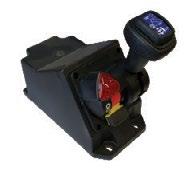


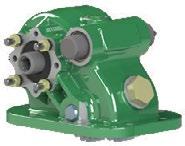

TRT also has the hydro-mechanical engineering capability to design solutions for any transport need, including Hiab and Jonsered cranes, Multilift systems, and all tipping scenarios. Plus, with nationwide technical support and a fully equipped workshop in Hamilton, we can provide expert hydraulic fit-outs to ensure optimal performance and reliability.

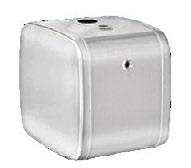



Danielle Beston explains how the Clean Slate Act works and how it can help people move on from their past.
The Criminal Records (Clean Slate) Act applies to any questions asked about criminal records or requests for an individual’s criminal record processed on or after 29 November 2004. This legislation is designed to allow individuals with less serious convictions who have been conviction-free for at least seven years to put their past behind them. It enables eligible individuals to conceal convictions in most circumstances but there are some exceptions in which an individual’s convictions must continue to be disclosed. The Act is an automatic scheme, so it is not necessary to apply for a ‘clean slate’. If you meet all of the criteria for concealing previous convictions, you are eligible to have your convictions concealed by the Ministry of Justice. Your convictions are entitled to be concealed if you continue to meet the applicable criteria. Those who do not meet all of the criteria will be ineligible for ‘clean slate’ purposes and will receive a criminal convictions report.
An individual must meet all of the criteria in Section 7 of the Act before all their convictions can be concealed. The general criteria for an individual to obtain the benefits of the ‘clean slate’ scheme are as follows:
a) no convictions within the past seven years
b) never been sentenced to a custodial sentence (eg, imprisonment, corrective training, borstal)
c) never been ordered by a court during a criminal case to be detained in a hospital due to his or her mental condition instead of being sentenced d) never been convicted of a ‘specified offence’ as defined in Section 4 of the act
e) paid in full any fine, reparation or costs ordered by the court in a criminal case f) never been indefinitely disqualified from driving under section 65 of the Land Transport Act 1998 or earlier equivalent provision.
Youth Court outcomes, infringements and overseas convictions are not ‘convictions’ under the Act so they will not be included when weighing up whether you qualify for a ‘clean slate’. Having a ‘clean slate’ is based on meeting the conditions set out above, so if you later break the conditions, you lose the right to a ‘clean slate’ until the conditions are met again.
If an individual is eligible under the scheme, then his or her convictions will be concealed automatically. Individuals can request a copy of their criminal record by applying online at justice.govt.nz.
If an individual’s convictions continue to be on their criminal record, this is because they do not meet the eligibility criteria. However, there are two situations where people who do not meet the criteria can apply to the court to have a conviction disregarded:
i) where there is a conviction for an offence that has been decriminalised ii) where a non-custodial sentence was imposed for a ‘specified offence’.
In each of these cases, you should seek legal advice about whether you can make an application in these circumstances.
There are specific exceptions where a complete criminal record is required as detailed in Section 19 of the Act. Some examples of instances in which your convictions must continue to be disclosed include:

1) if you apply for certain types of employment (eg, a member of the police, prison or probation officer, national security positions, a judge or justice of the peace) or roles involving the care and protection of children, such a foster parents
2) investigation and prosecution of further offences
3) criminal or civil proceedings.
Where an ‘employment’ exception applies, the application form should explicitly state that all convictions must be disclosed, regardless of whether you are eligible for a ‘clean slate’ at the time. In these situations, all convictions must be disclosed on the application form and if your criminal record is disclosed by either the Ministry of Justice or the police, your complete criminal record will be disclosed. You should seek independent legal advice if you have any queries about whether a particular role fits within an exception to the legislation.
It is a fineable offence for any person, without lawful authority, to require or request that an individual disclose their criminal record when they are lawfully entitled not to. It is also a fineable offence to unlawfully disclose information required to be concealed.
New Zealand legislation cannot bind a foreign government, so the Act will have no impact on the border immigration disclosure requirements of overseas jurisdictions. When a foreign state requires disclosure of all criminal convictions, whether entitled to be concealed or not, all convictions will need to continue to be provided. The weight that is given to the convictions in relation to the immigration or visa application is at the discretion of the country in question.
Please note that this article is not a substitute for legal advice, and if you have a particular matter to be addressed, you should consult with a lawyer. Danielle Beston is a barrister who specialises in transport law, and she can be contacted on (09) 985 5609 or 021 326 642.

Contacts:

Provisional tax is a system designed to help taxpayers who owe more than $5000 in tax at the end of the year. Here’s what you need to know.
Instead of paying a big lump sum all at once, provisional tax requires you to make smaller payments throughout the year. This helps spread out the tax burden, making it easier to manage. For businesses with a steady income, this becomes part of a regular financial routine. But if your income changes due to things like economic downturns, inflation, or events like COVID-19, it might be time to rethink how you handle your provisional tax.
You’re considered a provisional taxpayer if you owe more than $5000 in tax. This means you must make tax payments at different times during the year — typically on 28 August, 15 January and 7 May. How much you pay depends on one of three methods:
1 Standard uplift method: This is the easiest method. You simply pay a bit more than what you paid last year, based on a percentage the tax department gives you. It’s straightforward and gives some protection if your tax bill is under $60,000.
2 Estimation method: Here, you estimate how much money you’ll make during the year and pay tax based on that estimate. This method gives you more flexibility, but you need to be accurate. If you underestimate and end up owing more, you could face penalties and interest charges.
3 Accounting income method (AIM): This method is for small businesses making
less than $5 million a year. You pay tax based on your actual profit each month. It’s more accurate but requires regular reporting, and if your income swings wildly from month to month, it could put pressure on your cashflow.
Paying tax can be stressful, but you can make it easier with planning. Here are some simple tips:
1 Plan ahead: No matter your method, it’s important to plan where the money will come from to pay taxes. As a business grows, you might need to pay taxes for both past and future earnings simultaneously, so having a plan is key.
2 Keep track of finances: Regularly check your profits and keep an eye on your forecasts. This will help you figure out how much tax you need to pay and ensure you have enough money set aside.
3 Timing matters: When you file your tax return can affect when you need to pay. If you have a year with high profits, your tax bill will go up, but the next year might be more normal. Working with a tax advisor can help you time things so your cashflow doesn’t take a big hit all at once.
4 Use tax pools: Tax pools, like those offered by Tax Traders, can give you more flexibility. They let you manage your tax payments in a way that suits your cashflow, so you can still invest in your business without worrying about missing tax deadlines. Plus, they can help you avoid penalties and lower interest charges.
5 Safe harbour rule: If your tax bill is under $60,000, you’re in the “safe harbour” zone. This means you won’t be charged interest on any underpaid tax until the final payment is due, as long as
you’ve made your instalments on time. If your bill is over $60,000, you can adjust your last payment to match your actual income, which helps reduce interest charges.
6 New to provisional tax?: If you’re new to this and your first-year tax bill exceeds $60,000, you’ll need to make provisional tax payments as if you were already a provisional taxpayer. This can catch people off guard, so it’s smart to talk to a tax advisor and make a plan.
In short, while paying taxes is a part of running a profitable business, managing how you pay them can make things much easier. The tax department usually expects you to pay based on last year’s earnings, but things might differ this year. Working closely with your tax advisor allows you to stay on top of your tax obligations without straining your business’s finances. Remember, this article is just general advice. For specific help with your taxes, it’s best to talk to a professional.

Roylance Watson is a chartered accountant and associate at Vazey Child Chartered Accountants in Hamilton.
Email: roylancew@vazeychild.co.nz
Phone: (07) 838 5988 Website: vazeychild.co.nz


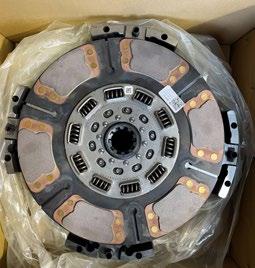














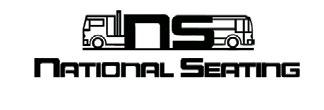
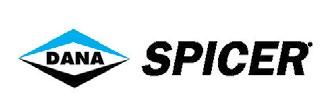






Spend five minutes studying climate change and it’s clear it connects to everything. And some things are pretty left field.
Take CO2 and crops. It’s well-known that more carbon dioxide promotes more plant growth – that’s why market gardeners pump up CO2 to five times atmospheric levels in their greenhouses. (But maybe, just like ‘green hydrogen’ and ‘black hydrogen’, those ‘greenhouses’ that burn fossil fuels for their CO2 should really be called ‘blackhouses’!)

in
Anyway, the devil is in the detail, and it largely proves a case of quantity over quality. Googling ‘Increased CO2 and plant nutrition’ scores zillions of hits explaining that, while growth quantity goes up, nutritional value almost always goes down. So next time a climate denier pulls the old chestnut that we should welcome more CO2 because it’s good for plant growth, remind them of that (and for good measure, add that plants like water too, but that doesn’t mean they welcome a flood).
In another quirk of extra CO2, places getting hotter and drier are still sometimes getting greener. Celebrated journo Fred Pearce describes this “CO2 fertilisation” turning some Australian arid lands green and causing parts of Africa to grow hundreds more trees per hectare.
But this, too, turns out to be a good news/bad news story, enough to make Berkely researcher Trevor Keenan highlight: “It’s not stopping climate change by any means, but it is helping us slow it down.”
As the world map shows, there’s a lot of ‘greening’ happening (although it’s not all due to CO2: also think warmer temperatures, different farming practices, more use of irrigation, etc).
Now let’s take a mental leap and think about thinking. In 2019, Harvard University researched the impact of CO2 levels on our cognition. To be clear, they were researching indoor air quality not global atmosphere, but it’s not a great jump to imagine something similar applying outdoors.

Measuring the impacts of different CO2 levels on nine different mental processes (like strategic thinking, information use and crisis response), they discovered a general and significant decline in cognitive ability (though a few cases spiked in the mid-range, or even bucked the trend).
The study looked at impacts of 500 parts per million of CO2 (acceptable in a current office), 1000ppm and 1500ppm. With current atmospheric levels about 420ppm and soaring 50 points in the past 20 years, our relentless ‘business as usual’ is propelling us into the zone the charts cover where our brainpower might be driven down by rising CO2 levels.
To put this in context, since we started furiously burning fossil fuels 200 years ago, CO2 levels in the air have leapt around 50%, from 280ppm to over 420ppm today, a climb that’s still accelerating.
And even now, that 50% hike is not only catastrophically overheating the planet and acidifying the oceans, but also skewing the way plants grow, and maybe even affecting how well we are thinking about all this.
It’s not hard to see why we need to change our ways radically.

Lindsay Wood, MNZM, runs climate strategy company Resilienz Ltd. He is active in policy, and on IT tools for decarbonisation, and speaks, writes and broadcasts widely on climate issues. In 2024 he was made a Member of the New Zealand Order of Merit for services to climate awareness and environmental sustainability.


































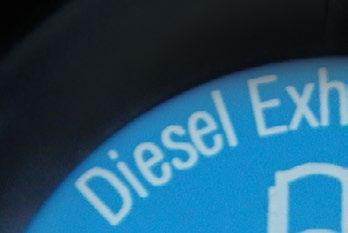











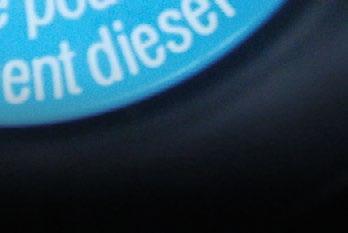





















Trust Ixom and SCR for dependable AdBlue supply in NZ. Contact us at sales@scrsolutions.co.nz or 0800 145676 for all your bulk, packaged, and dispensing equipment needs. Reliable, secure solutions when you need them 24/7.























NZ Trucking Association can be contacted on 0800 338 338 or info@nztruckingassn.co.nz
Carol McGeady general manager

We are aware that transport operators do not always keep their Transport Service Licence (TSL) updated. When a business changes its structure or if an individual transitions from a sole trader to a company, they must reapply under the new entity.
In New Zealand, having a TSL is a legal requirement for operating various transport services. There is a process to follow, and it takes time. When there is a change of entity, you must complete a new certificate of knowledge. We recently heard how someone applied and was not approved so now they cannot operate due to needing a TSL license.
The definition is: A goods service delivers or carries goods, whether or not for hire or reward, using a motor vehicle with a gross vehicle mass of 6000kg or more, including one that is ‘on hire’ to carry goods. Gross vehicle mass means the maximum safe operating mass for a vehicle (including the mass of any accessories, crew, passengers, or load) that is derived from the design, capabilities and capacities of the vehicle’s construction, systems and components, and that:
(a) is determined by:
(i) Waka Kotahi NZ Transport Agency; or
(ii) the manufacturer of the vehicle; or
(iii) if the vehicle is modified after manufacture, a certifier approved by Waka Kotahi; and
(b) may be recorded in kilogrammes on the register of motor vehicles.
An individual can hold a TSL. The TSL holder is responsible for meeting all regulatory requirements associated with the TSL. If the business is structured as a sole trader or partnership, the TSL will typically be in the name of the individual who applied for it. Although a spouse can be involved in the business, their role may be more informal
unless they directly manage operations or are named in the application as a person of responsibility.
For businesses set up as companies, the TSL must be held in the company’s name rather than an individual’s. This is because the company, as a legal entity, is responsible for adhering to transport regulations and managing the operational aspects of the service. Directors or shareholders of the company are not required to hold the TSL personally. Instead, the company itself must ensure that the TSL is managed in
When a company holds a TSL, it becomes the legal entity’s responsibility to comply with all transport regulations. This includes meeting safety standards, maintaining vehicle conditions and adhering to operational rules.
compliance with the relevant laws and standards. However, the individuals in managerial roles must ensure that the company meets all regulatory requirements, including maintaining the “fit and proper person” criteria.
When a company holds a TSL, it becomes the legal entity’s responsibility to comply with all transport regulations. This includes meeting safety standards, maintaining vehicle conditions and adhering to operational rules. Directors and managers
must ensure that the company operates within the legal framework.
The company must also manage the financial aspects of the transport service, including insurance, maintenance and operational costs. Failure to meet these obligations could affect the validity of the TSL.
Regardless of whether the TSL is held by an individual or a company, the “fit and proper person” test remains a crucial component. For individuals, this test involves demonstrating the character, financial standing and legal compliance required to operate a transport service. For companies, the test applies to key personnel involved in managing and operating the service.
In terms of daily operations, whether an individual or a company holds the TSL, the day-to-day management of the transport service must adhere to all operational and safety standards. This includes maintaining vehicle safety, ensuring driver competency and following legal requirements.
To sum up, the Transport Service Licence can be held by either an individual or a company, depending on the business structure. For sole traders and partnerships, the TSL is typically in the name of the individual or partnership. For companies, the TSL must be in the company’s name, reflecting the legal entity’s responsibility for compliance. Understanding these ownership rules is crucial for maintaining legal and operational standards within the transport industry. Regardless of who holds the licence, ensuring adherence to all relevant regulations is essential for the smooth and lawful operation of transport services.
Contact the team at NZ Trucking Association if you are unsure about your TSL ownership. 0800 338 338 or info@trucking.nz













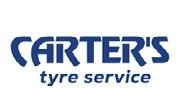







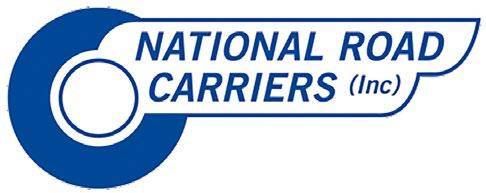
National Road Carriers Association can be contacted on 0800 686 777 or enquiries@natroad.co.nz
At some point, New Zealand will have to face up to the reality that some sort of levy, tax or usage fee will be needed to regulate traffic on our busiest roads.
But we need to ensure the tool, or tools, we choose are deployed appropriately to drive productivity and efficiencies and are not simply wielded as an opportunity for revenue generation.
Congestion charging is very much a blunt instrument, and in cities such as Auckland, commuters have limited options to utilise the network at different times of day. Why? Because network usage data suggests it is always largely at or over capacity.
Understanding the networks’ challenges is the first issue policymakers need to grapple with. In Auckland, for example, there is a finite amount of geography to work within. We are not magically creating more land, nor are we building more roads, so as we attempt to cram more people in, we are simply trying to squeeze more out of the existing road corridors until it’s at capacity and the network grinds to a halt.
This is where time-of-use charging, highoccupancy tolls and express and freight lanes need to be considered in conjunction with a workable bus and train network that gives people viable alternatives to move around the city.
Good policy shouldn’t be about revenue generation; it should be about helping people and freight move around a metropolis as easily as possible. Whatever tool you choose, a huge amount of upfront technology investment will be required. Then add general upkeep and maintenance, alongside the people needed to run it. Revenue recovery is administratively heavy, even with modern technology, and you can
very quickly see it’s not the golden goose to print money some politicians think it might be.
Time-of-use charging, if done well and charged equitably is a concept NRC supports. But the devil is in the detail and that detail means getting the pricing right. In terms of equitability, a key factor is what other choices do network users have? For the public, a functional public transport network is crucial. Otherwise, it is simply a revenue grab affecting users with no viable alternatives. For freight transport operators having to move to off-peak transport times,
Road freight delivers 93% of goods nationwide. If we are suddenly forced to pay a lot more for these goods, it will hurt the entire economy.
this requires a significant shift from our current 12-hour economy to a 24-hour freight and supply-chain model. A systemlevel change of this scale would require freight customers to operate their DCs overnight, undoubtedly with concessions to staff for doing so.
Thought needs to be given to how timecritical freight should be treated, as well

as negative flow-on effects to surrounding regions. For example, Northland freight transporters who must experience the joy of driving through Auckland, whether they want to or not. Avoiding peak hours or key parts of the network isn’t a realistic expectation.
For transport operators forced to use the network during peak hours, the increased cost of doing business is likely to be passed onto customers and, eventually, the consumer by way of product price increases. We all want to be able to move around freely with the ability to create a more prosperous, productive economy rather than burning billions of dollars in lost productivity sitting in traffic. To achieve this, we need to be clear about the unintended consequences. When you start putting charging on one part of the network, you need to have a clear view of what it’s going to do to other parts of the network. You need a clear picture formed through traffic modelling and management, detailed scenario planning, economic planning and forecasting to avoid an own goal of forcing more pain onto the wider network.
Road freight delivers 93% of goods nationwide. If we are suddenly forced to pay a lot more for these goods, it will hurt the entire economy. Many countries have implemented traffic management solutions that have been shown to reduce accident rates and deliver a whole host of other benefits, including lower fuel consumption, more efficient vehicle operation and reduced road maintenance costs.
Let’s not give thought to revenue generation but how we can use international best practices to create roading infrastructure that will boost both safety and productivity.




Hits two inspectors were checking on plants – one in the North Island, the other in the South. Both were owned by the same company and were practically identical in their operations.
One WorkSafe inspector deemed one plant to be acceptable, but the other inspector found the opposite with the other plant.
Workplace Relations and Safety Minister Brooke Van Velden told this story recently at a meeting organised by BusinessNZ. She said while the inconsistency between the judgements was a problem, what was of greater concern to her was that the regulator could not give guidance on what needed to be done to fix the plant they found issues with.
She says her clear expectation is that regulators must be able to provide that advice, and I agree. We have seen similar predicaments in transport so will follow this with interest.
Her other key focus is on fixing issues with the Holidays Act, particularly those that made working out the correct holiday pay for staff a real pain at times.
I’m not sure how many members have been faced with the issue of paying their employees the incorrect amount, but it affects a lot of firms, so it will be good to get that fixed.
Sadly, several attendees at the meeting raised concerns about the Modern Slavery legislation. Not surprisingly, they expressed disquiet about the harm any exploited workers were facing. However, I was

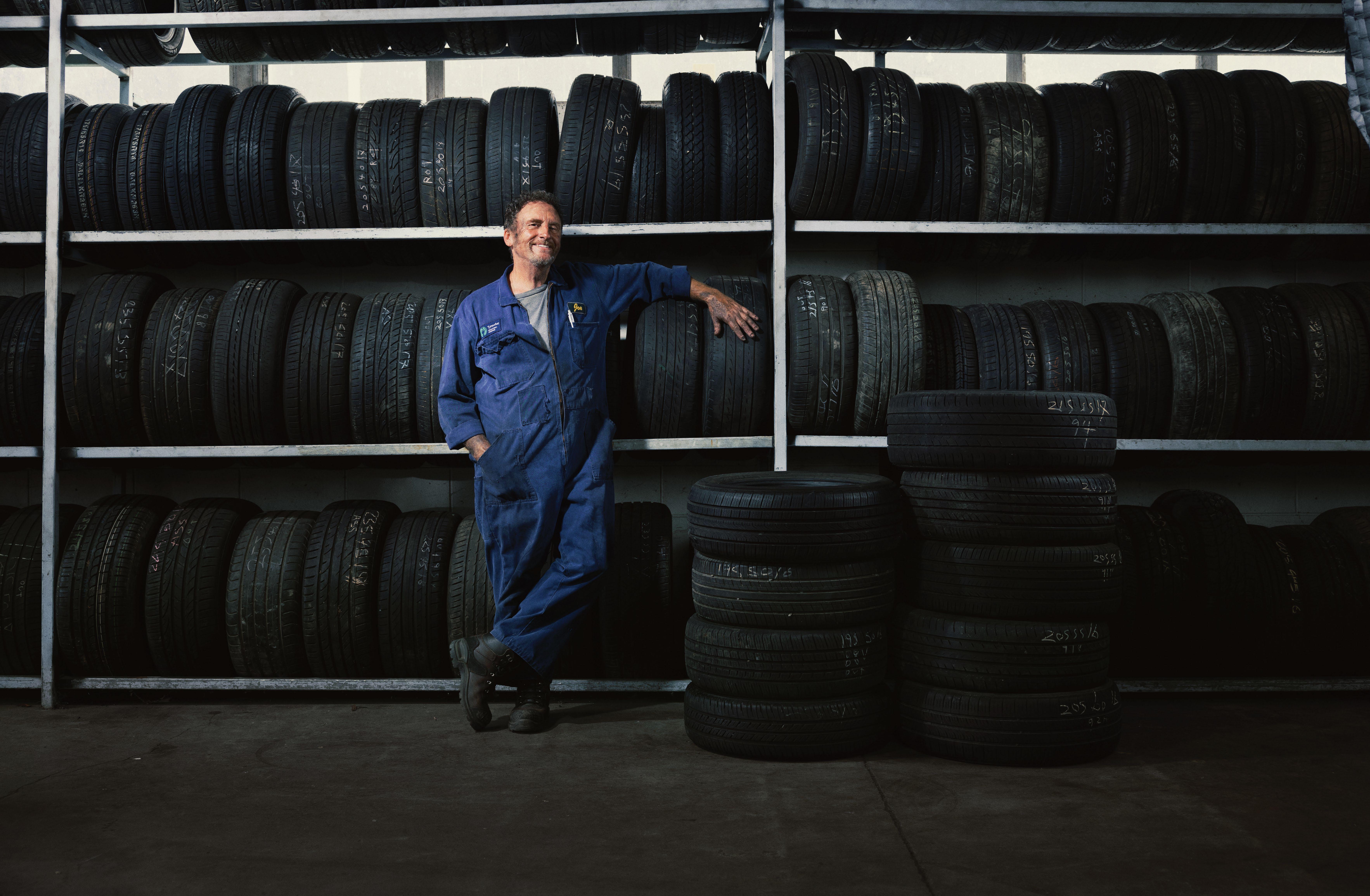
We’re saving the planet one tyre at a time.
We’re saving the planet one tyre at a time.
Find out more about the new tyre stewardship scheme.
more about the new stewardship scheme.



The announcement in June by the Minister for Workplace Relations and Safety, Brook van Velden, that consultation is underway on the reform of our health and safety regulations, is welcome. I agree with the minister that reform is needed, but whatever comes out of this must ensure that the gains made in this area over the years is not lost or further tied up in bureaucratic mumbo jumbo.
The current act, the Health and Safety at Work Act, was enacted in 2015 and came into effect on 1 April 2016. Since then, it has had many amendments and is supported by at least 10 related regulations. It is complex and open to interpretations at many levels. Law made by lawyers for their benefit is not good law.
As the minister said in her press release of 14 June: “Our health and safety culture can be summed up by the sea of orange road cones that have taken over the country. From Santa parades to property development, you cannot get a lot done without having to set up a barricade of cones,” and “Lawyers and company directors should not have to be kept up late at night anguishing over what ‘so far as is reasonably practicable’ means.”
Peter Dunn, former MP and now political commenter, goes a
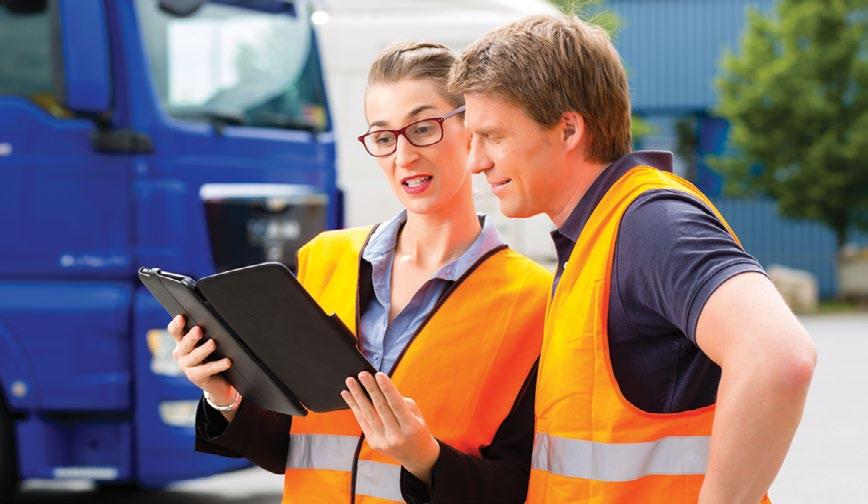
bit further in his opinion piece published in the Dominion Post on 22 June, in which he suggests that workplace health and safety has spawned a growth industry, particularly regarding traffic management. He goes onto to say, “I now feel embarrassed to have supported that legislation (the HSE Act), when it was going through Parliament.” He adds, “But I never imagined the bureaucratic shambles and public expenses that would emerge as a result.”
I agree with him on this. There are so many businesses now purporting to be health and safety consultants to the point that it is hard to actually figure out what is required to satisfy the legal requirements for each industry and what is just an opinion of the advisers.
In my view, two things would improve HSE legislation: less bureaucracy so that those in a particular industry can determine what works best for them and a recognition that no matter how good your HSE policies and procedures are, the human factor will always be present. We saw this when the power pylon fell over in Northland in June.
Recently, one of the industry associations reported that it has had discussions with NZTA about the current driver licensing system. This is good because, as an essential industry, we have the right to be heard, but let us not get too carried away.
First, we have to recognise the system is not designed solely around meeting the needs of our industry in terms of heavy vehicle licences, classes 2, 3, 4 and 5; the system exists to allow all those who need a licence to drive a heavy vehicle to get one while demonstrating their competency to a supposedly similar level. I say supposedly because we have two heavy vehicle licence standards, one for those who complete a full licence test and the other for those who complete an approved course.
Second, we were close to getting a much-needed system revision finalised back in 2019 when NZTA released a yellow draft to amend the Driver Licensing Rule. Although consultation was held, it never went any further, the ministers at the time citing Covid-19 and then “other priorities” as the reason.
As released, the yellow draft had the potential to address many of the shortcomings of the Driver Licensing Rule with the potential to reduce costs. So, why not just continue with that? Why do we have to go back right to the beginning again?
It is worth remembering that the yellow draft had its origins in a review of the licensing system completed in 2016. Here we are eight years on, and there has been no progress. We need to push back against the bureaucratic niceties and stop revisiting old ground only to arrive at the same conclusions.
The problem I see, though, is that few people around now understand how and why we ended up with what we have, so maybe this is where the real problem lies.
The Accidental Trucker



- Trombone


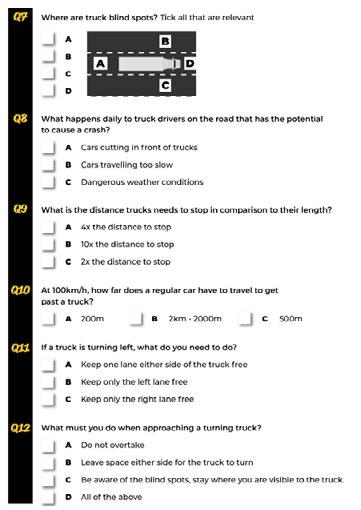




‘Don’t Muck With a Truck’ Classroom Programme available
NZ Trucking Association are excited to announce the launch of our ‘Don’t Muck With a Truck’ Classroom Programme using the fantastic resources shared by the Australian National Heavy Vehicle Regulator. The Classroom Programme comes with an informative video, a quiz, and a ‘How-to’ guide for the presenter. The Classroom Programme is aimed at learner drivers from ages 16-18.
Truck drivers are crucial to New Zealand’s transport system and economy. They ensure the seamless movement of goods and materials, which is vital for various industries and the overall economic health of the country.
However, the size of the trucks on our roads brings special safety challenges for pedestrians, cyclists, other drivers and their passengers who are sharing the road with them.
To register for your ‘Don’t Muck With a Truck’ Classroom Programme go to www.nztruckingassn.co.nz/dont-muck-with-a-truck.
NZ Trucking Association are continually looking at new ways to share the road safety message through our Educational Engagement Programmes (EEP) run from the Road Safety Truck.
Dont Muck With A Truck is a campaign created by the Australian National Heavy Vehicle Regulator (NHVR) to improve young drivers’ awareness and education of how to drive safely around trucks.






























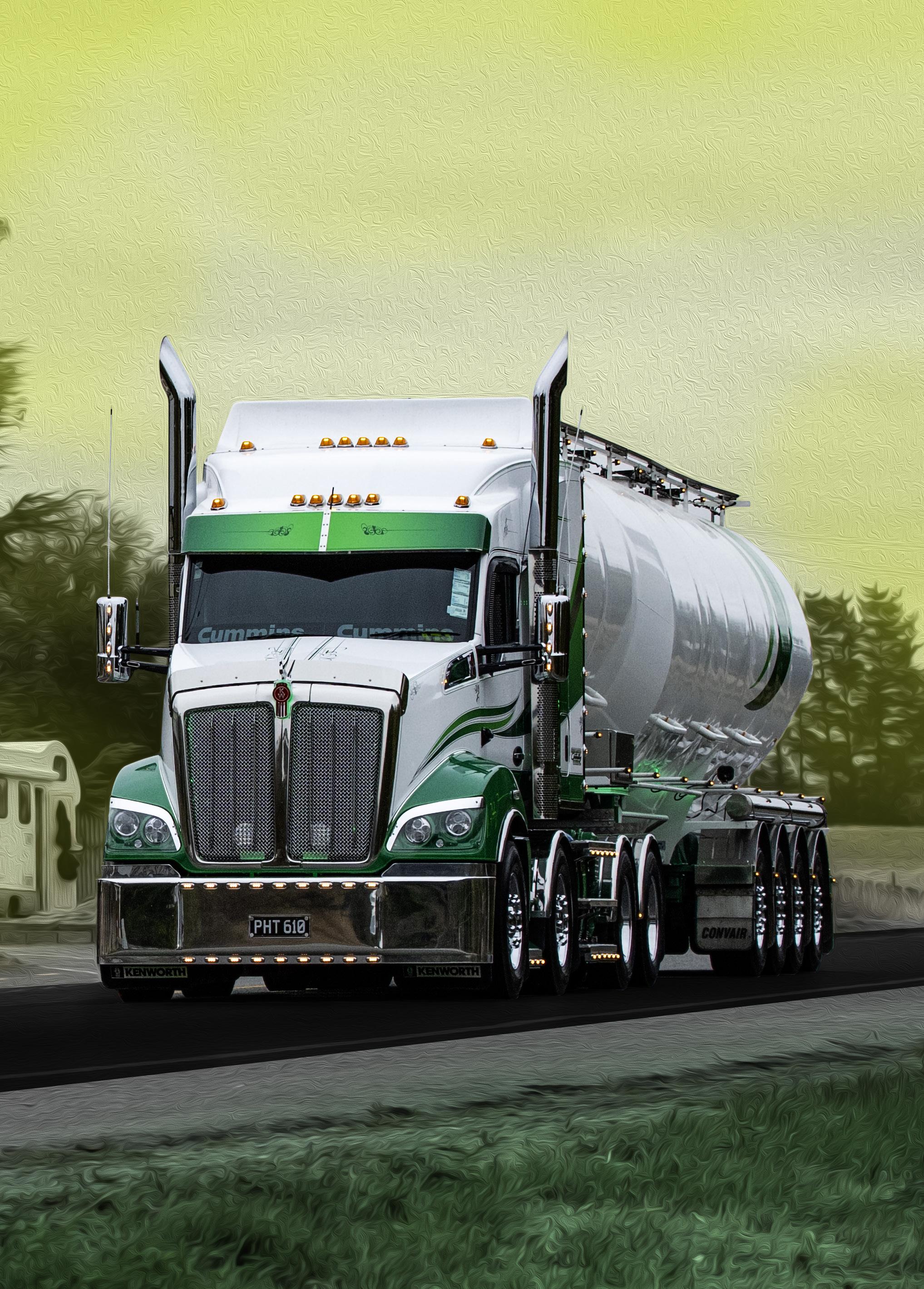

Hey team! It’s Shannon here from Little Trucker Down Under. As you can tell, things look a little different around here.
For anyone new, Little Trucker Down Under is a magazine we launched a couple of years ago for all those truck-obsessed kids out there across Aotearoa New Zealand and Australia. The magazine came out every season – summer, autumn, winter and spring – packed with cool stories about trucks, photos of trucks, games about trucks, activities about trucks, jokes about trucks … everything trucks!
But we have switched things up for the time being. Instead of a standalone kids’ magazine, we are going to incorporate the best parts of Little Trucker into its own dedicated section of this magazine, New Zealand Trucking. And instead of waiting until the next season to get your Little Trucker fix, now you get to enjoy your favourite content every single month! And best of all, we’ll also be bringing out a new digital version every quarter!
For all our longstanding Little Trucker Down Under readers, don’t worry – you’ll still get the same amazing stories, activities and competitions, just in a different way. This month, we hear from Dustin who went along on a cool trucking trip with Dave and Carl from New Zealand Trucking magazine and learned all about how to shoot a cover story. We’ve got some cool photos and competition winners from Rochelle, and there’s an awesome truck photo and colouring comp!
We also want to say a big thank you to all of our amazing readers, subscribers and supporters of Little Trucker Down Under. We think it’s a pretty choice magazine, and we love hearing how much you love it too! Please get in touch any time via our Facebook page or you can reach me at shannon@nztrucking.co.nz.
See you next month, Shannon

Here’s me at Lake Te Anau in the South Island. Have you been there?

Earlier this year we went to the Gore Truck Show in the South Island. We had a blast! Here are a few classic bonneted Kenworths that were on display.
Send your colouring-in drawing to shannon@nztrucking. co.nz and be in the draw to win your very own Little Trucker Down Under t-shirt! Entries close 30 September 2024.





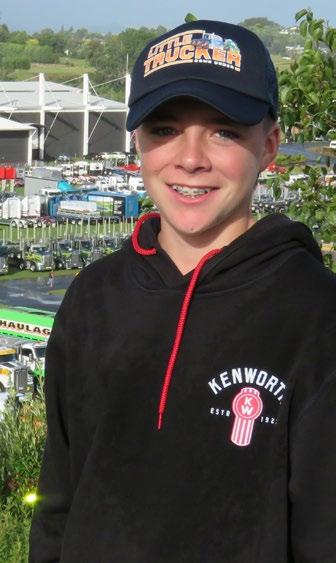
Dustin was given the exciting task of heading out with the New Zealand Trucking team to see how putting together the allimportant cover story is done.
Dad had called saying I was going on a cover story with Dave McCoid and Carl Kirkbeck from New Zealand Trucking magazine. When Dad told me, I was so excited, especially when I heard it was the new Steve Martin truck.
Dad told me it was going to be Easter Monday – we would stay up in Nelson (334km from Christchurch – that’s half the South Island!) and come back on Tuesday.
I got up on Monday morning at 5:30am (before the sun) and got ready. We met Dave and Carl at McDonald’s and I got a McMuffin and a hot chocolate for breakfast.
We then headed to the Steve

Martin yard where the glowing T610 Kenworth was all blinged up with a load of bulk flour in the big tanks.
We got some photos and headed for Nelson. As we got onto State Highway 1, Carl got a video of the very flash T610 as we went up the side of it. What these boys do to get all the good shots for us to enjoy is amazing.
In the car we got and off we went – they don’t like holding the truck up so it all happens really fast. A spot to get some snaps was chosen, where we stopped on the side of the road and got some action photos of it coming off a narrow bridge.
We took some more photos along the way as we approached the big hills at the bottom of the Lewis Pass. Dave hopped in the cab with Steve the driver, and got some inside shots and videos of it on the Jake brakes (that cool sound trucks make when slowing down).
Once we safely got to the yard in Nelson, we jumped out of the car and had more of a talk to Steve to get some information for the story, then went off to the motel. There we downloaded hundreds of photos and many videos, and saw who had the best day on the camera.
Then we went out for tea with
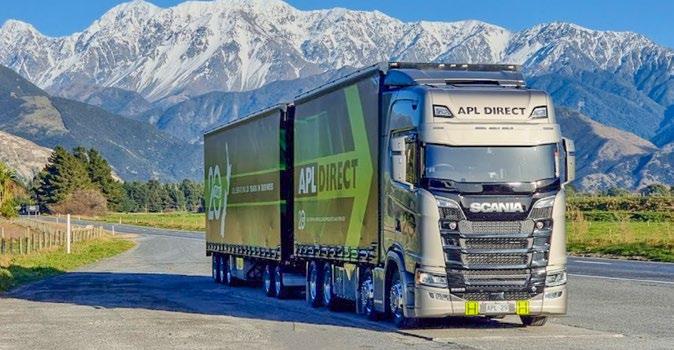

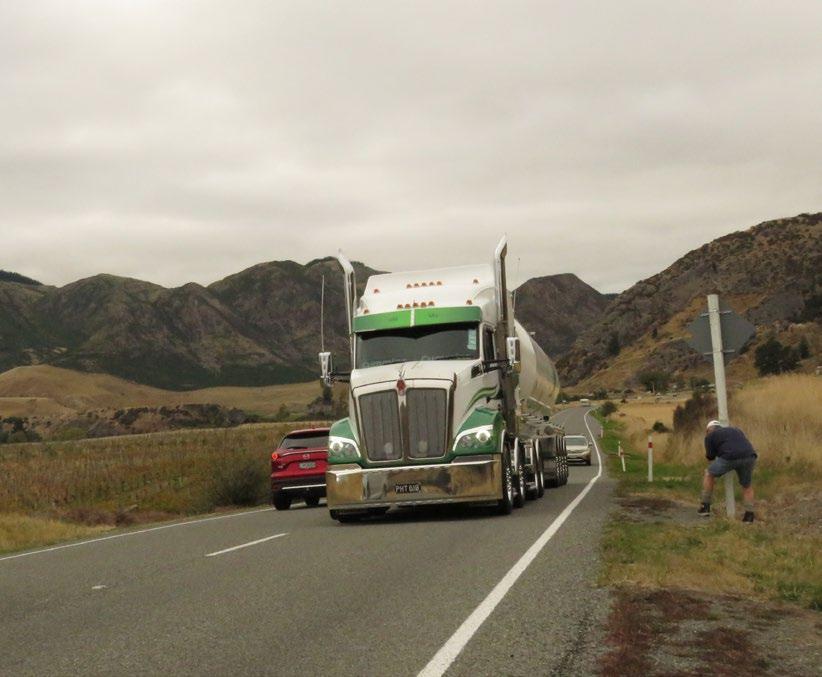

Steve and Craig McCauley (who is the dad of Little Trucker Down Under’s Milly). The next morning we got up and met Steve where he started to unload the 27.5 tonnes (27,500kg) of flour.
I thought it would never happen but I got the invite to join Steve in the cab of the T610 Kenworth and headed south to the famous Wakefield Bakery for
We are lucky to live in such a beautiful country – New Zealand makes a great setting for some stunning truck photos. Dave and Carl work so hard to get all the information they need to bring us New Zealand Trucking every month – what a cool job. We got some more photos before heading back to the yard. We then went back to the motel
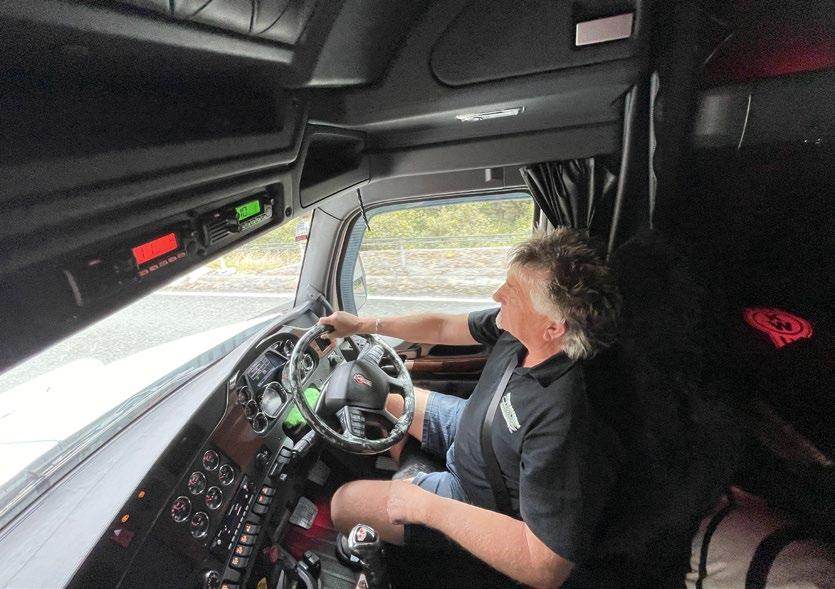




Rochelle shares some jokes and photos, and announces the winner of the colouring contest from last month’s Little Truckers’ Club.
Hi Little Truckers, spring is here! I love seeing all the new lambs bouncing around the paddock, they always make me smile because they look so happy! We have had some really strong winds out here. My old fridge/freezer was out on the deck, and it blew over!! Have you had the wind at your house? Congratulations to 10-year-old Aaron Barnes who found the logo on page 67 of the August issue. Keep an eye on your mailbox – something awesome is heading your way!
Congratulations to eight-year-old Cameron Barnes for winning our Mack colouring-in competition!! Fantastic work, so vibrant and great work staying inside the lines. We love it!
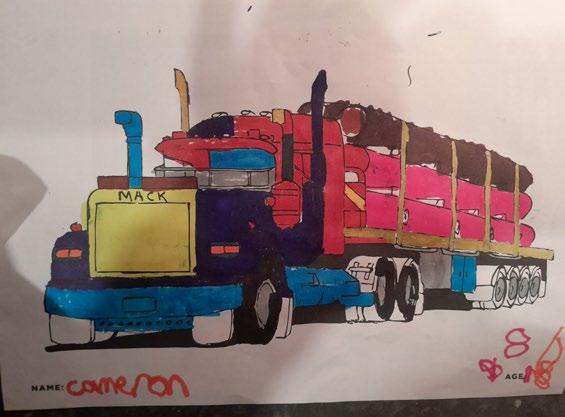
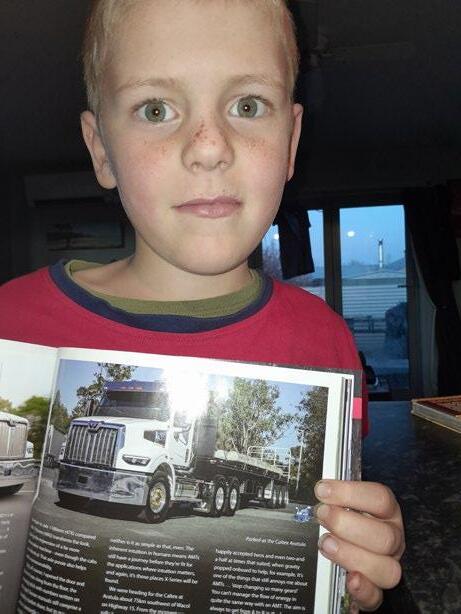

The Little Trucker Down Under character logo is hidden somewhere in this issue. Find it, and you may win a prize. Email shannon@nztrucking.co.nz with your name, age and where you found the logo.



ANSWER BELOW JOKE OF THE MONTH
WHAT DO YOU GET WHEN YOU CROSS A TRUCK WITH A KANGAROO?
































